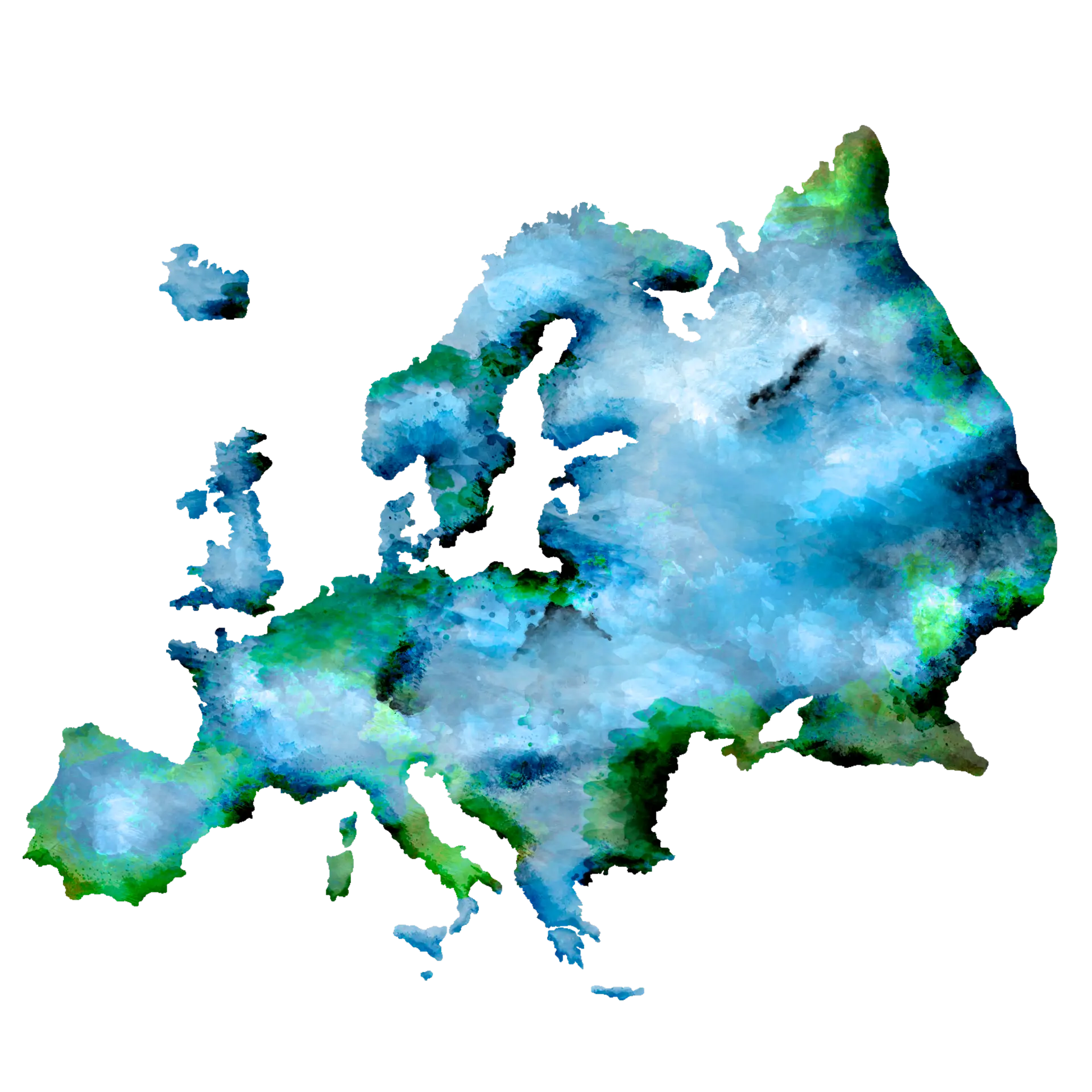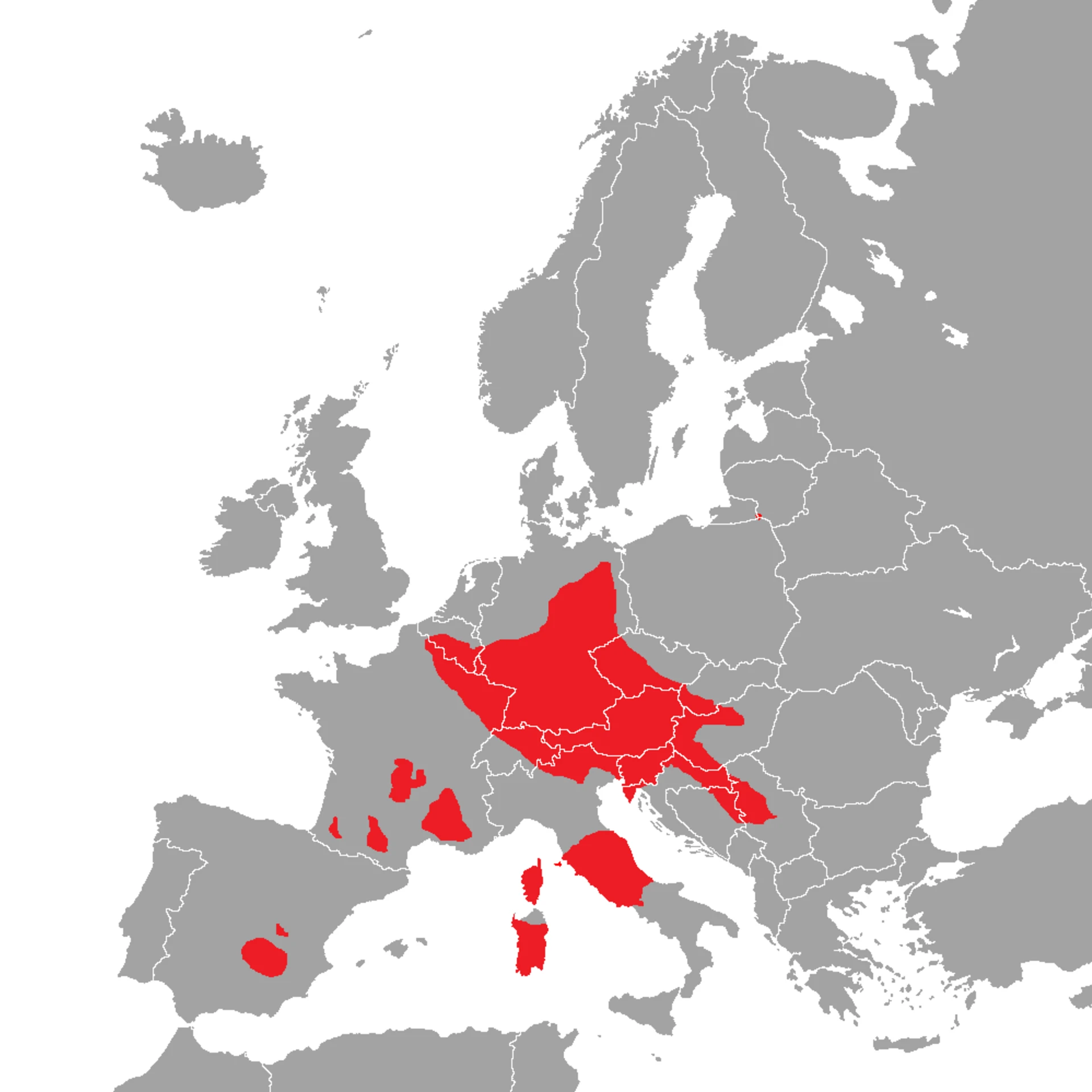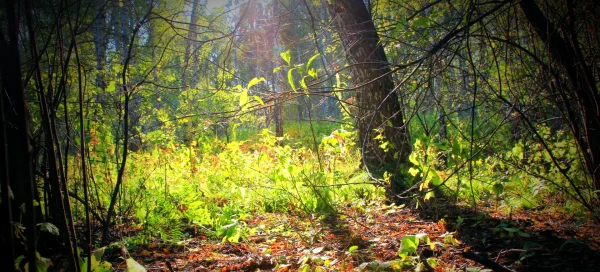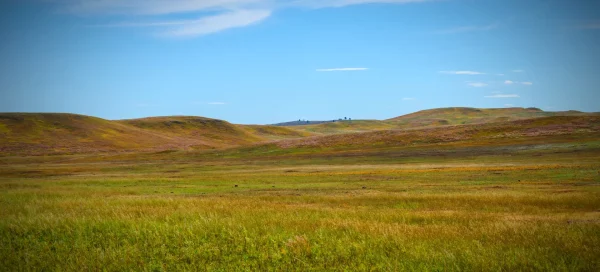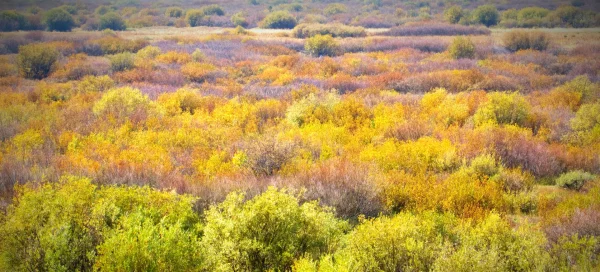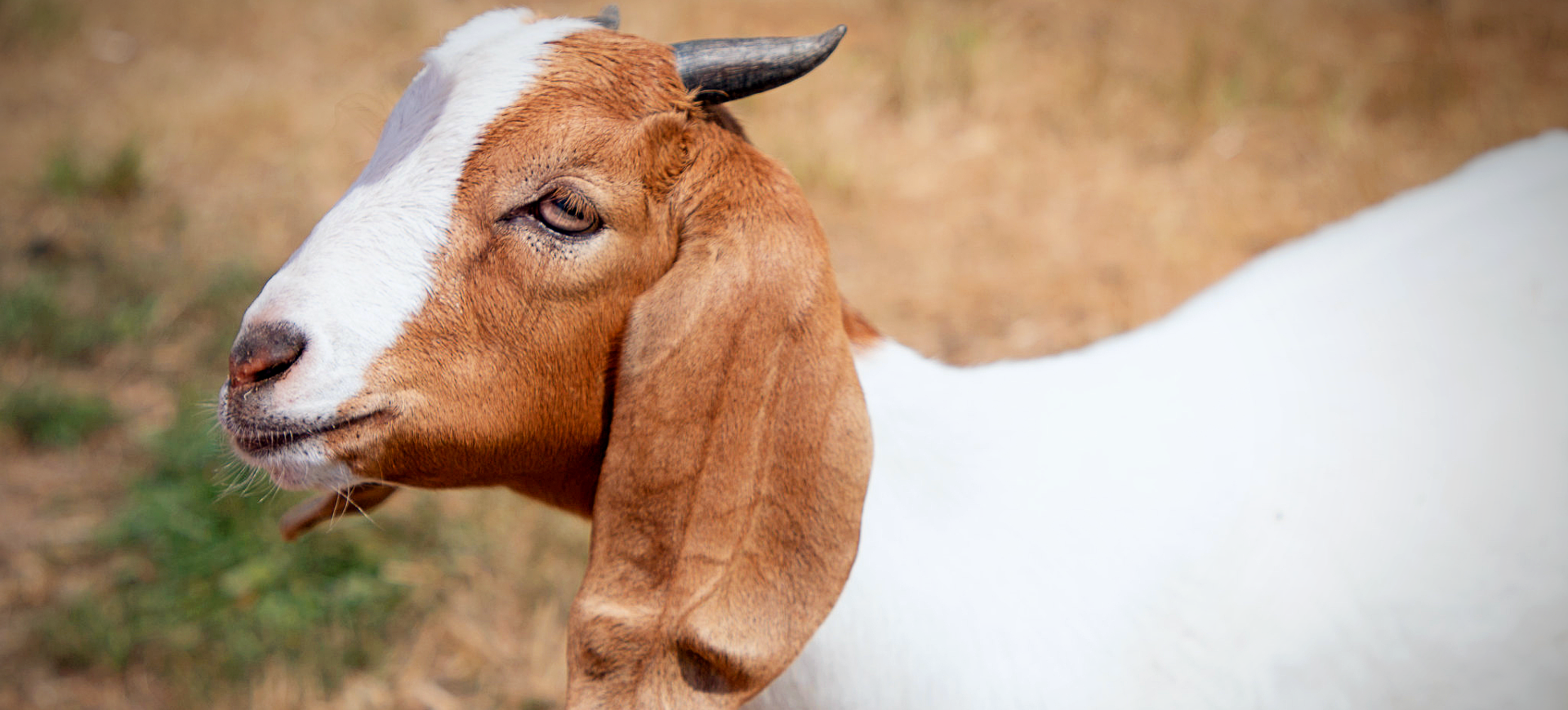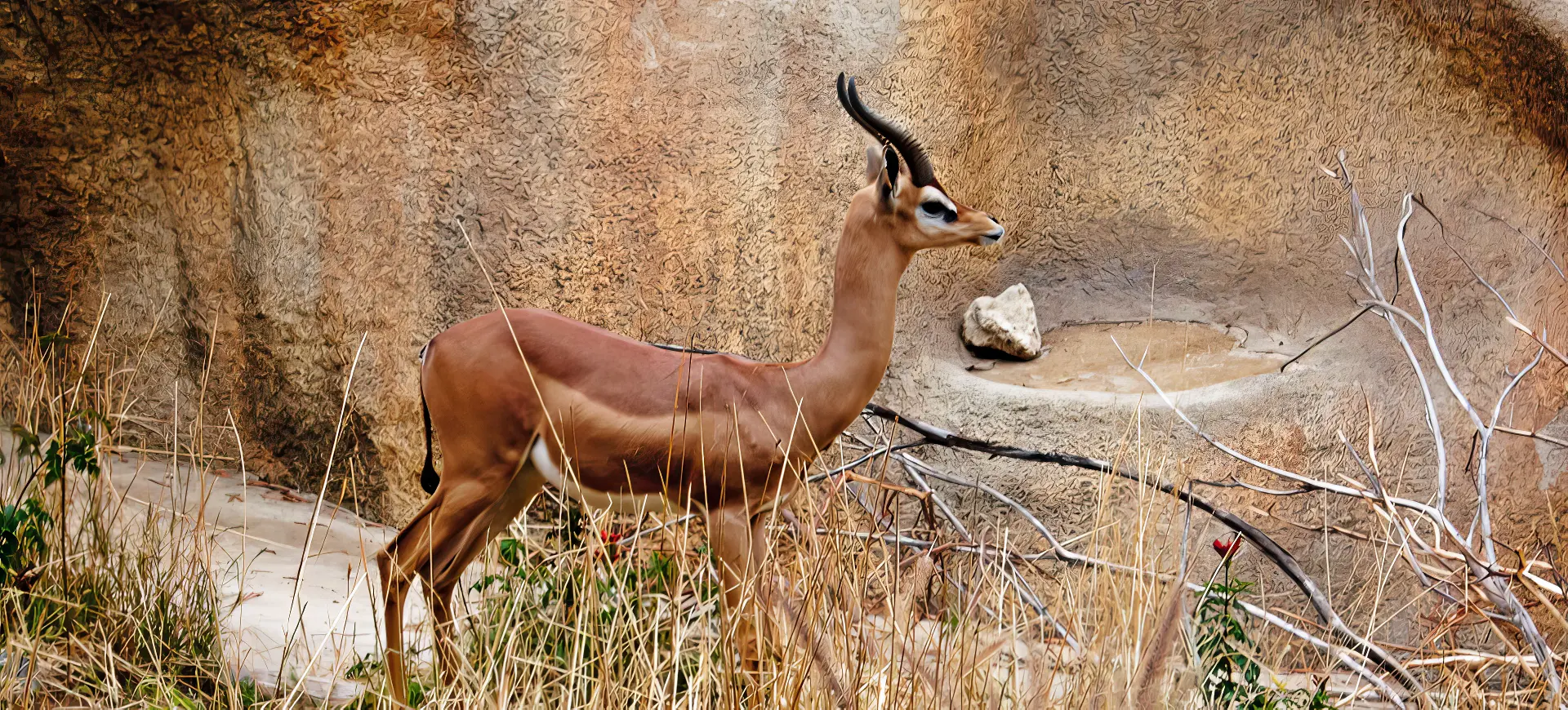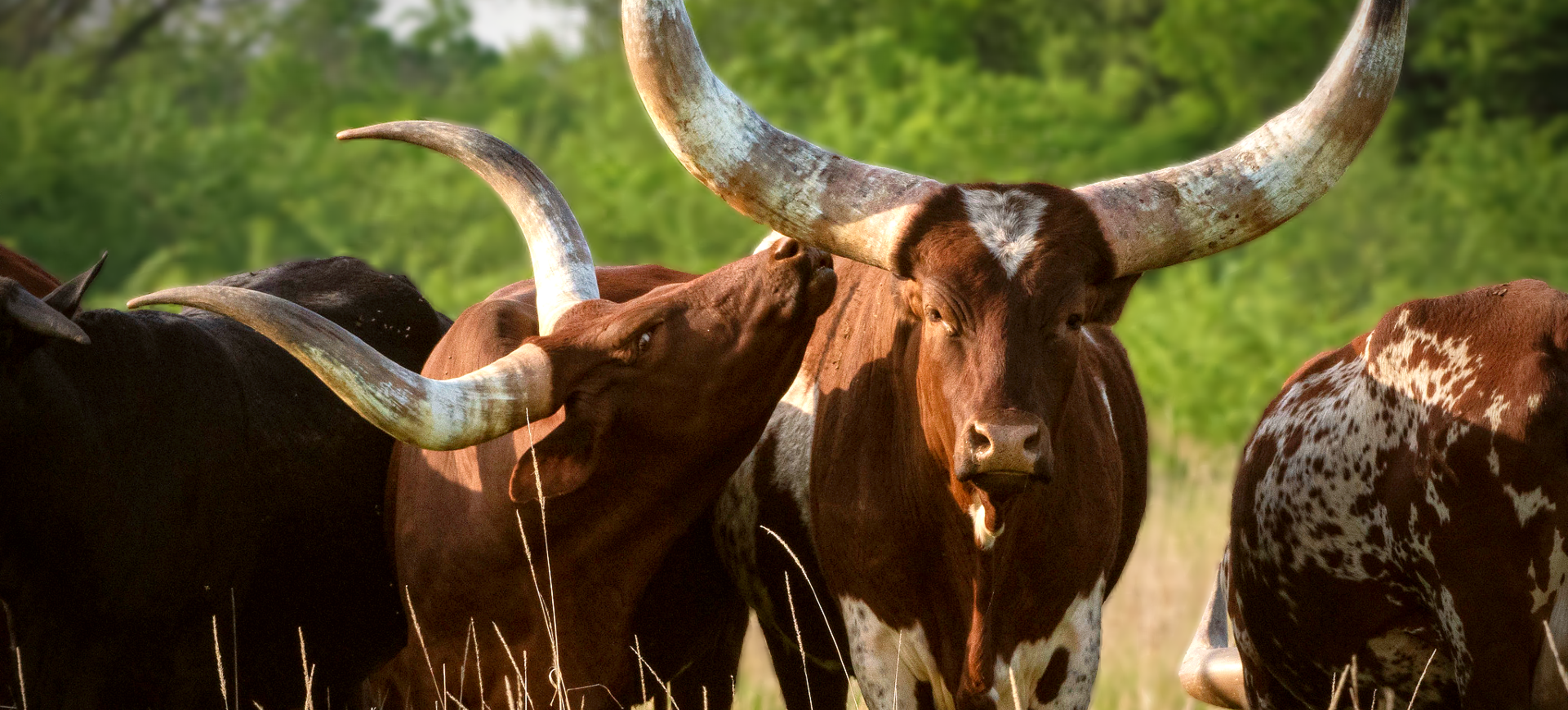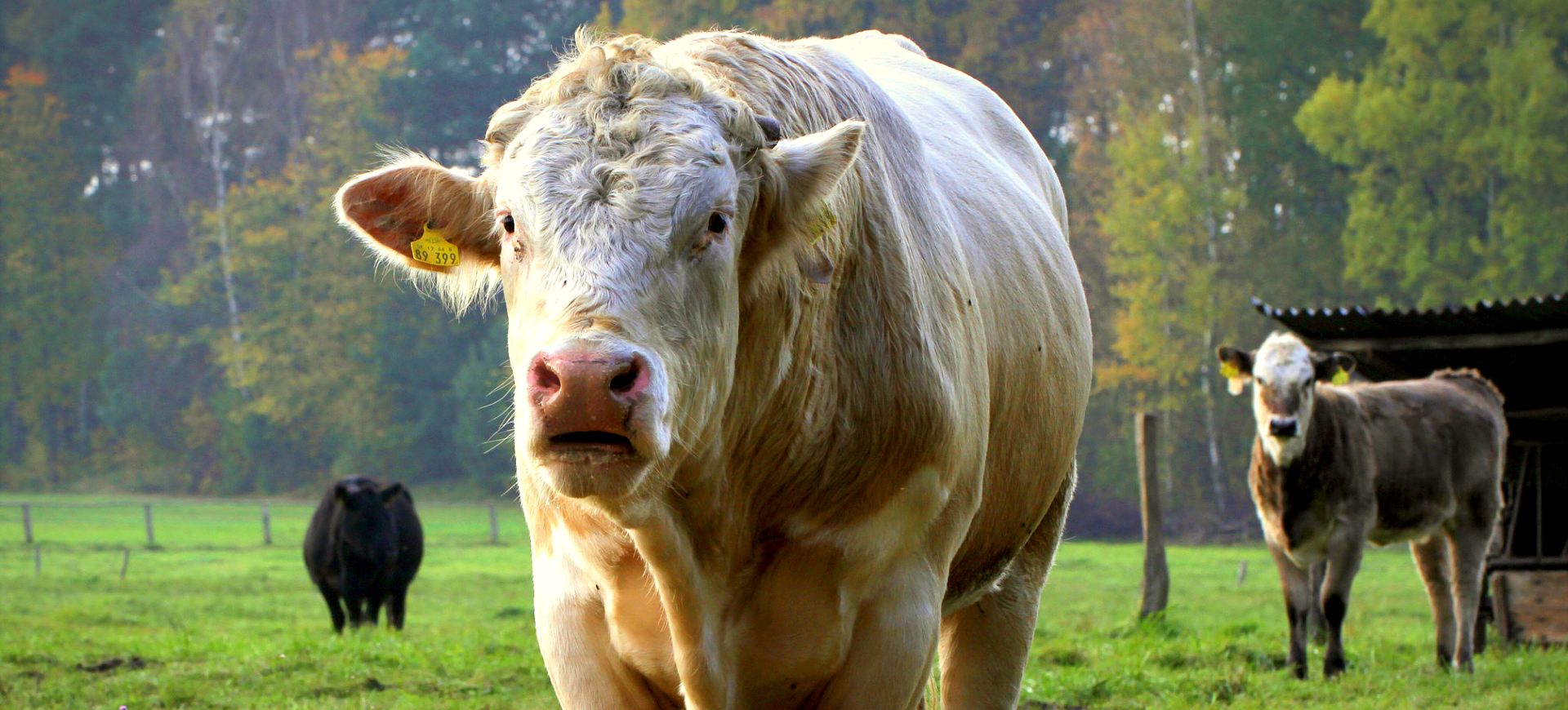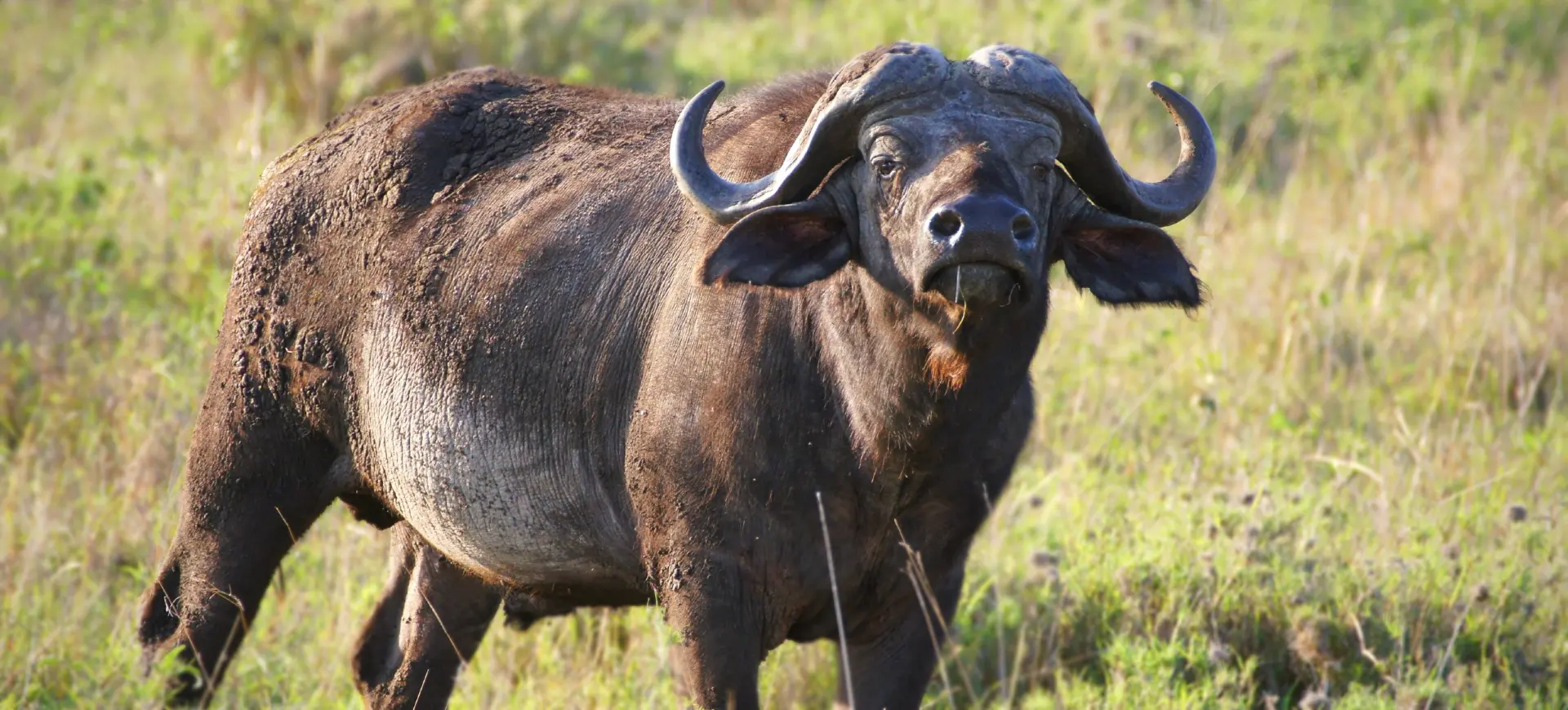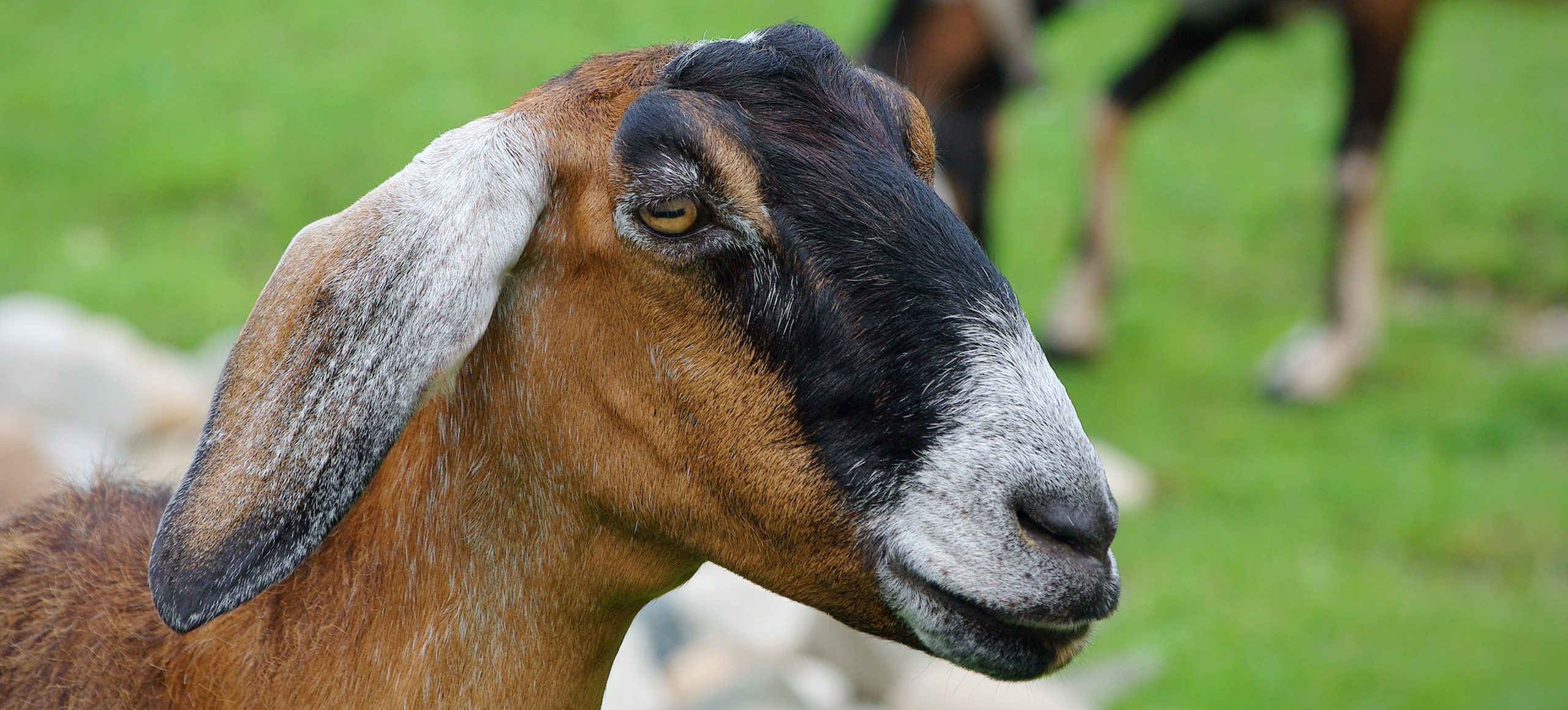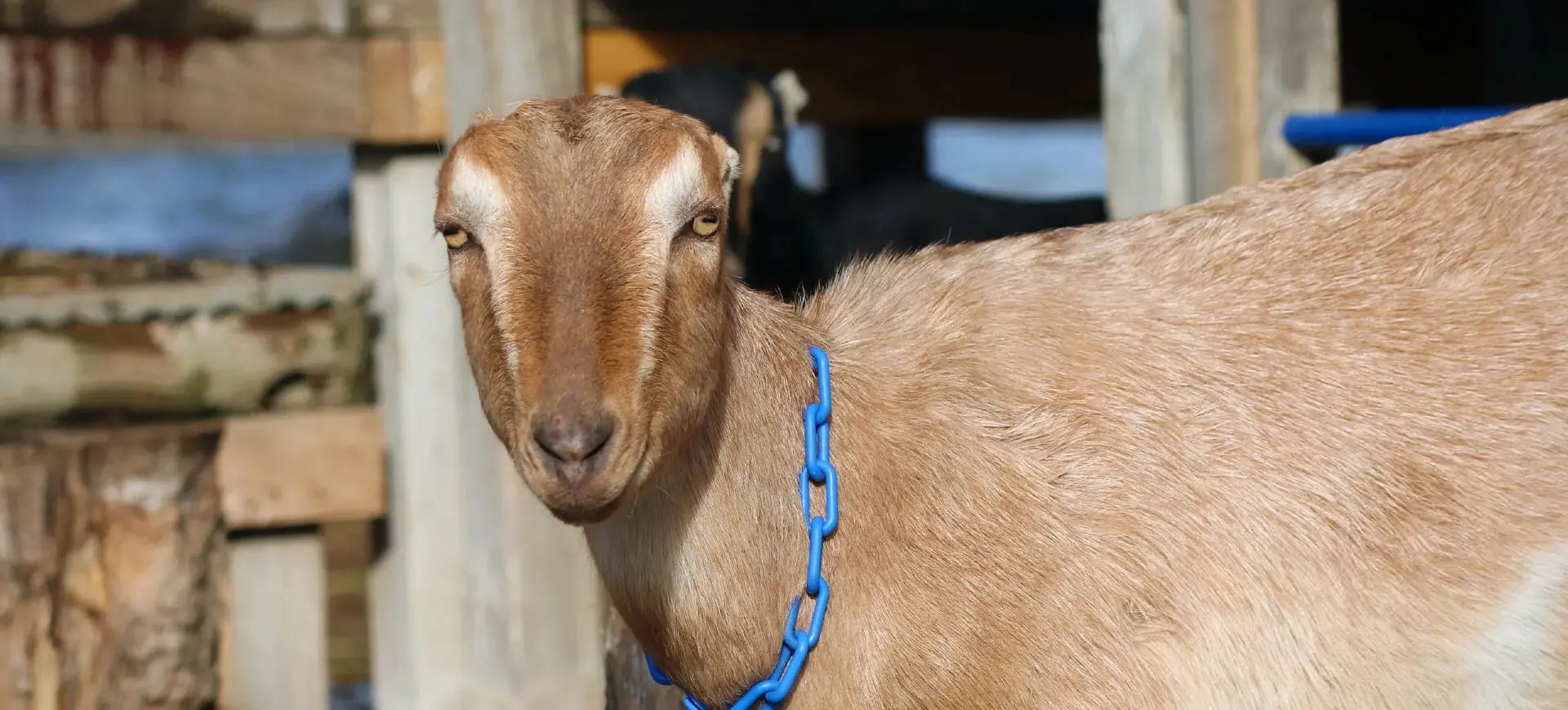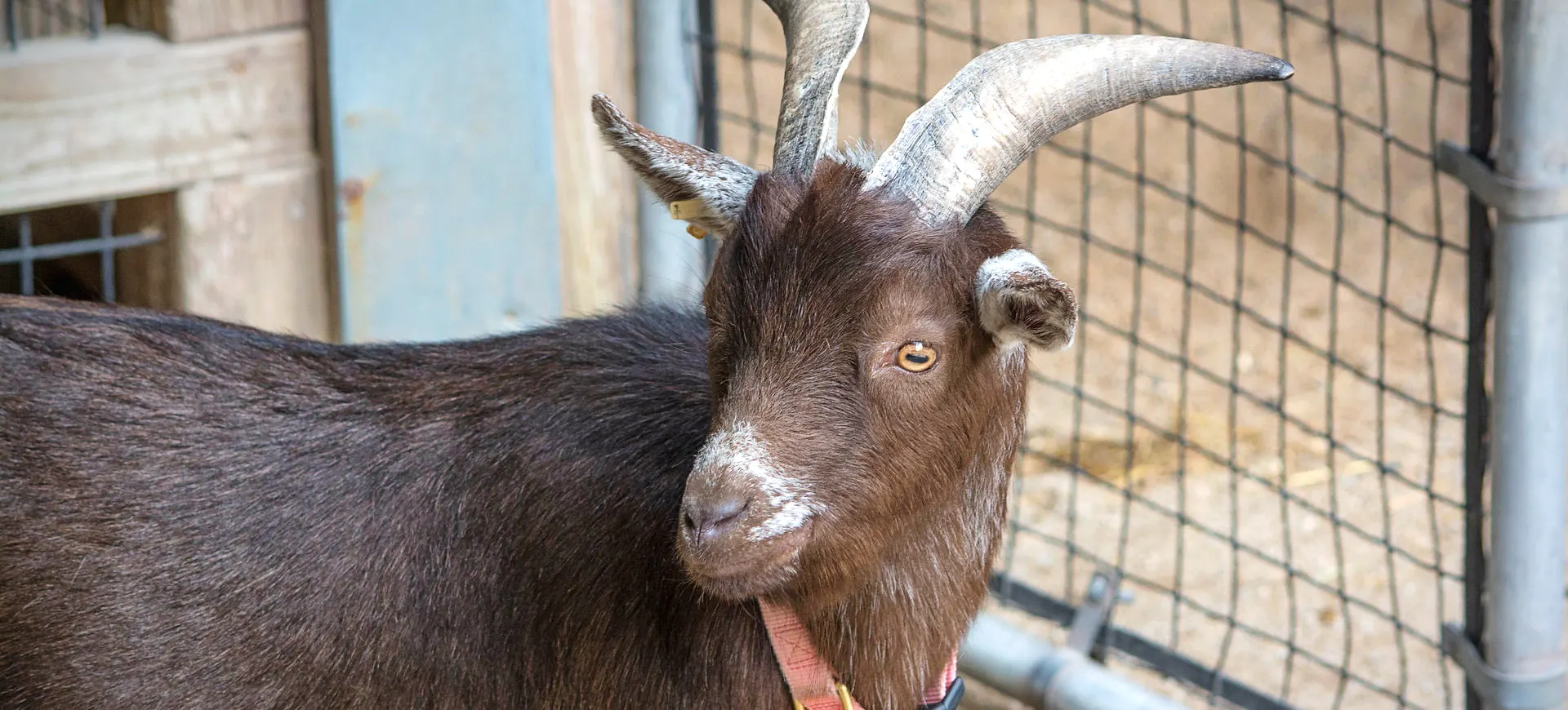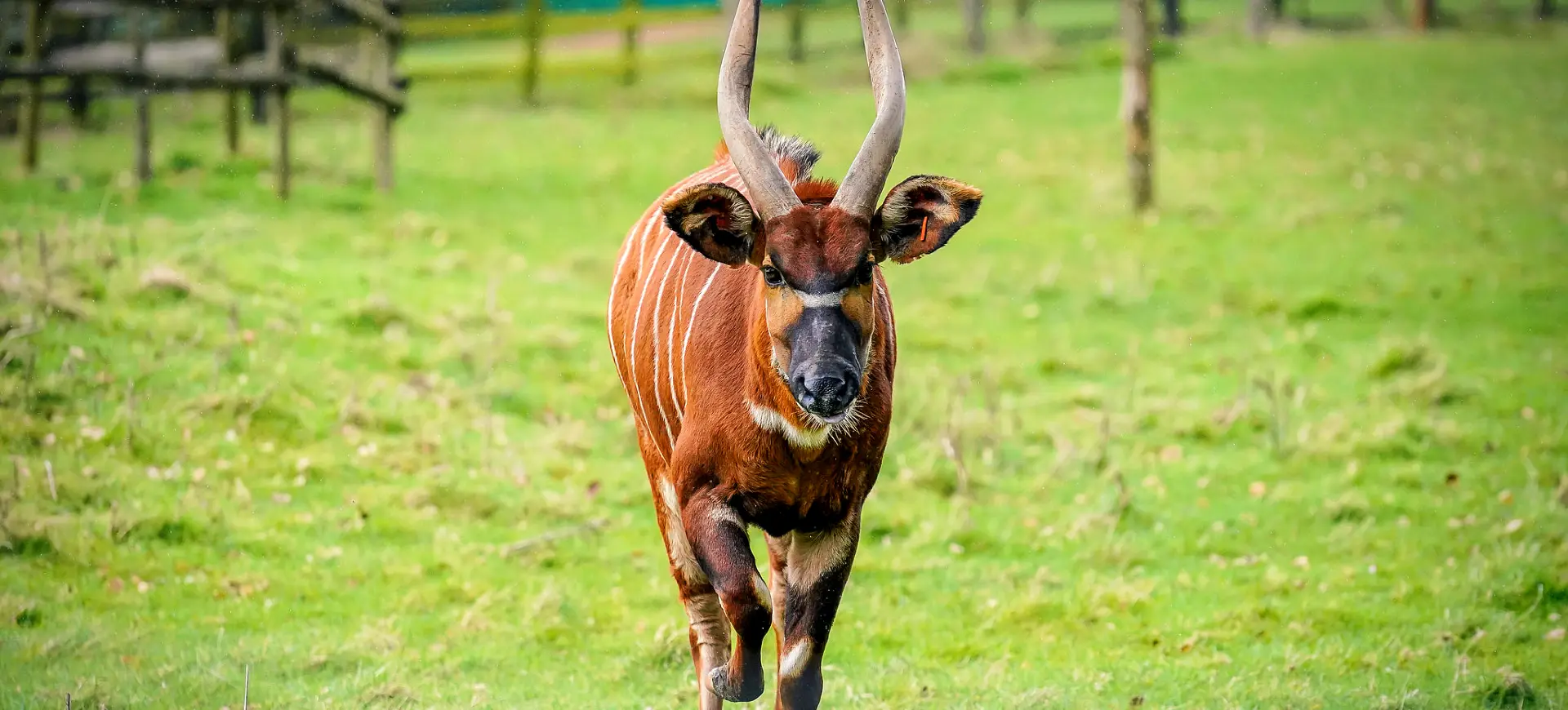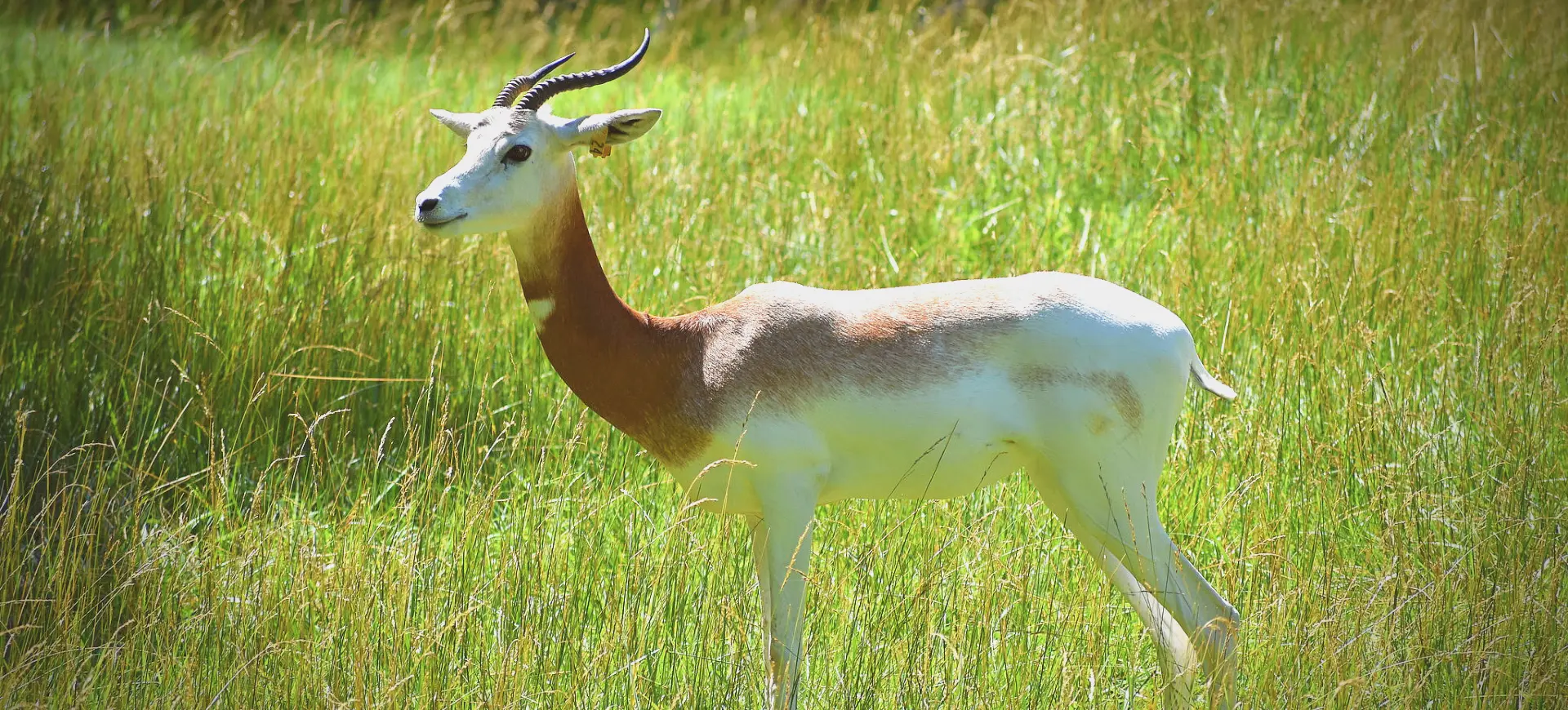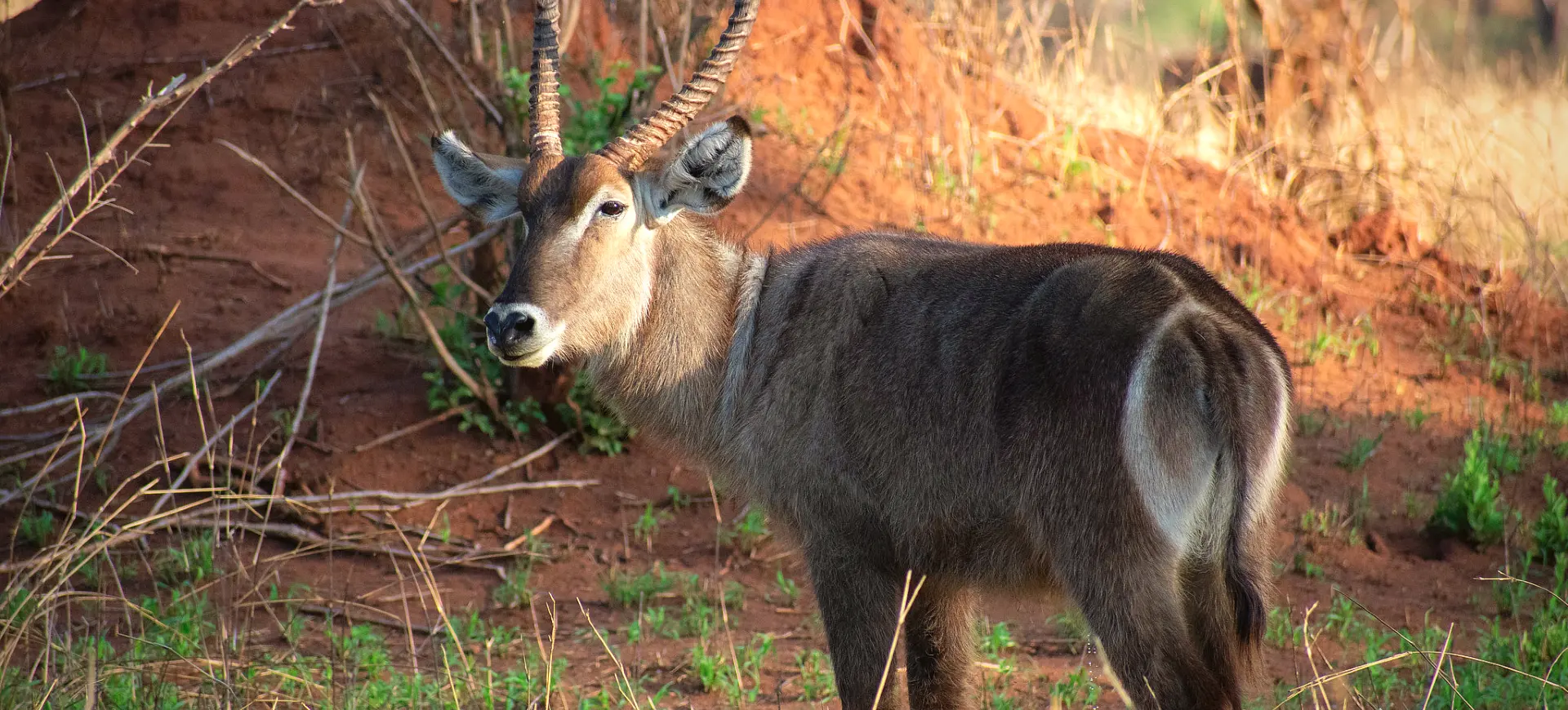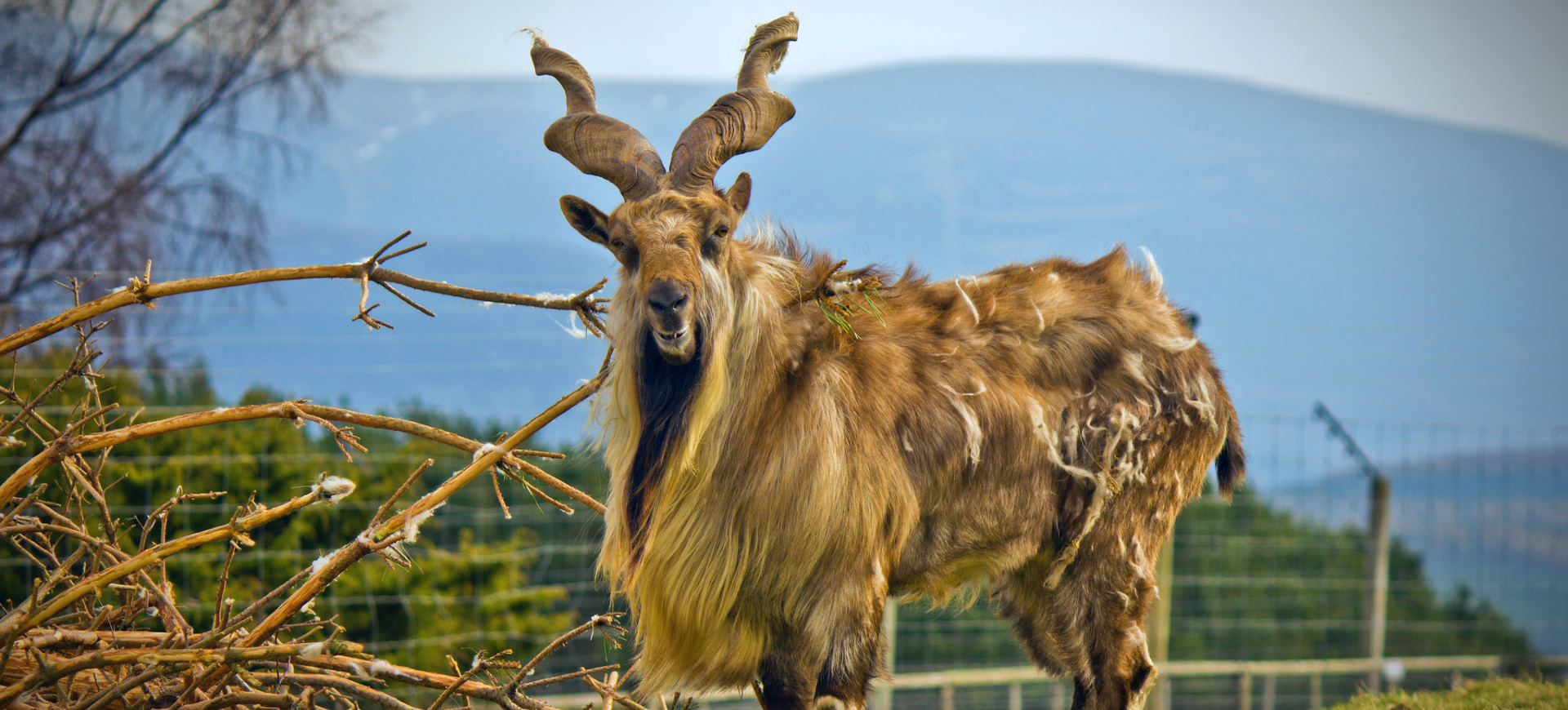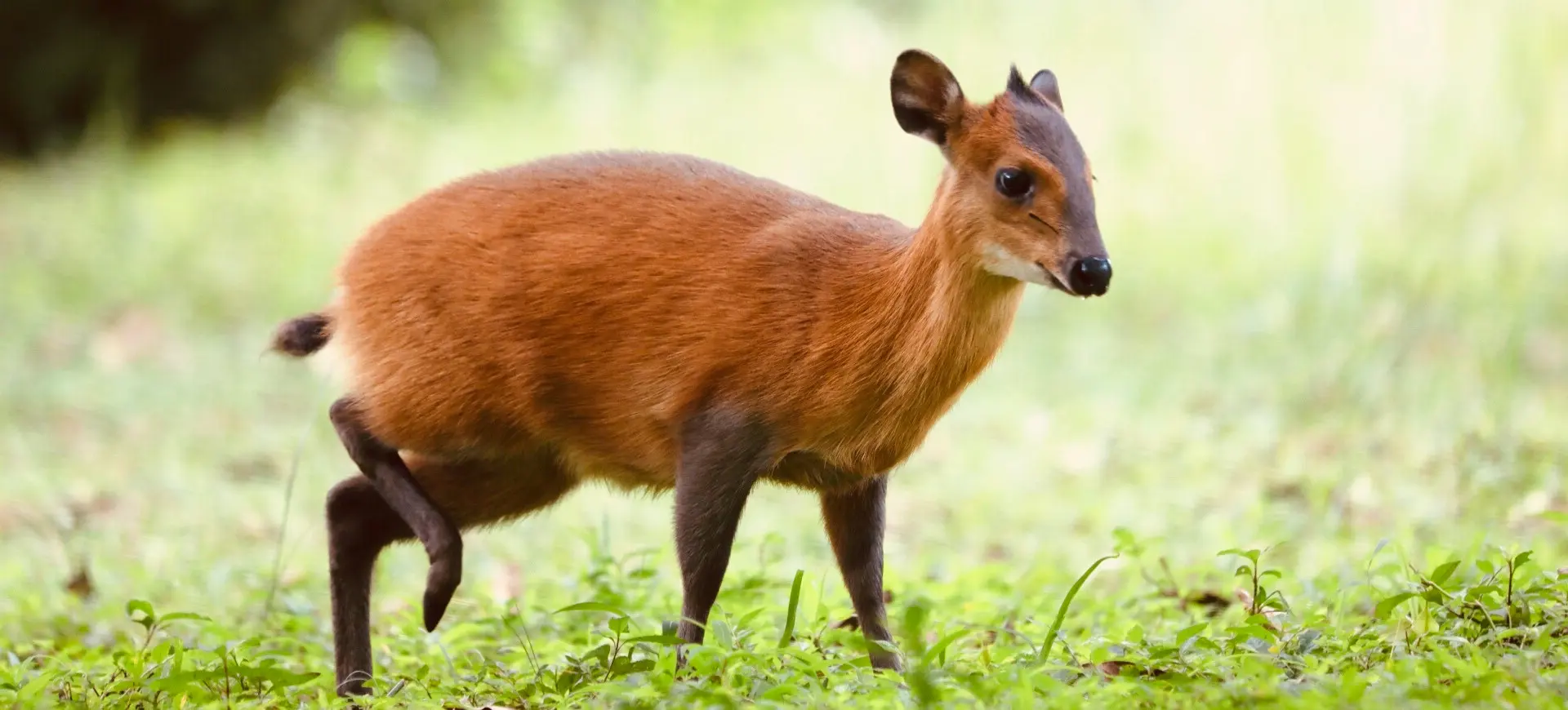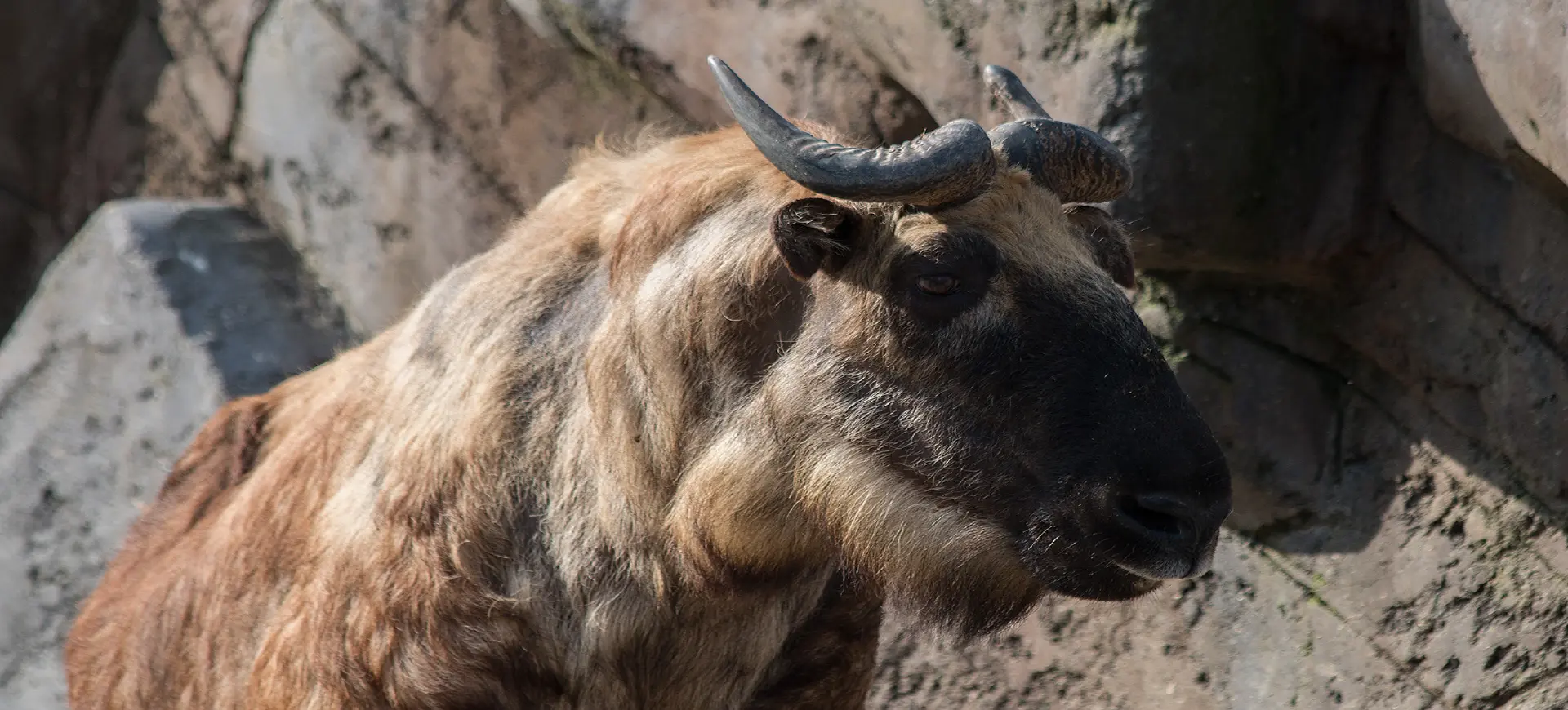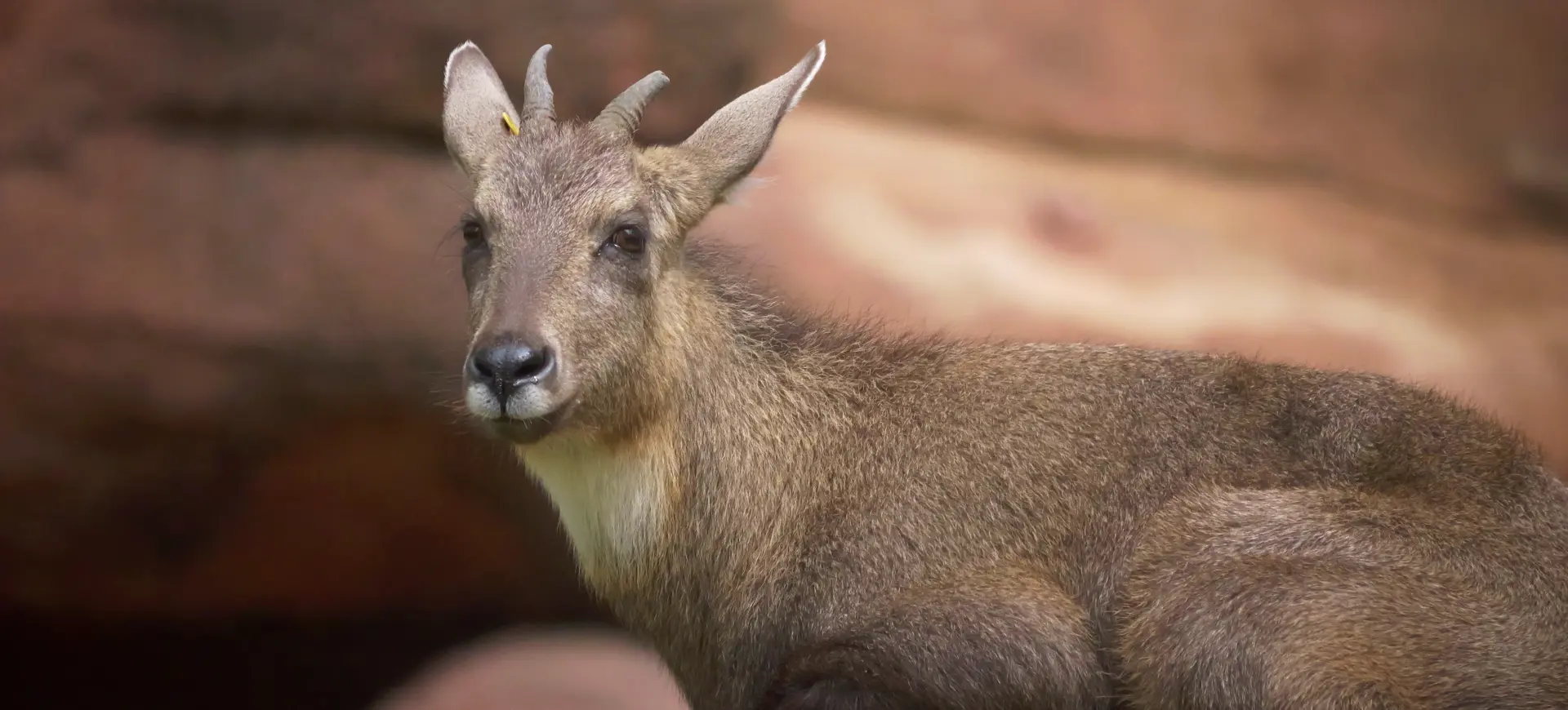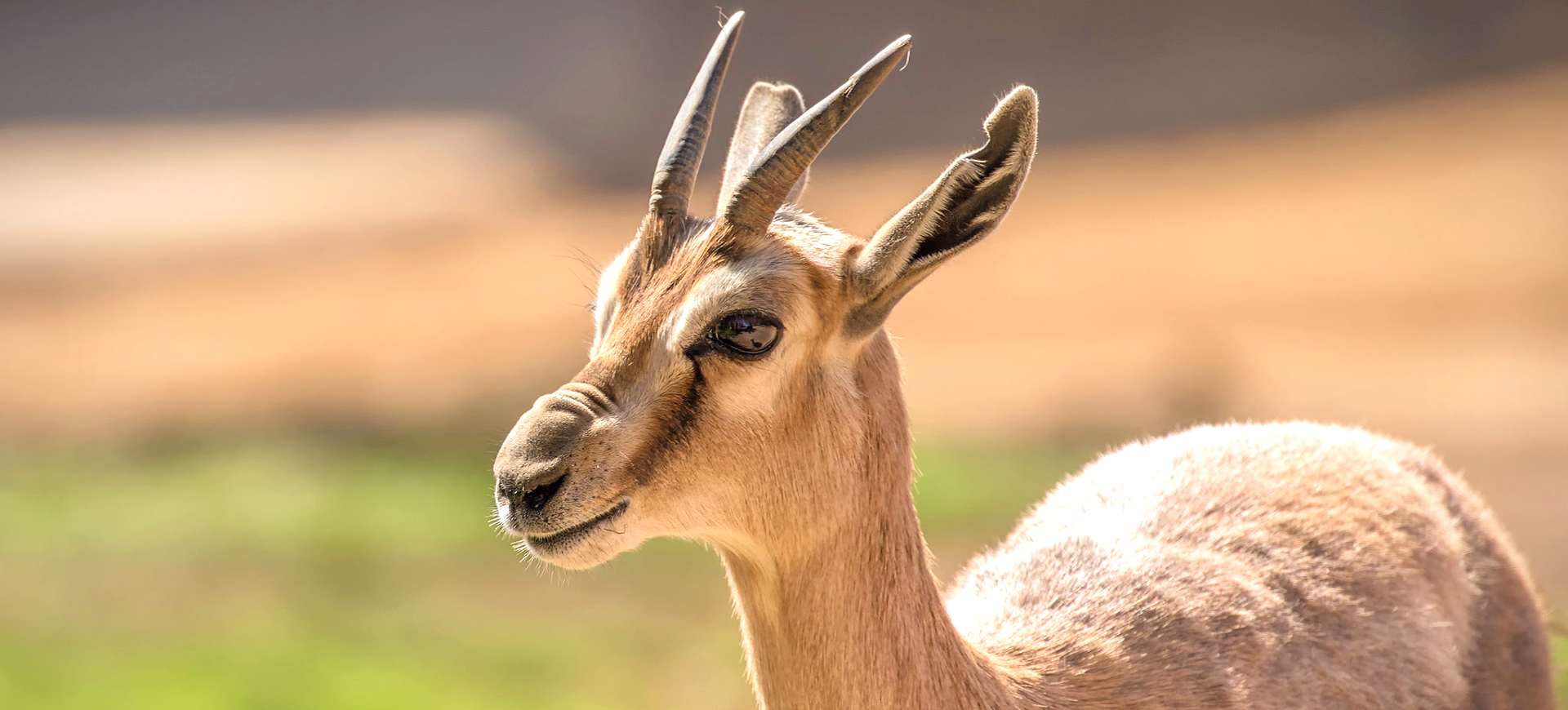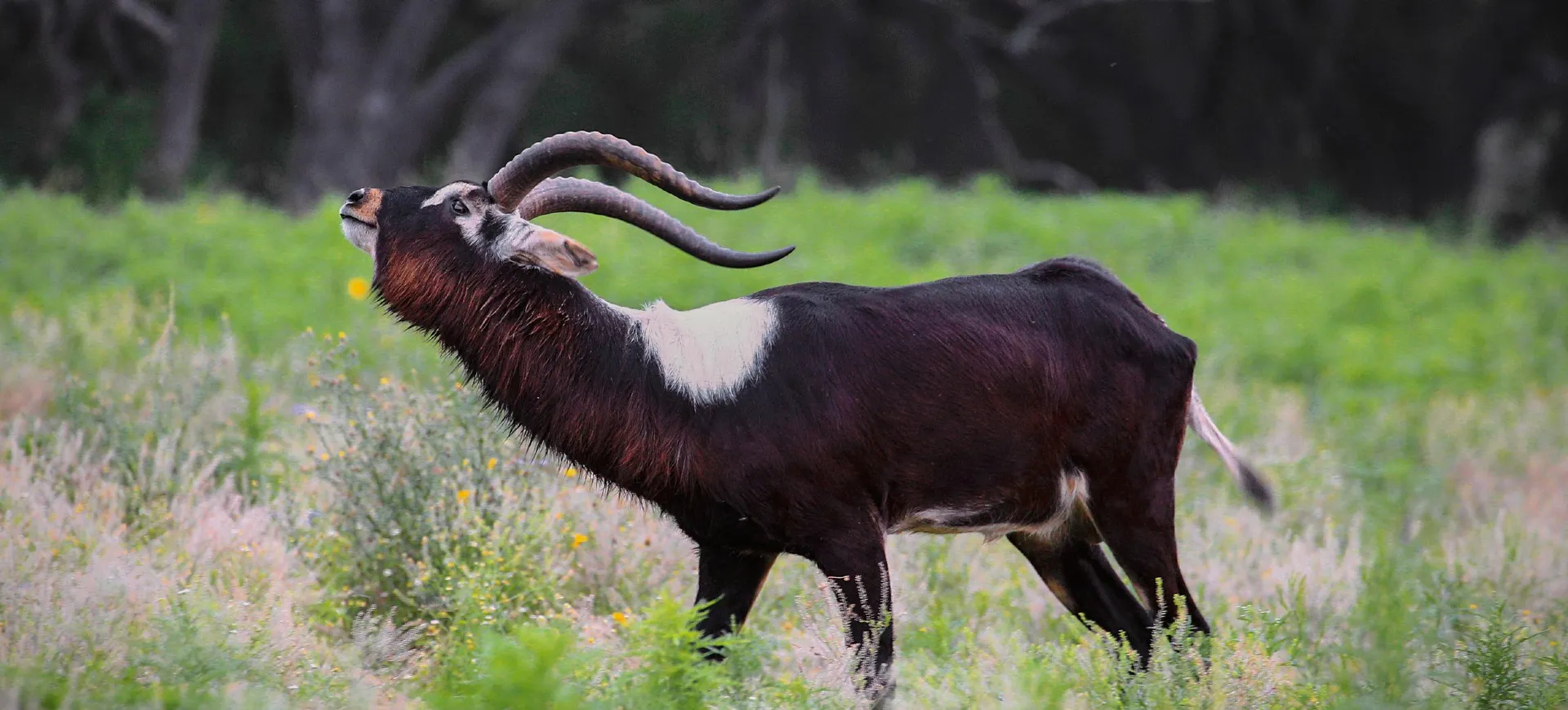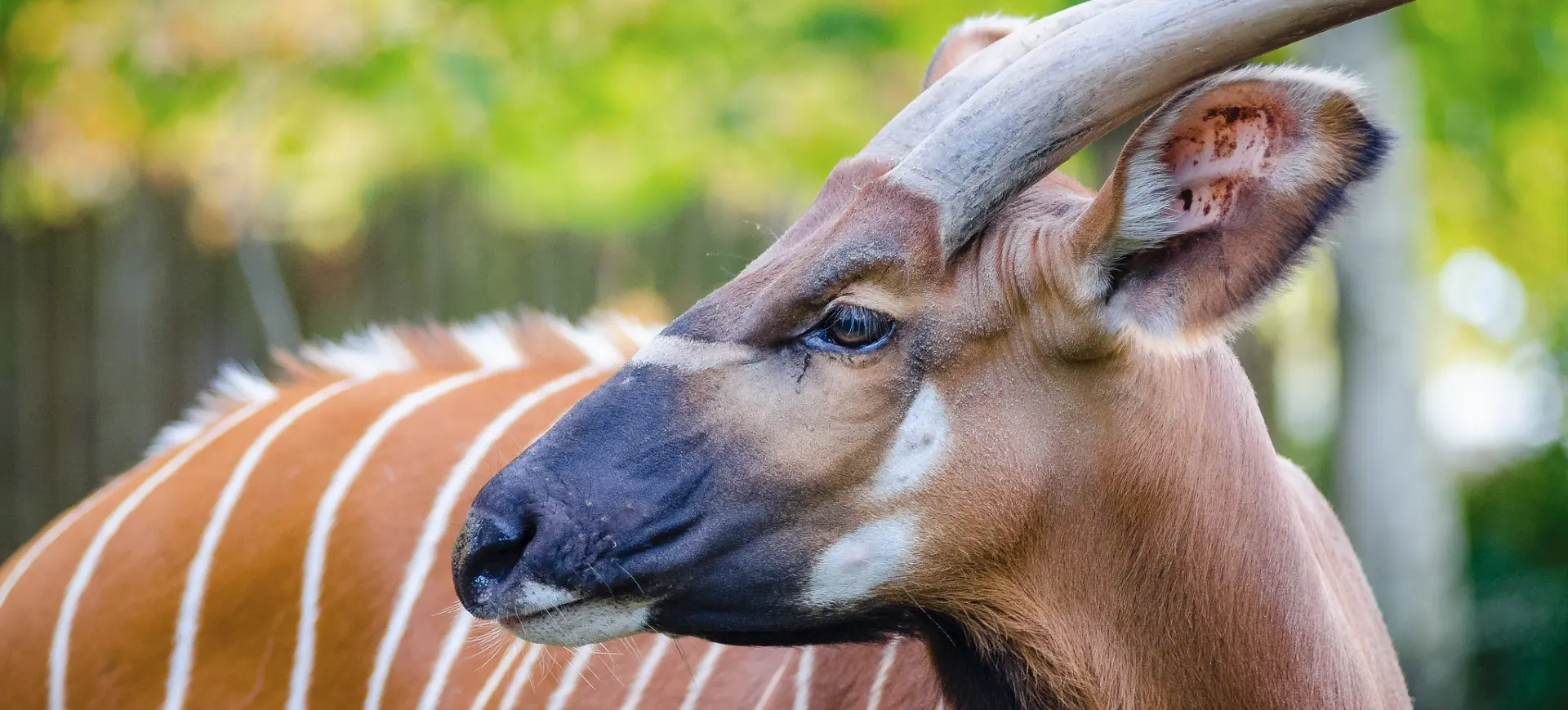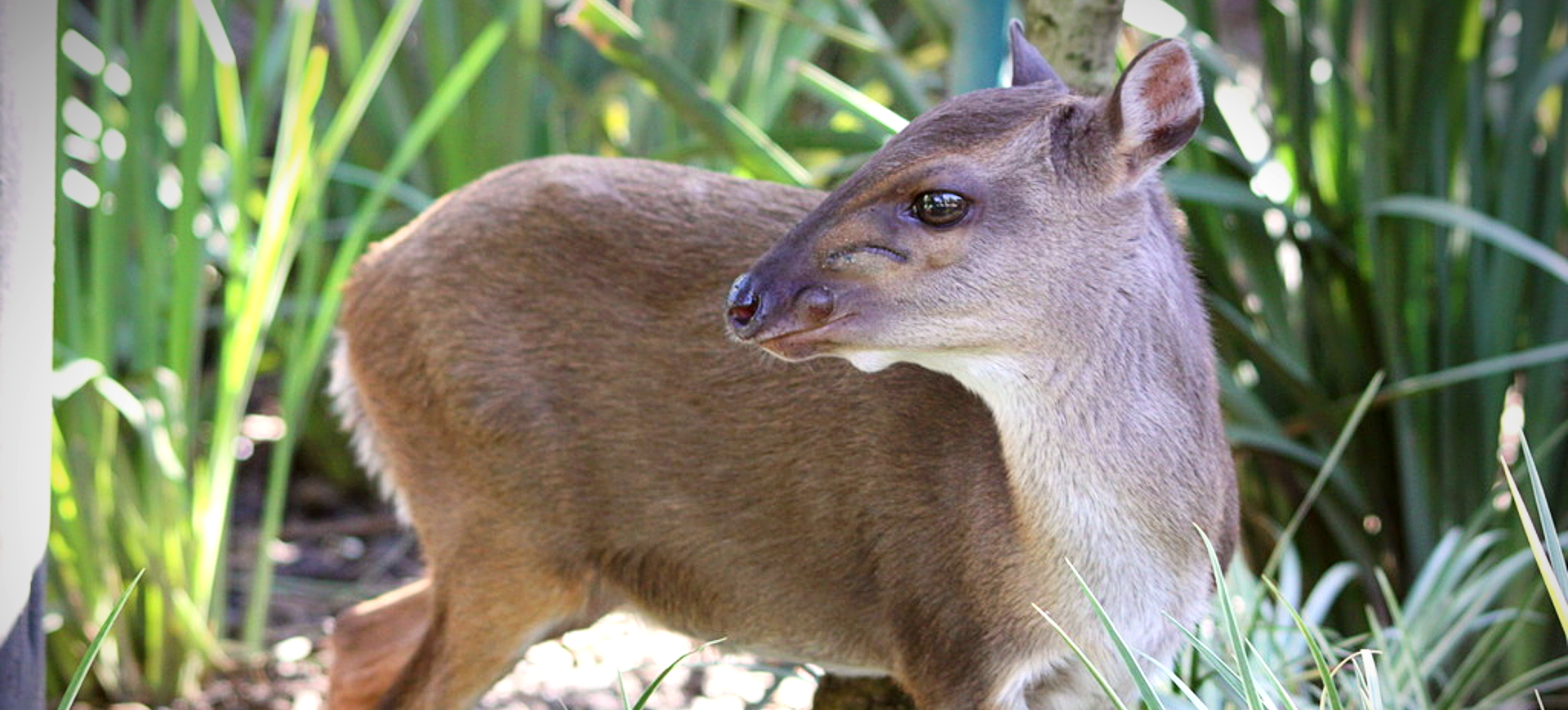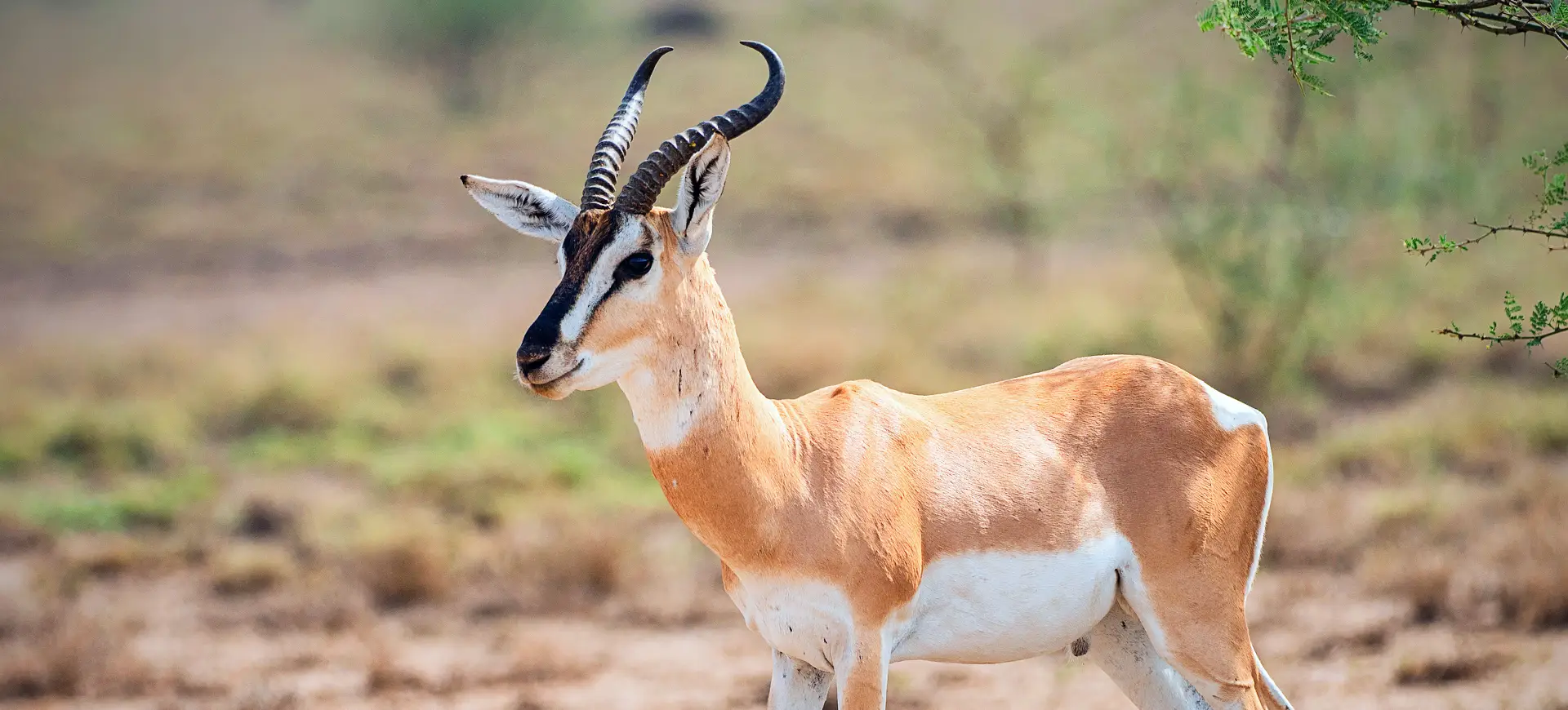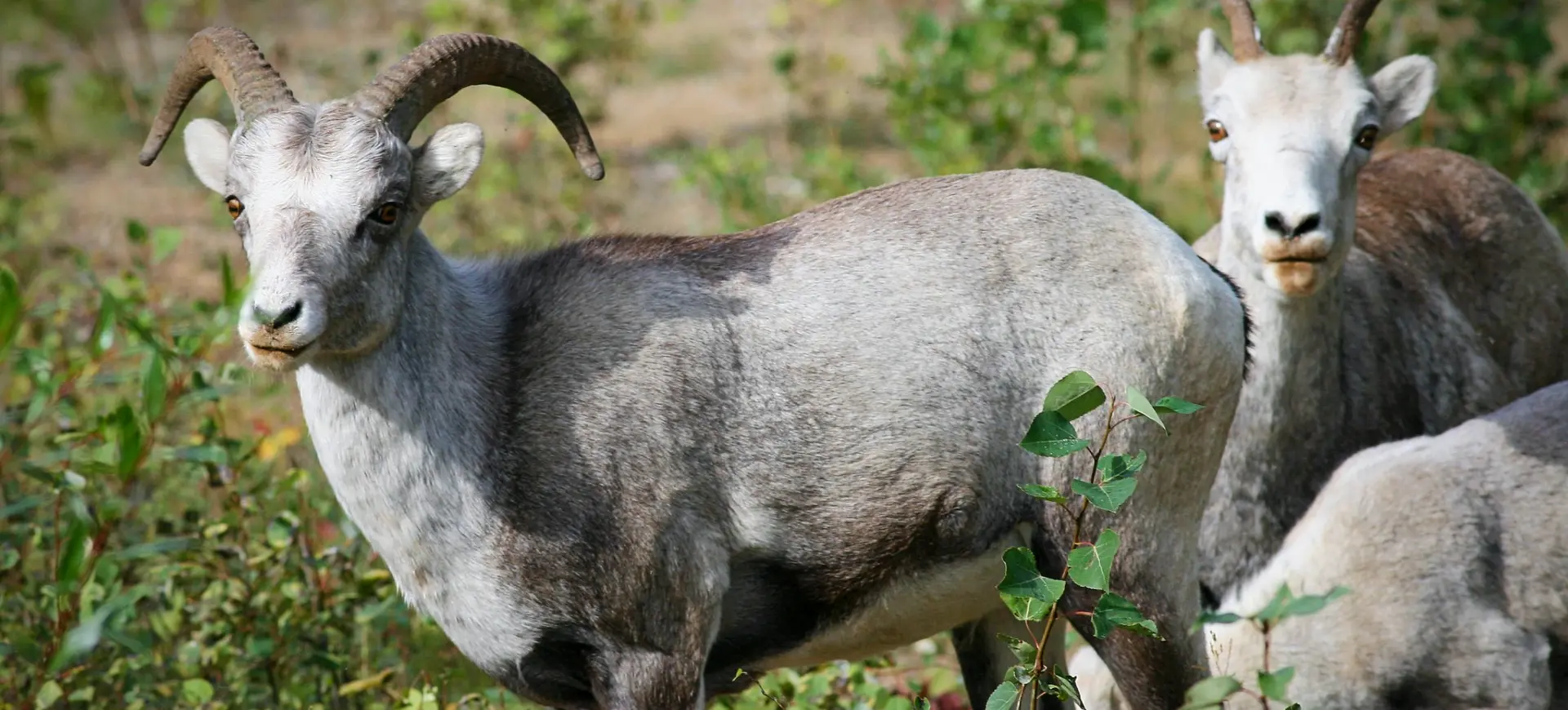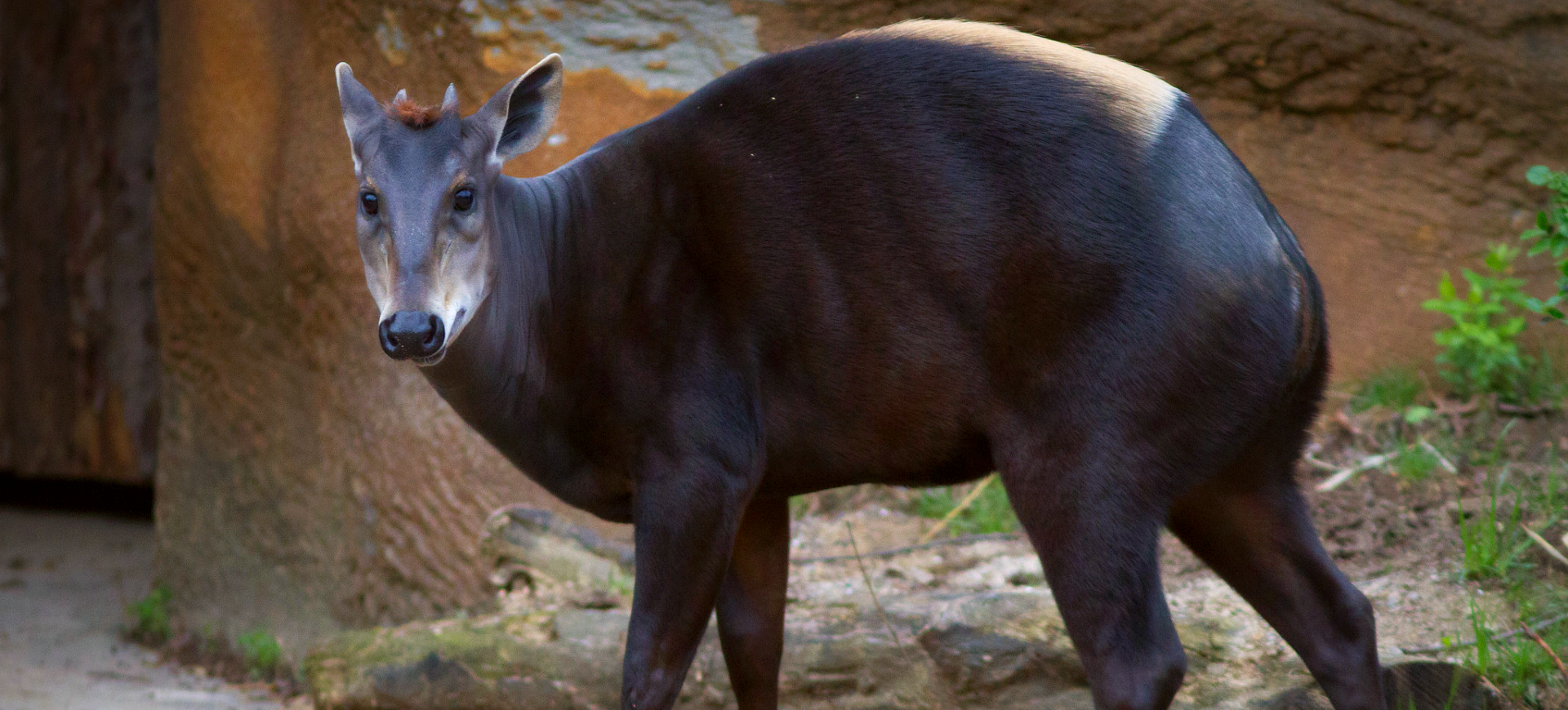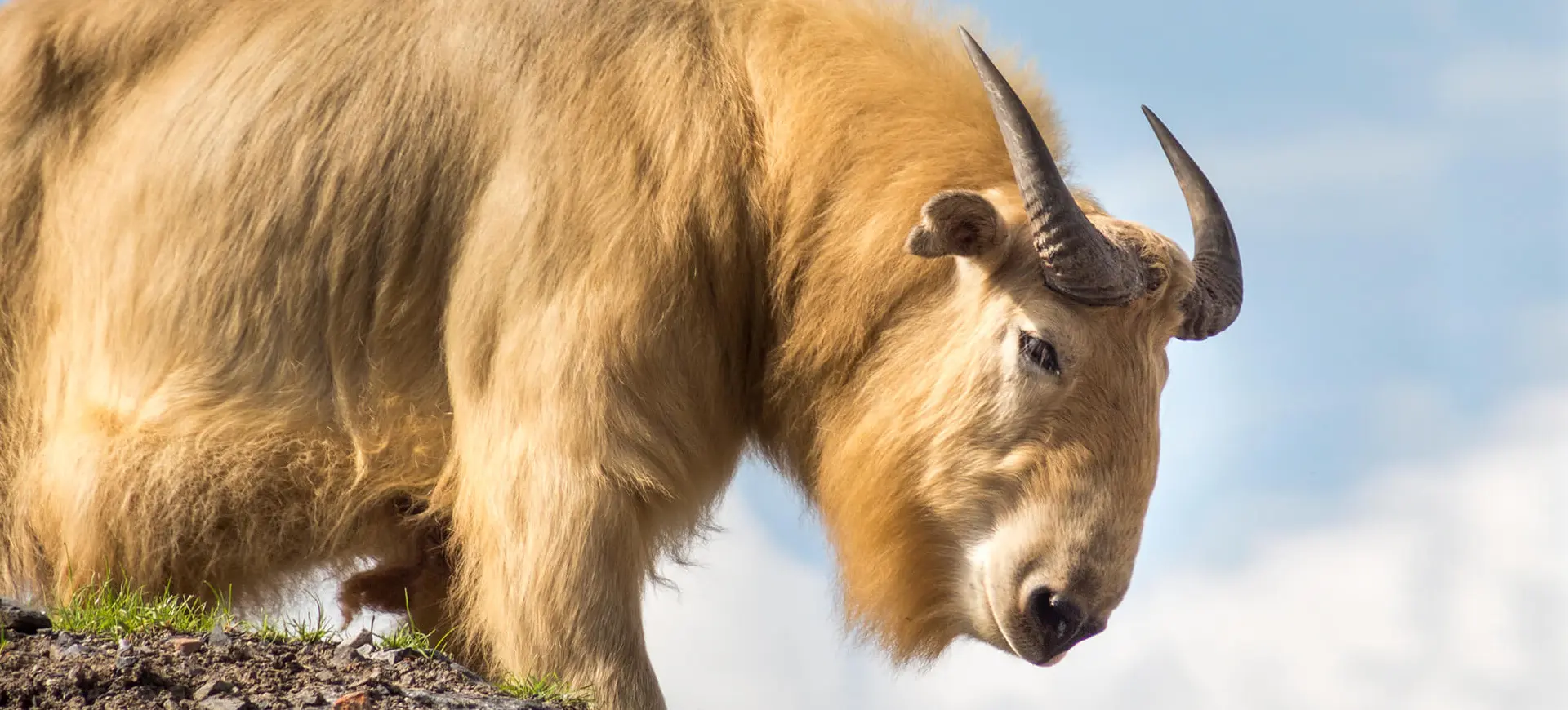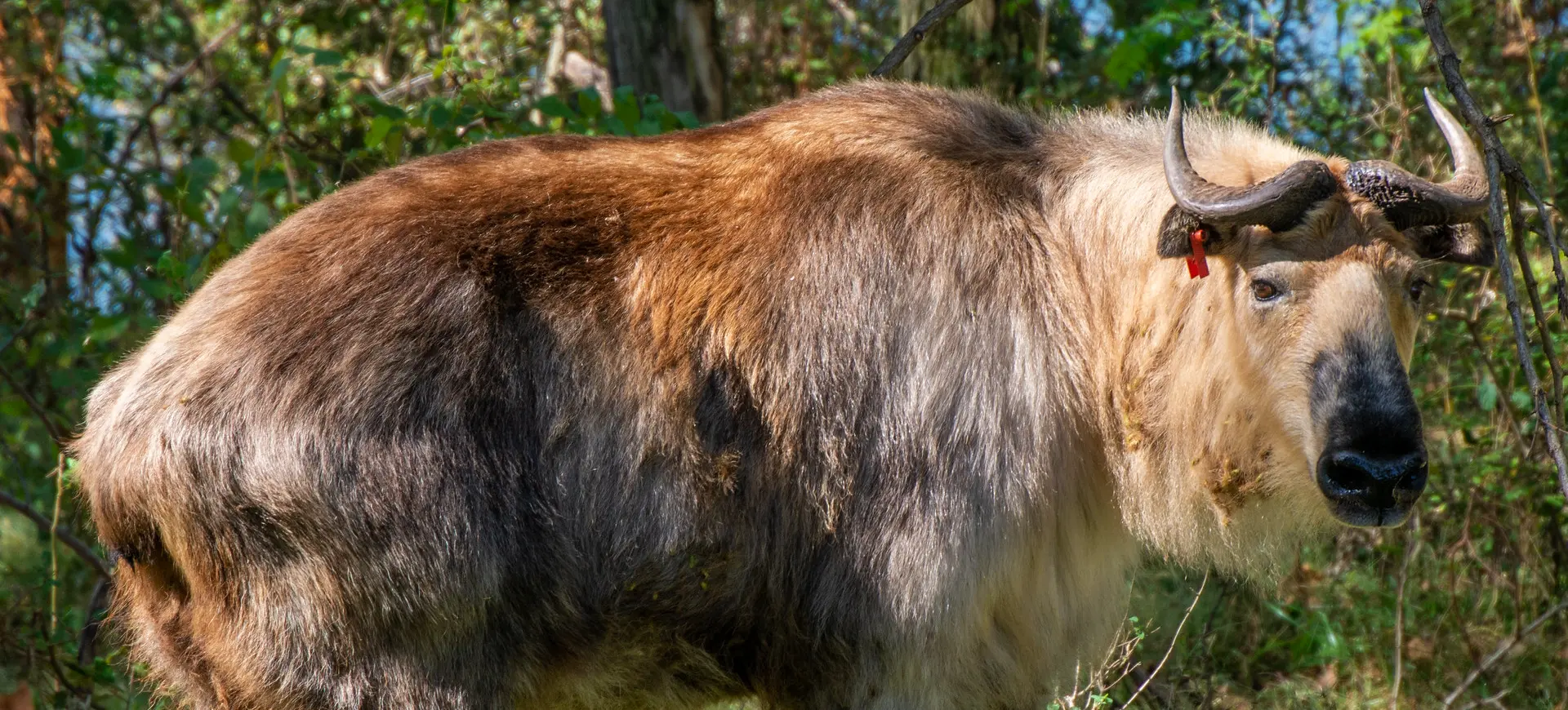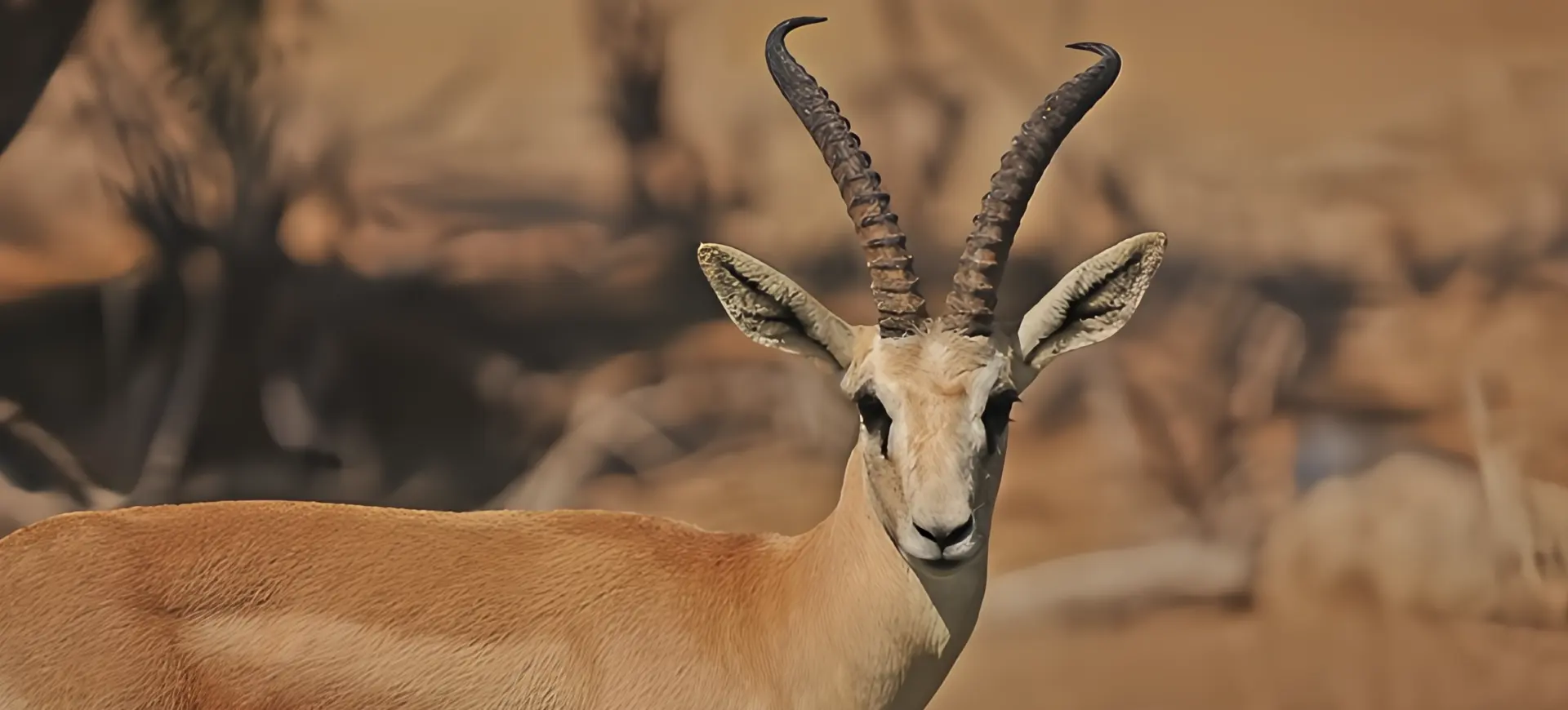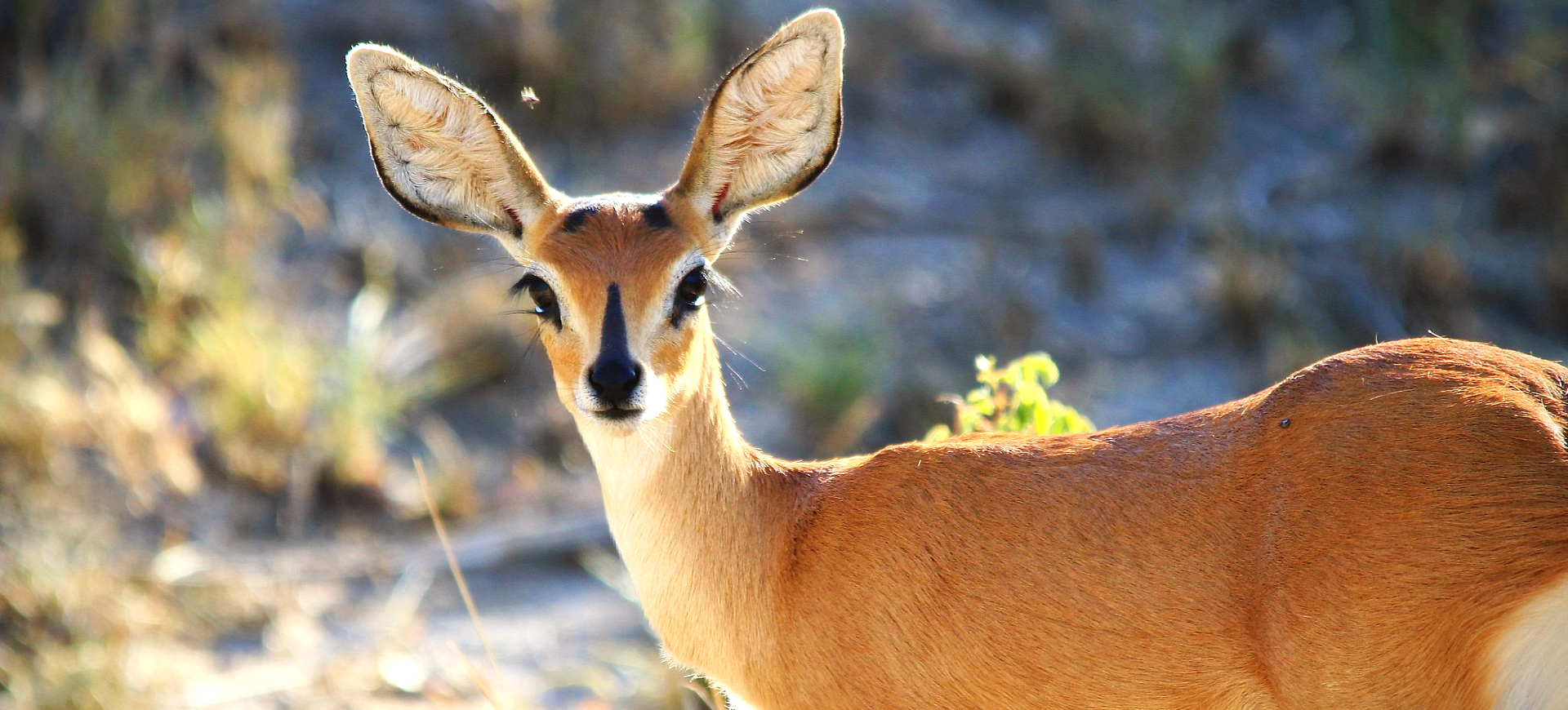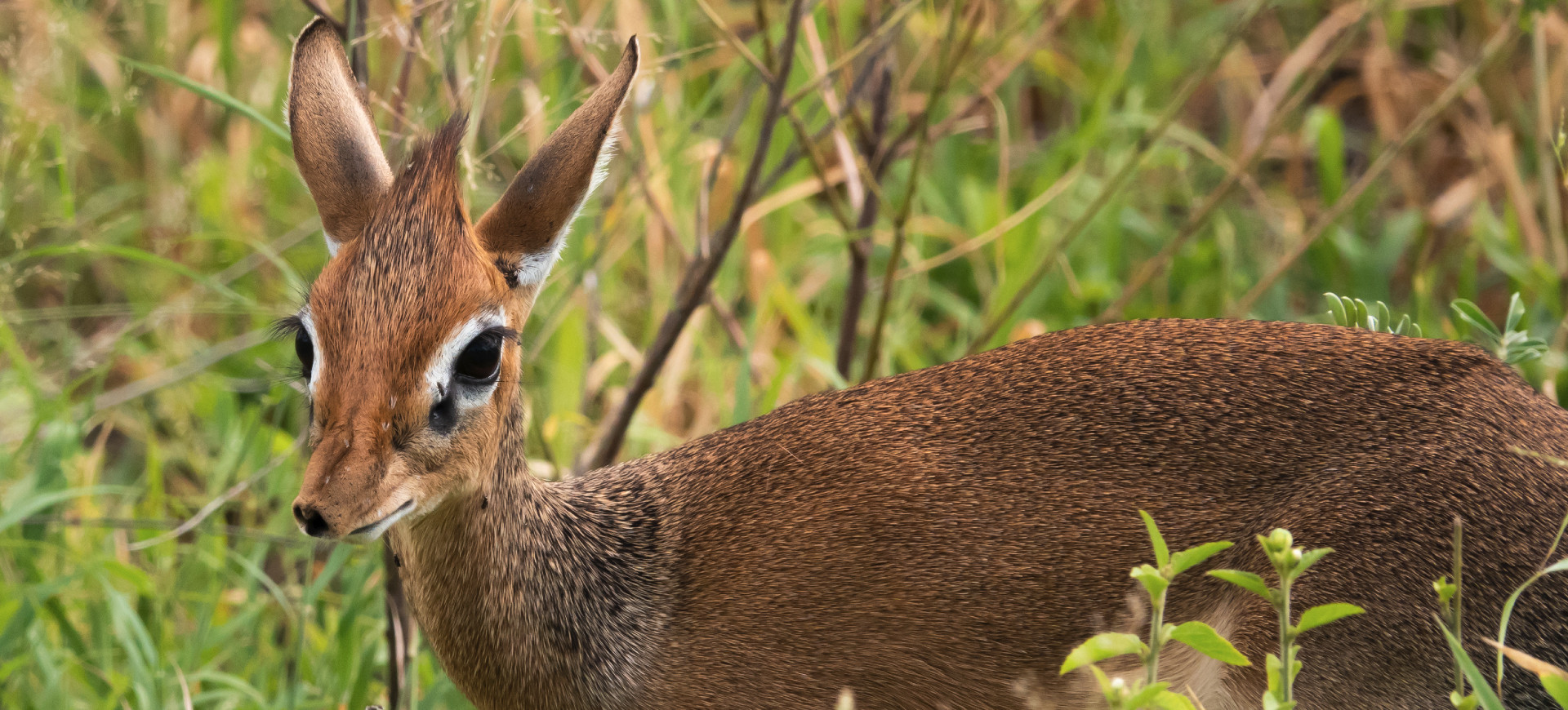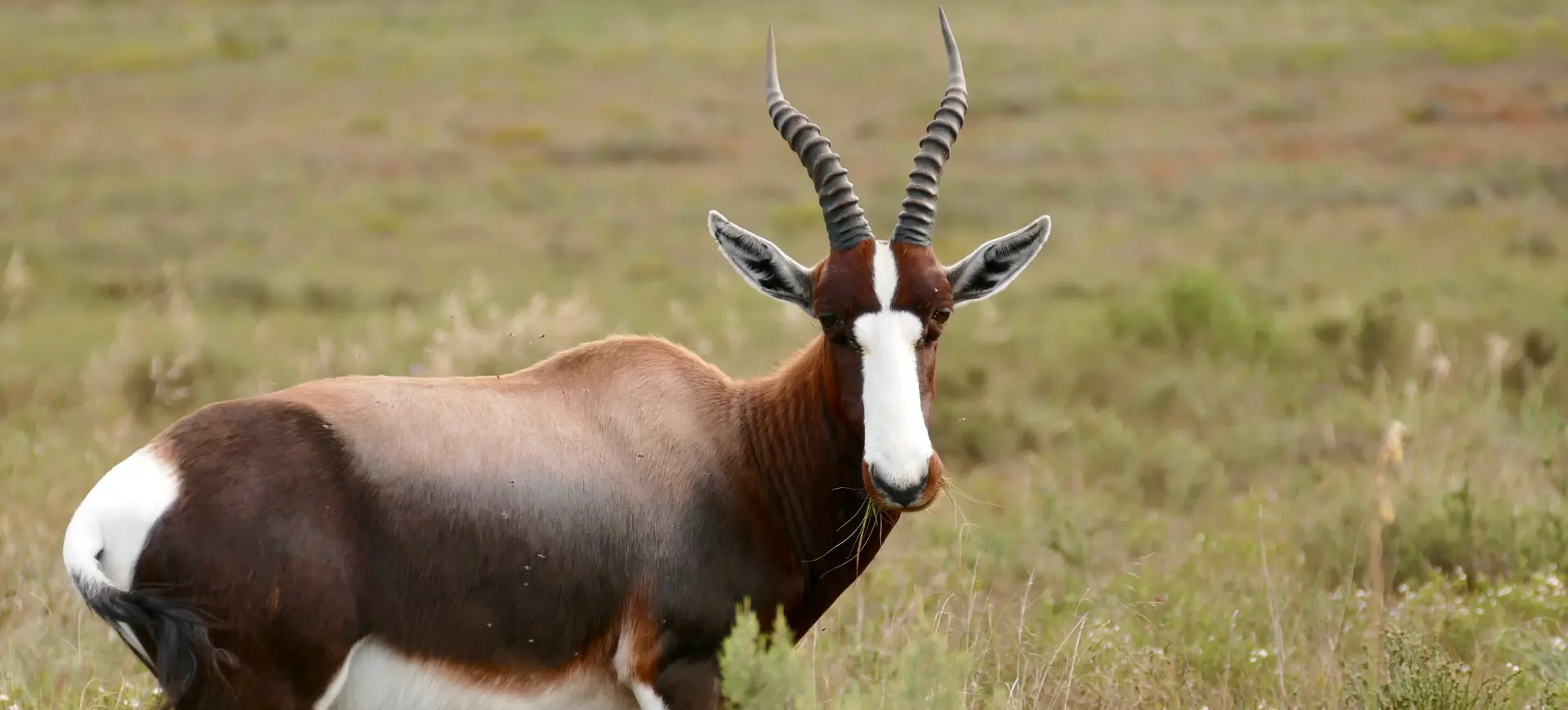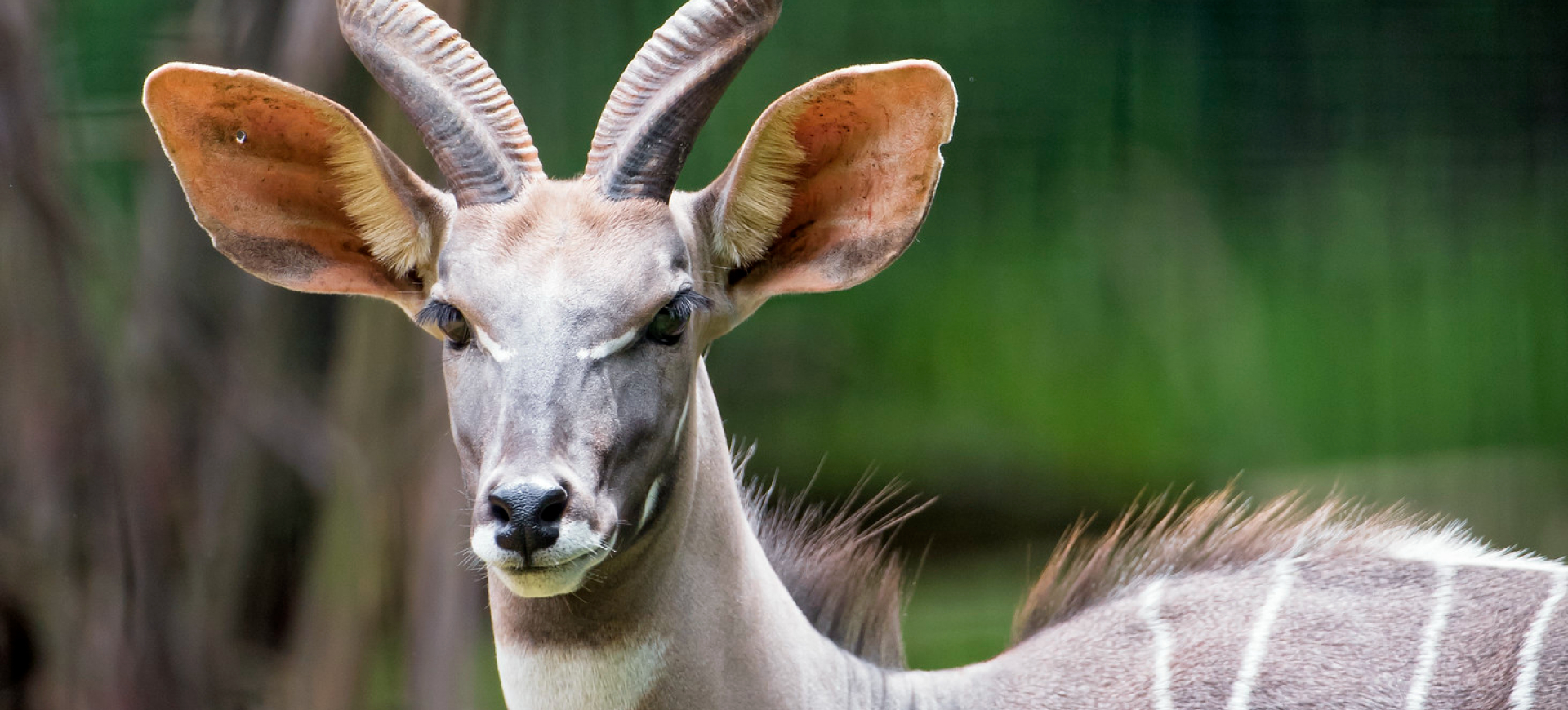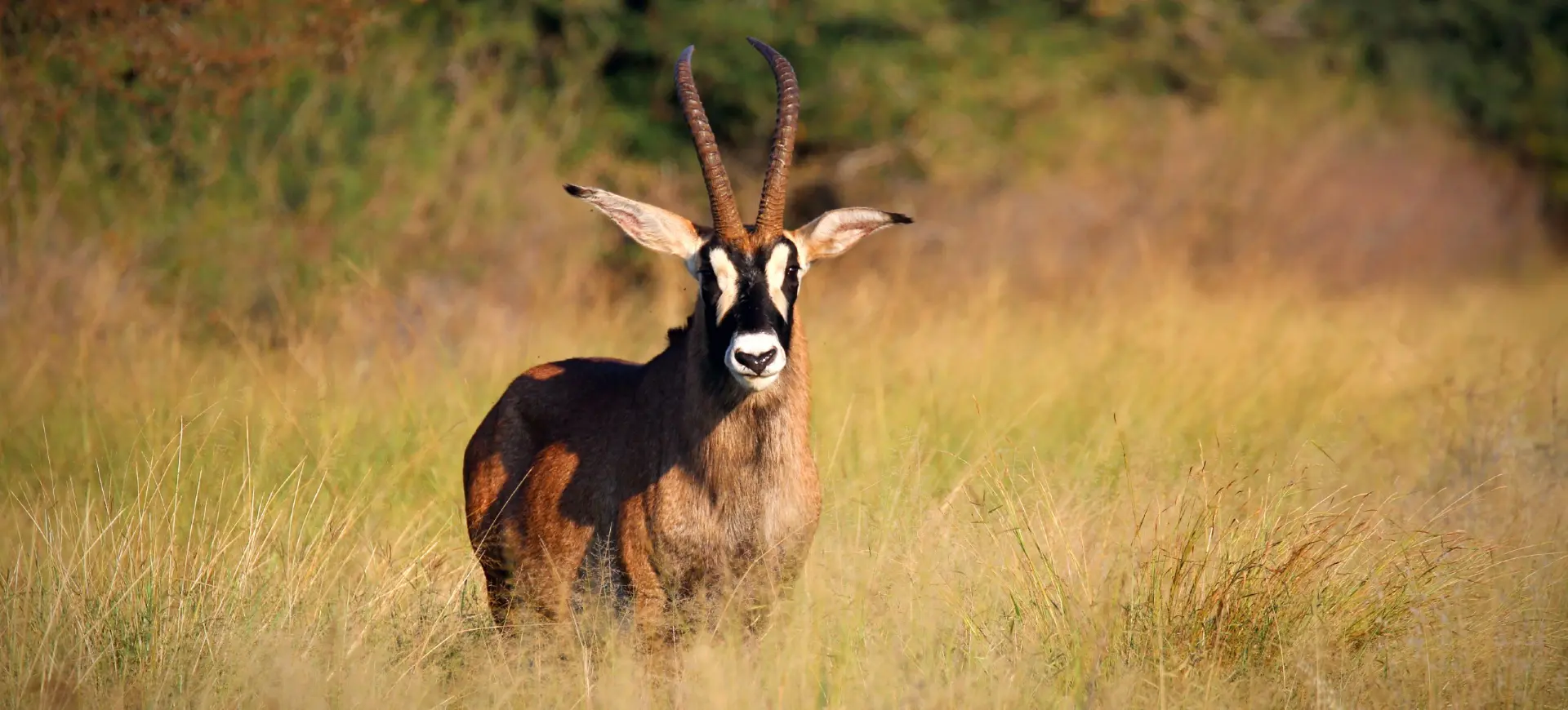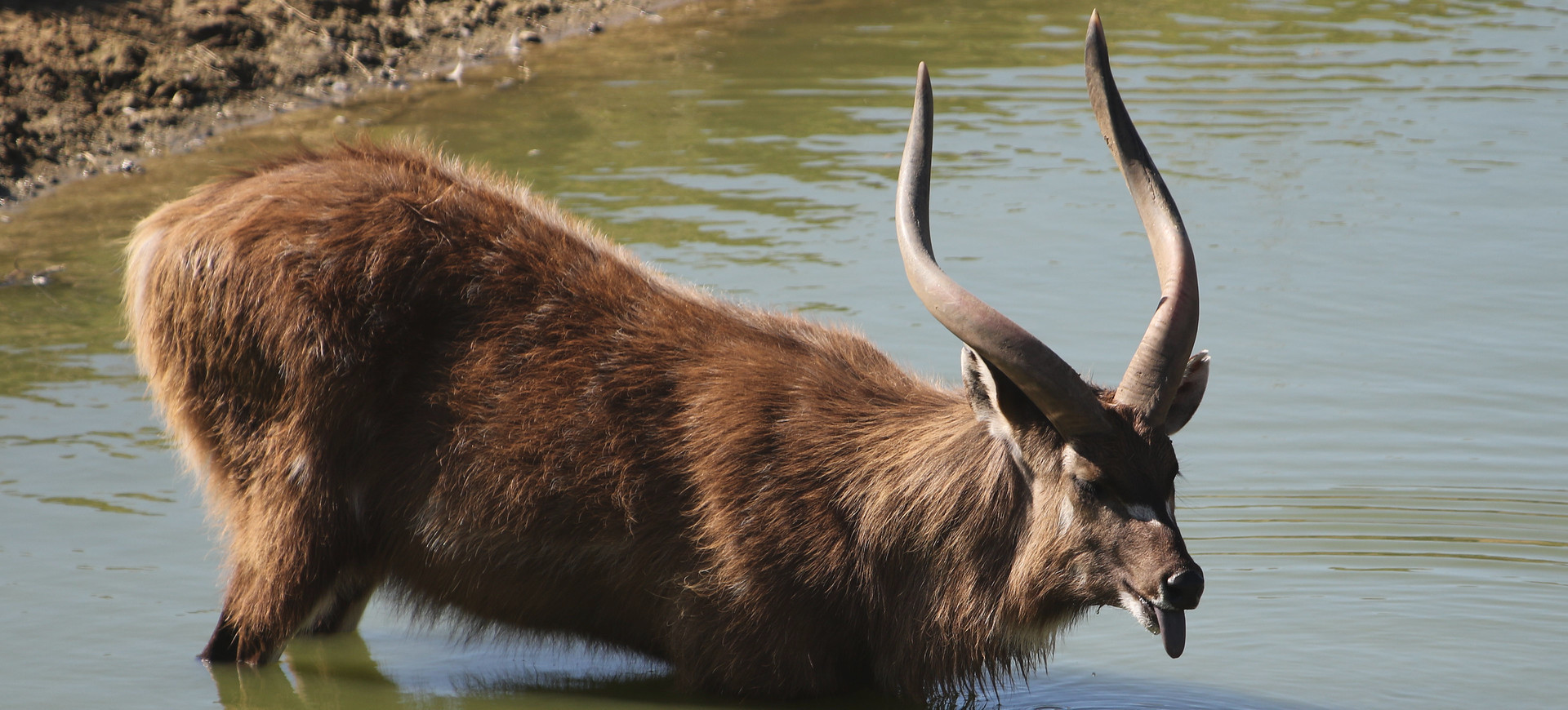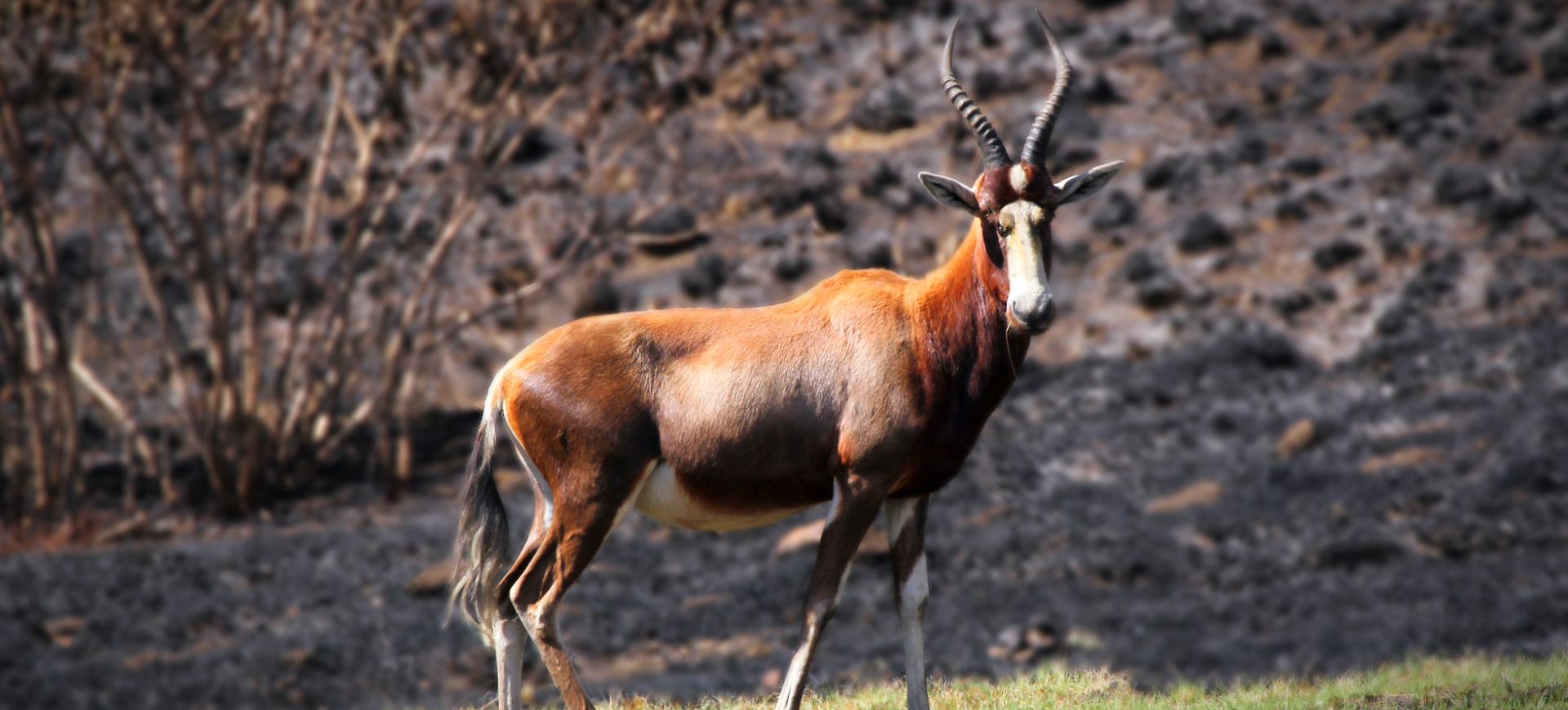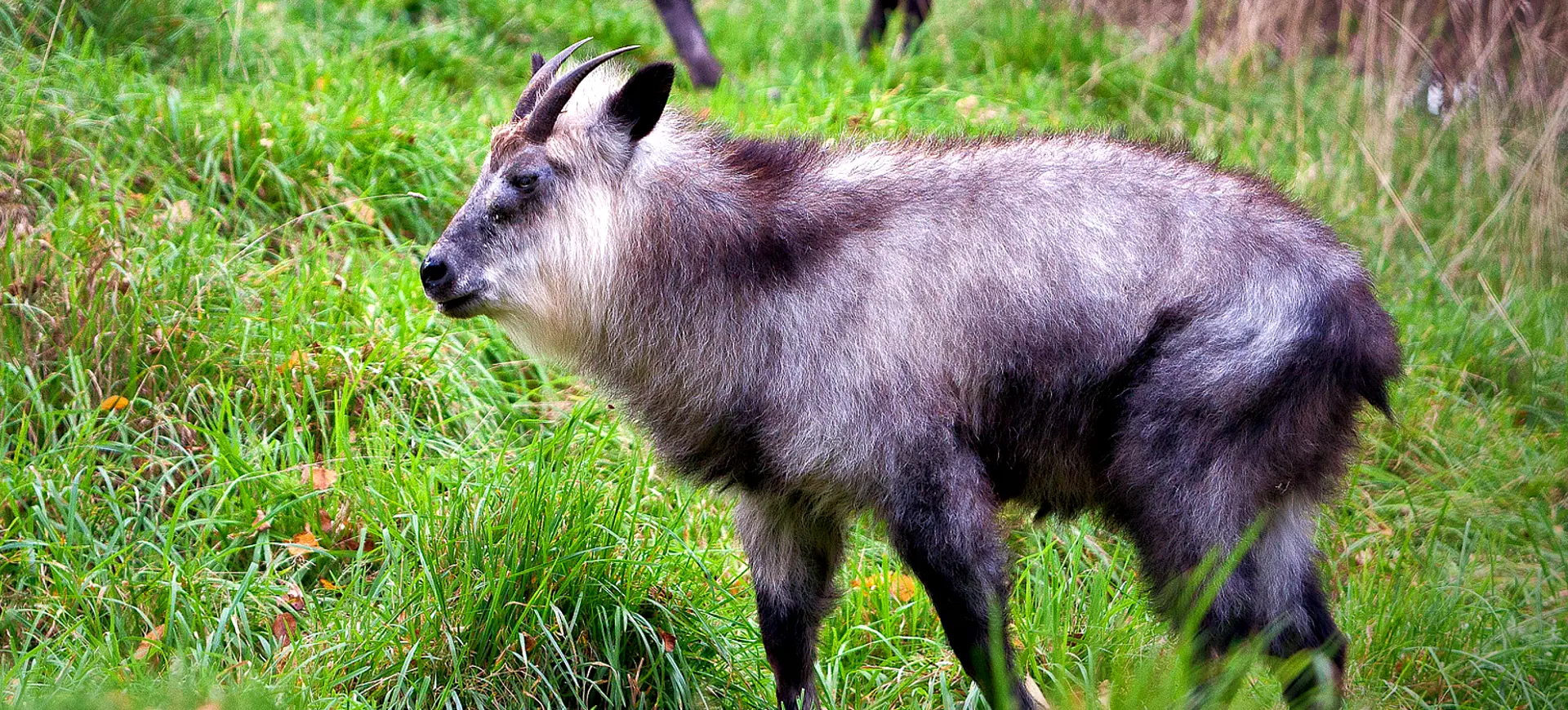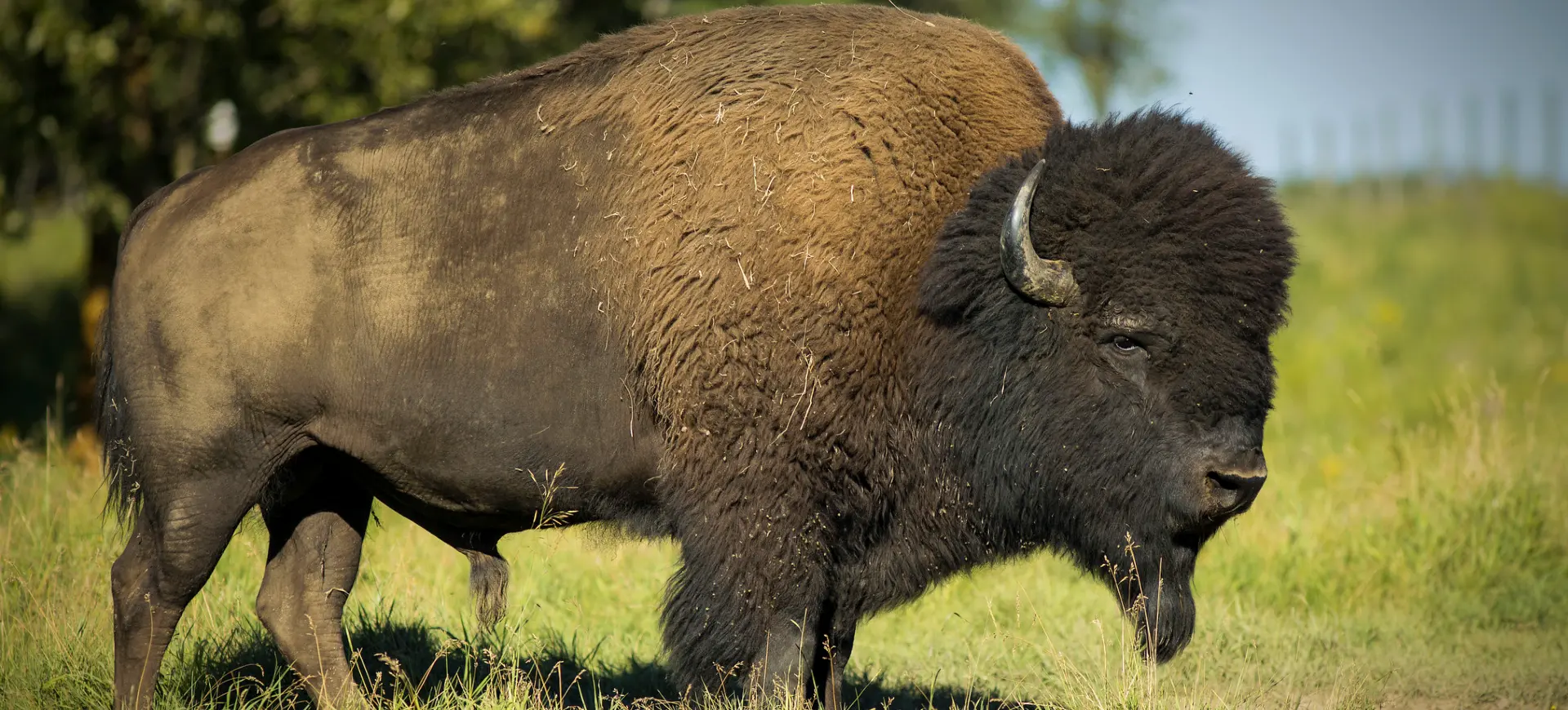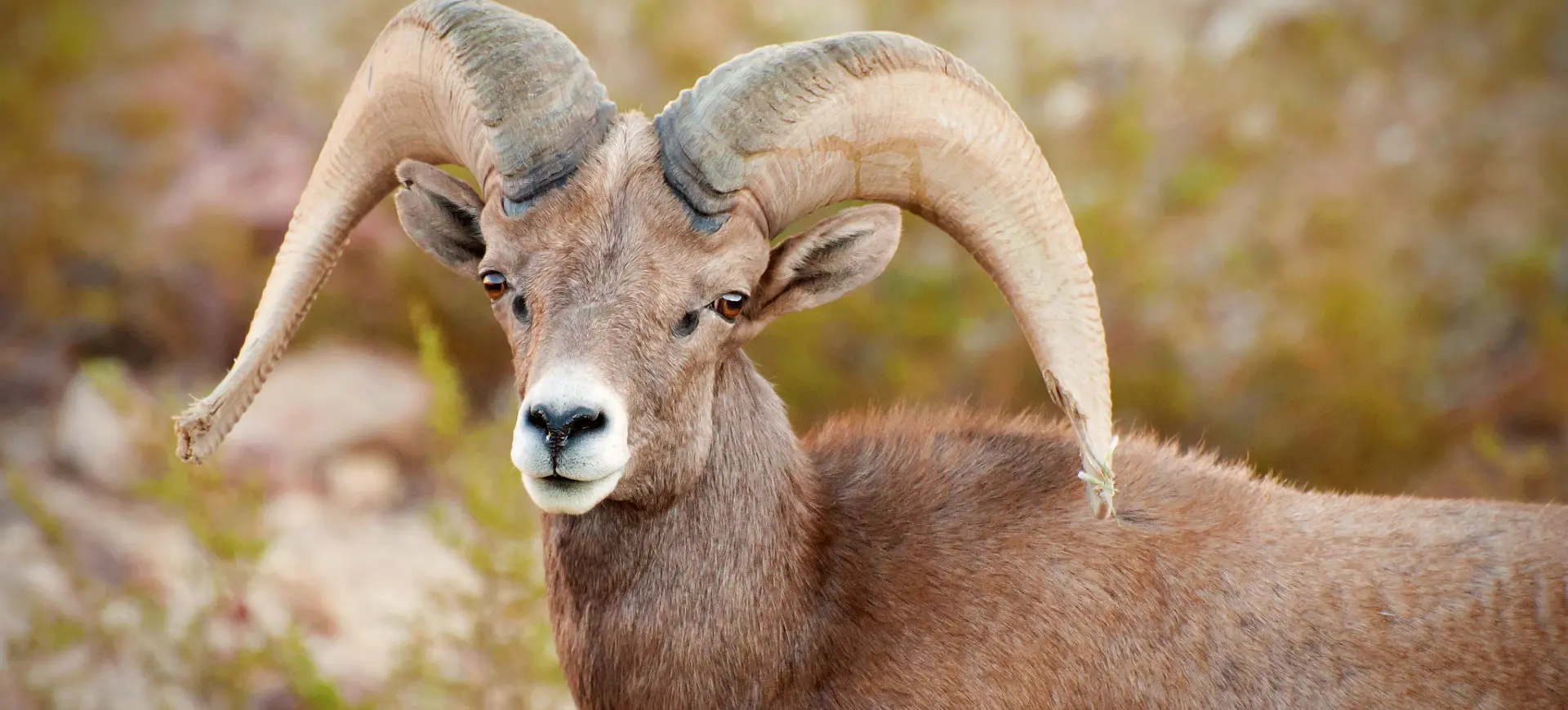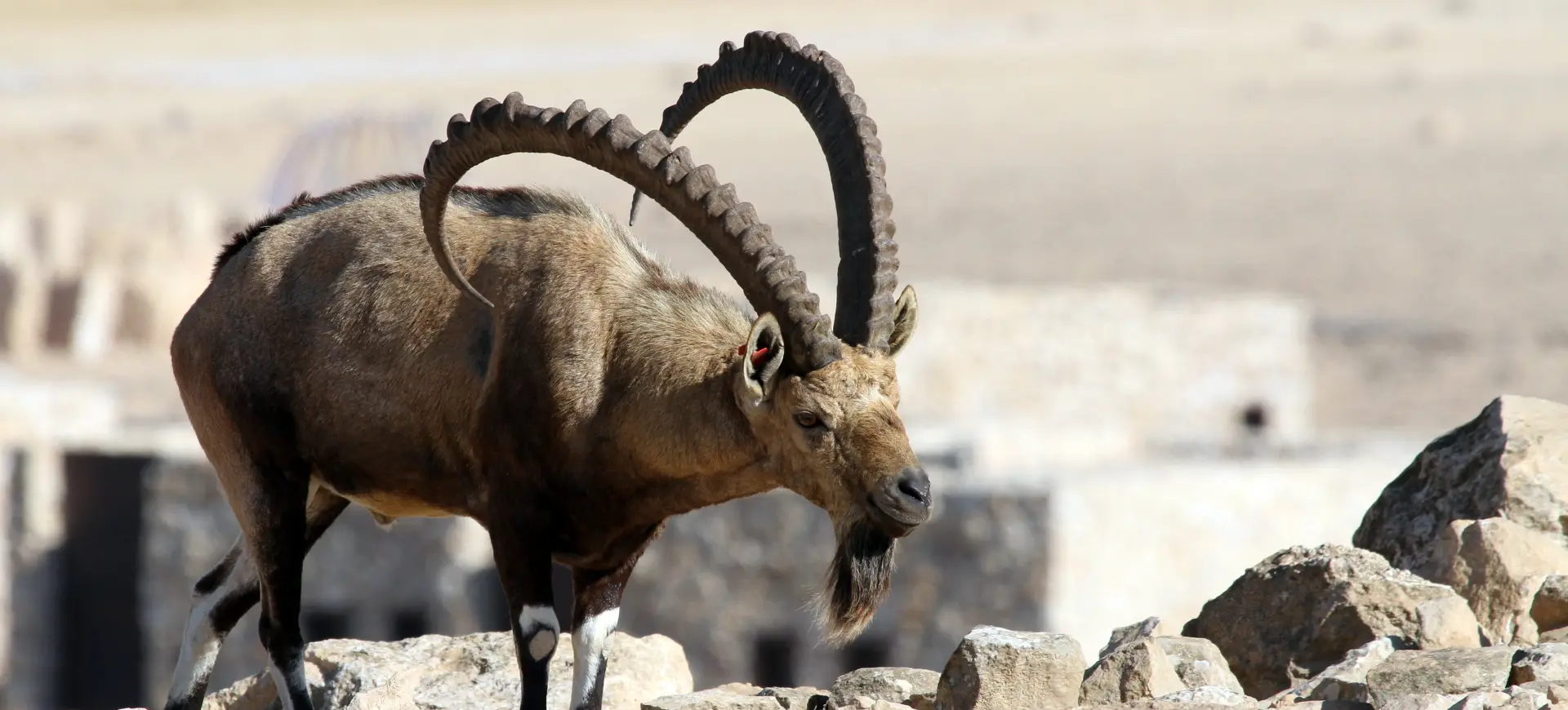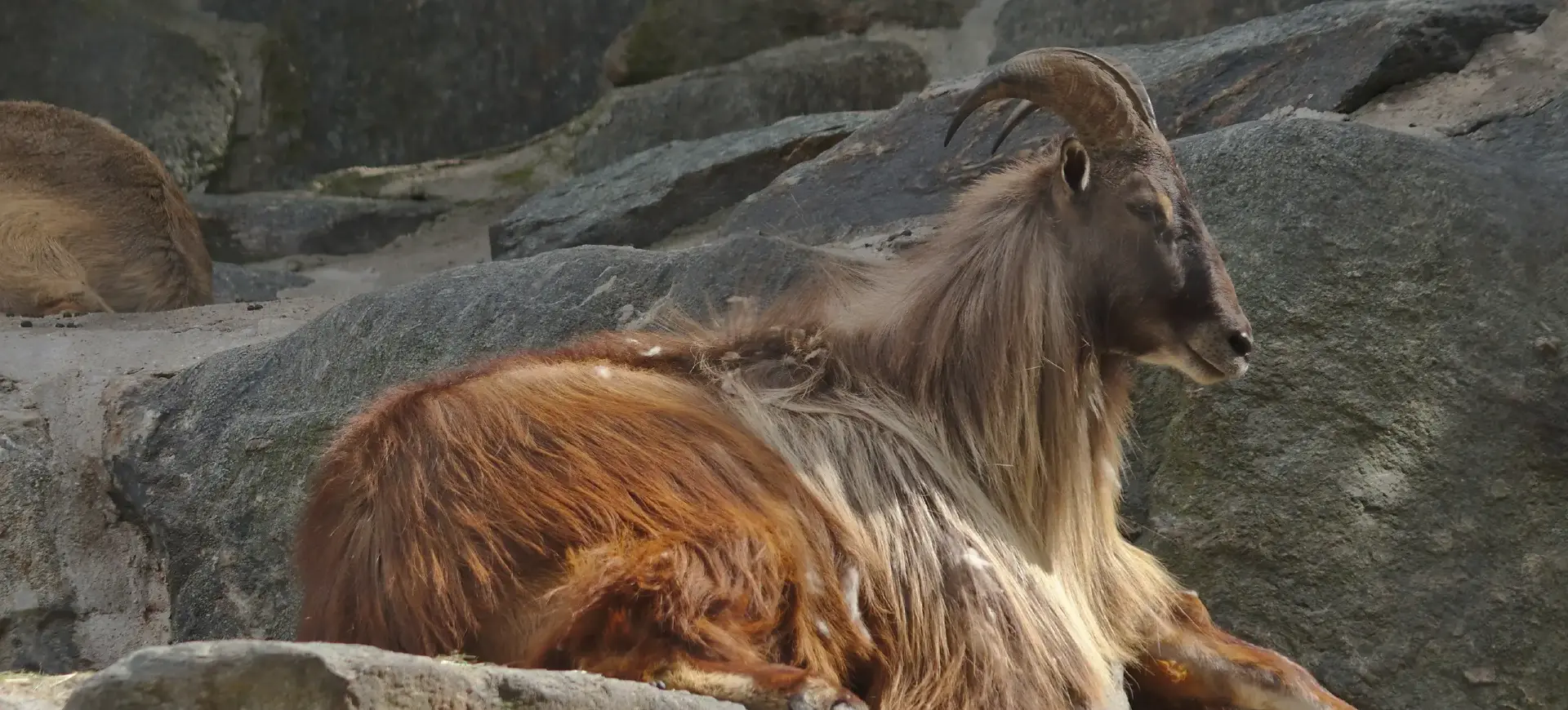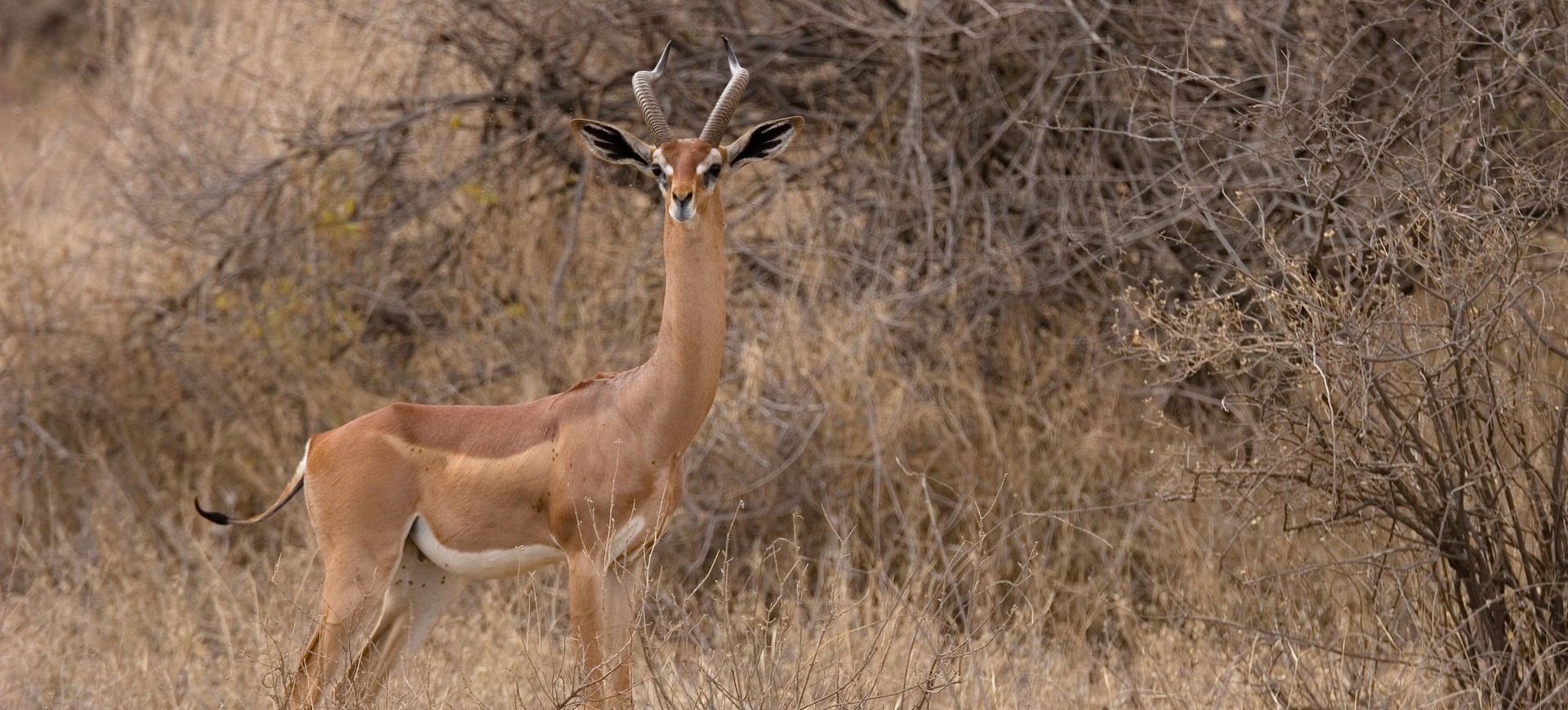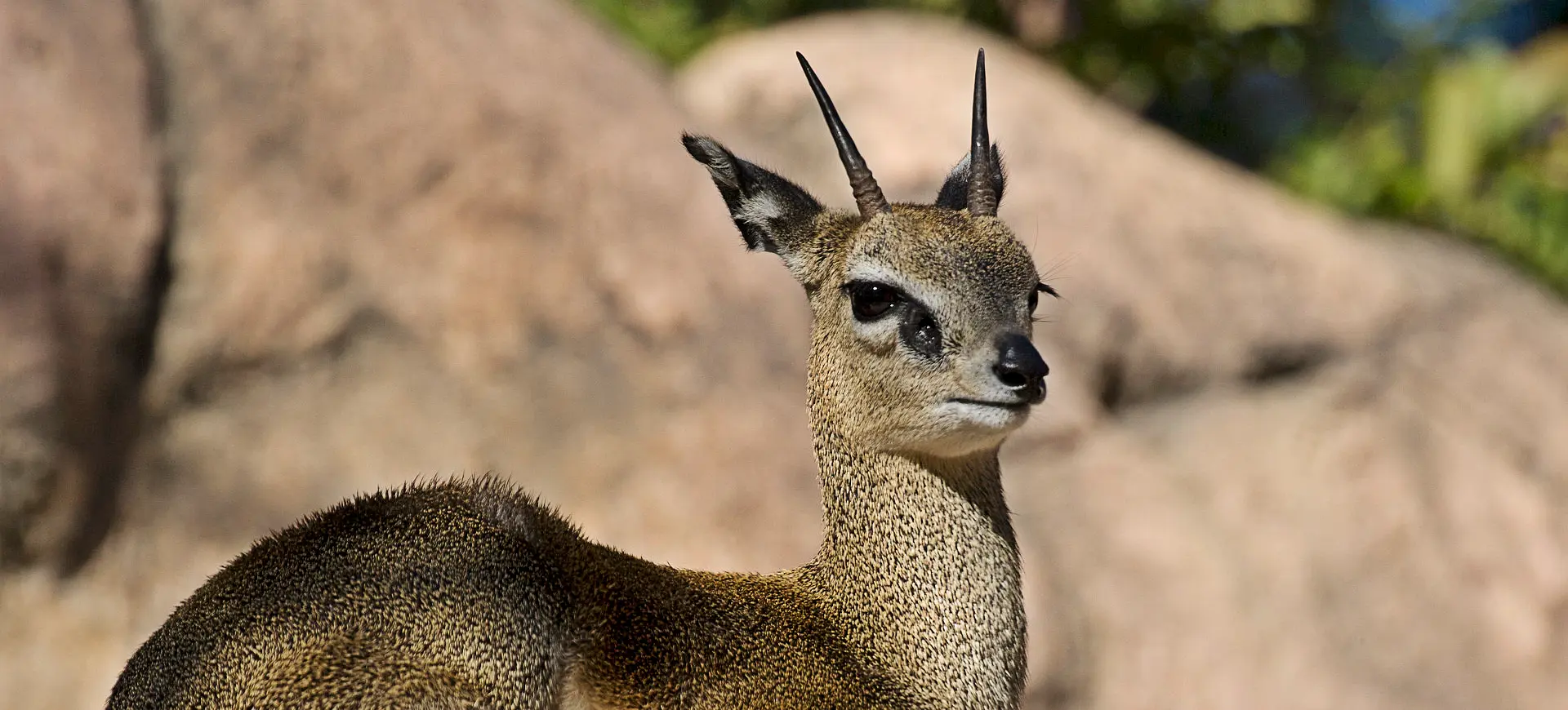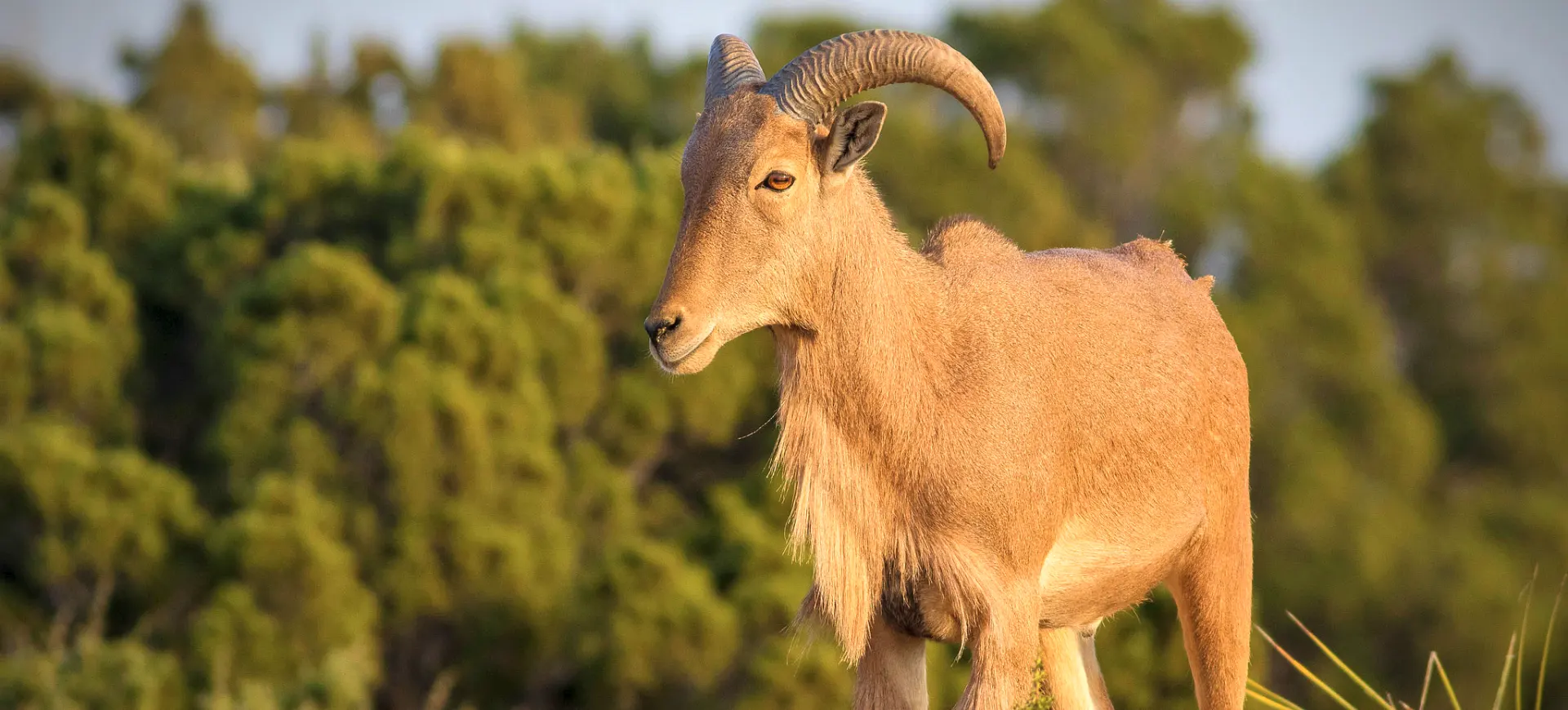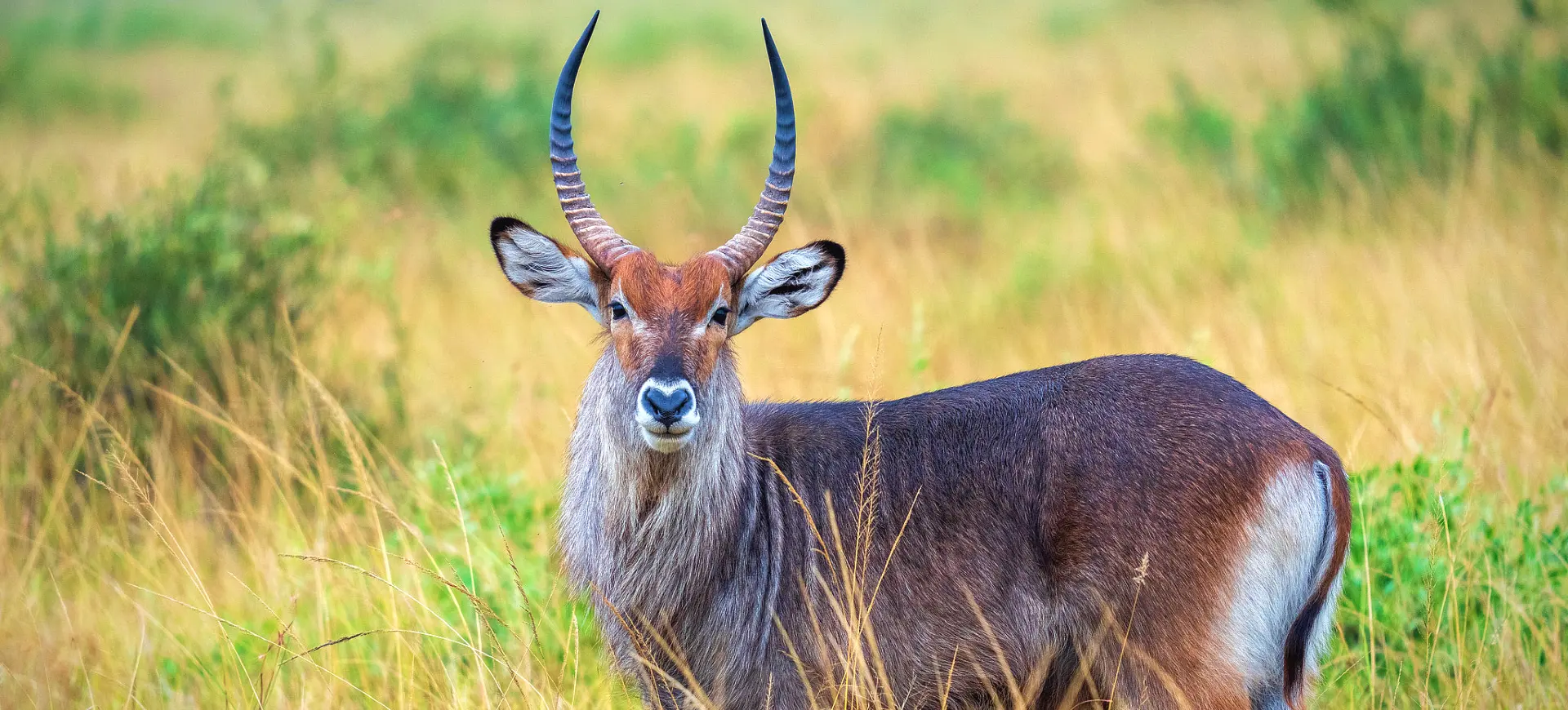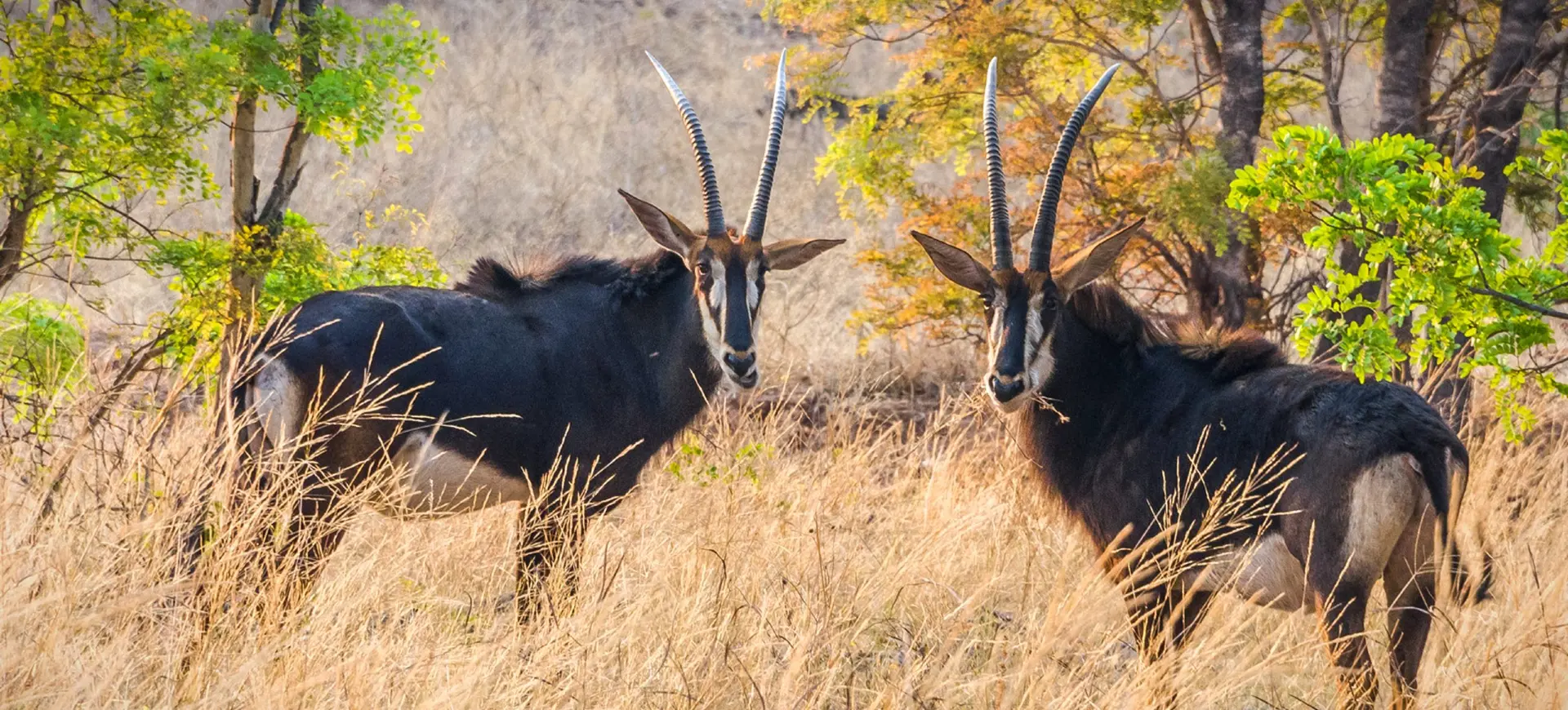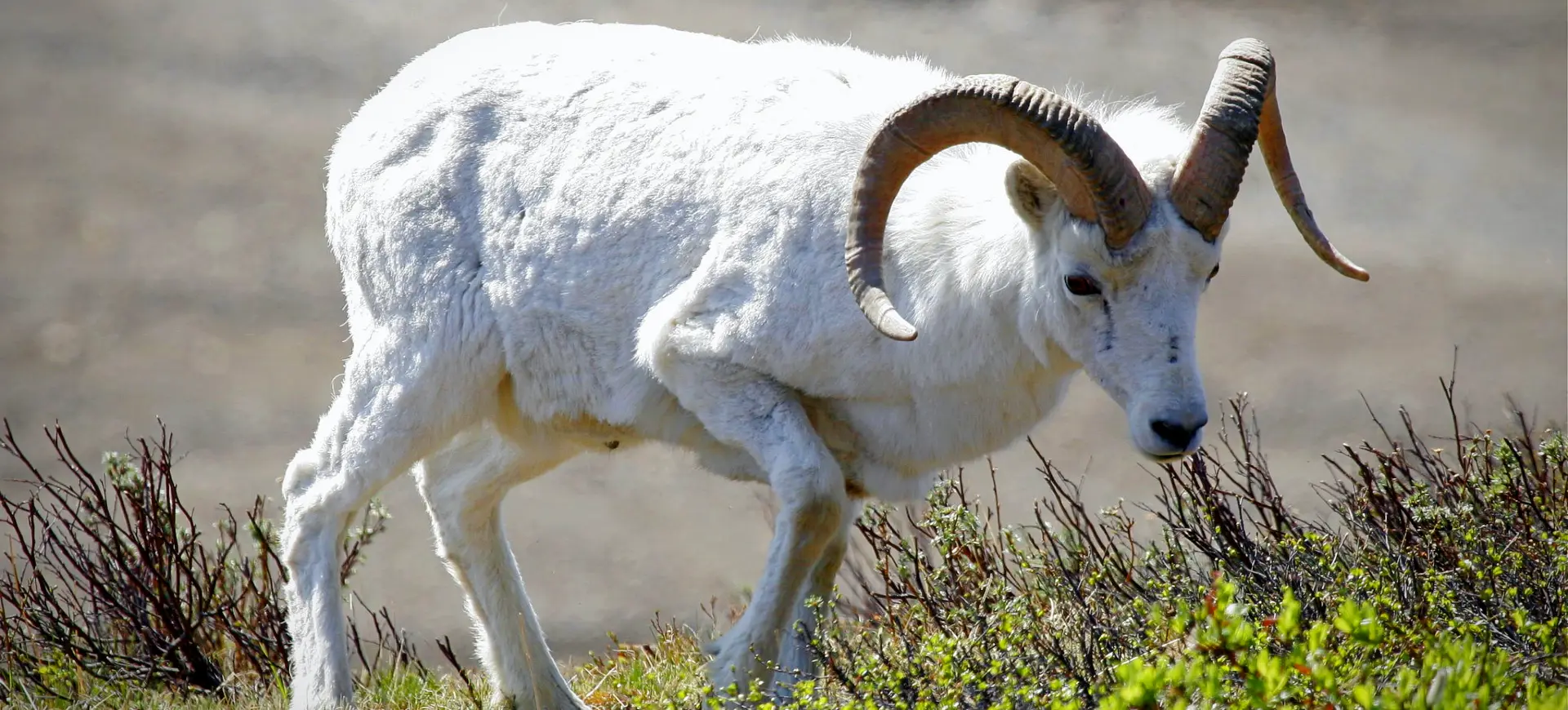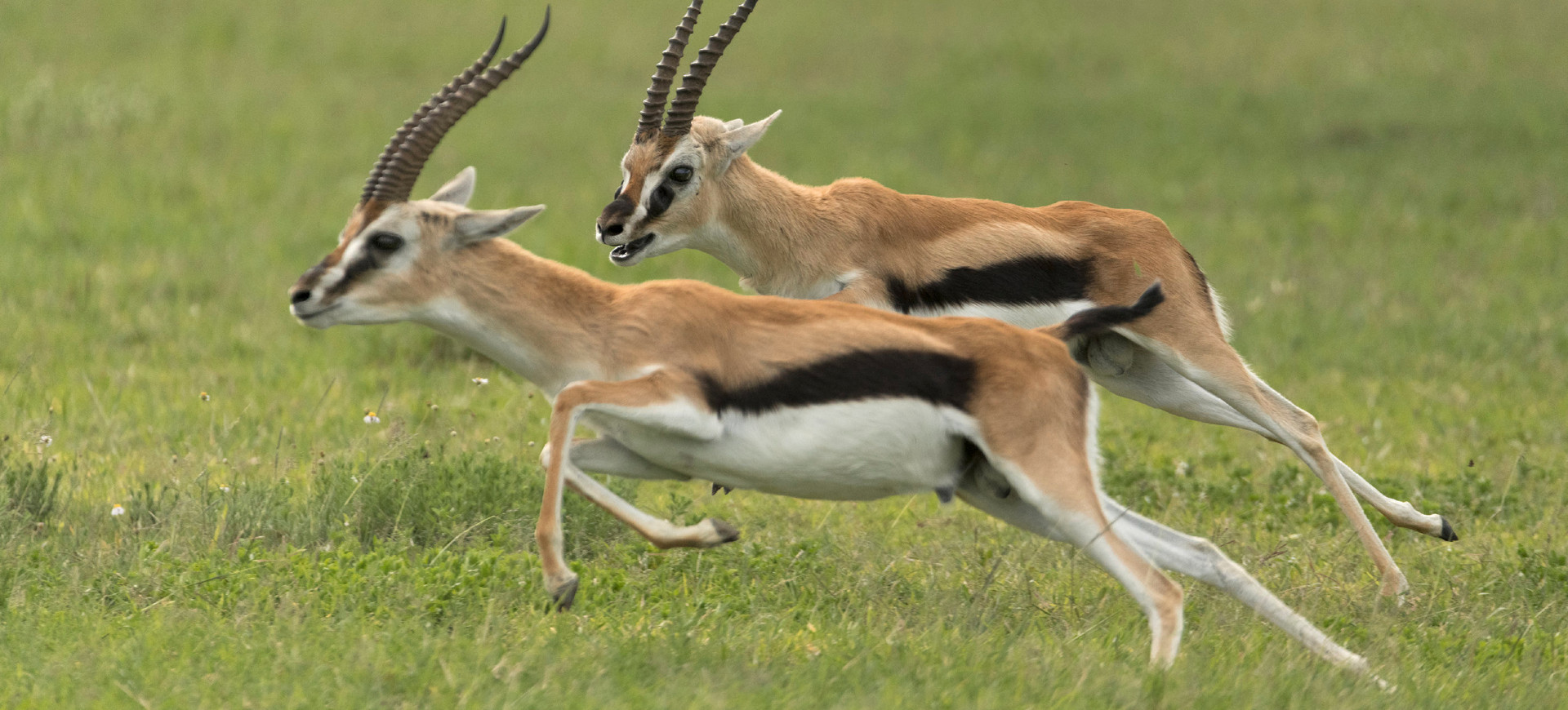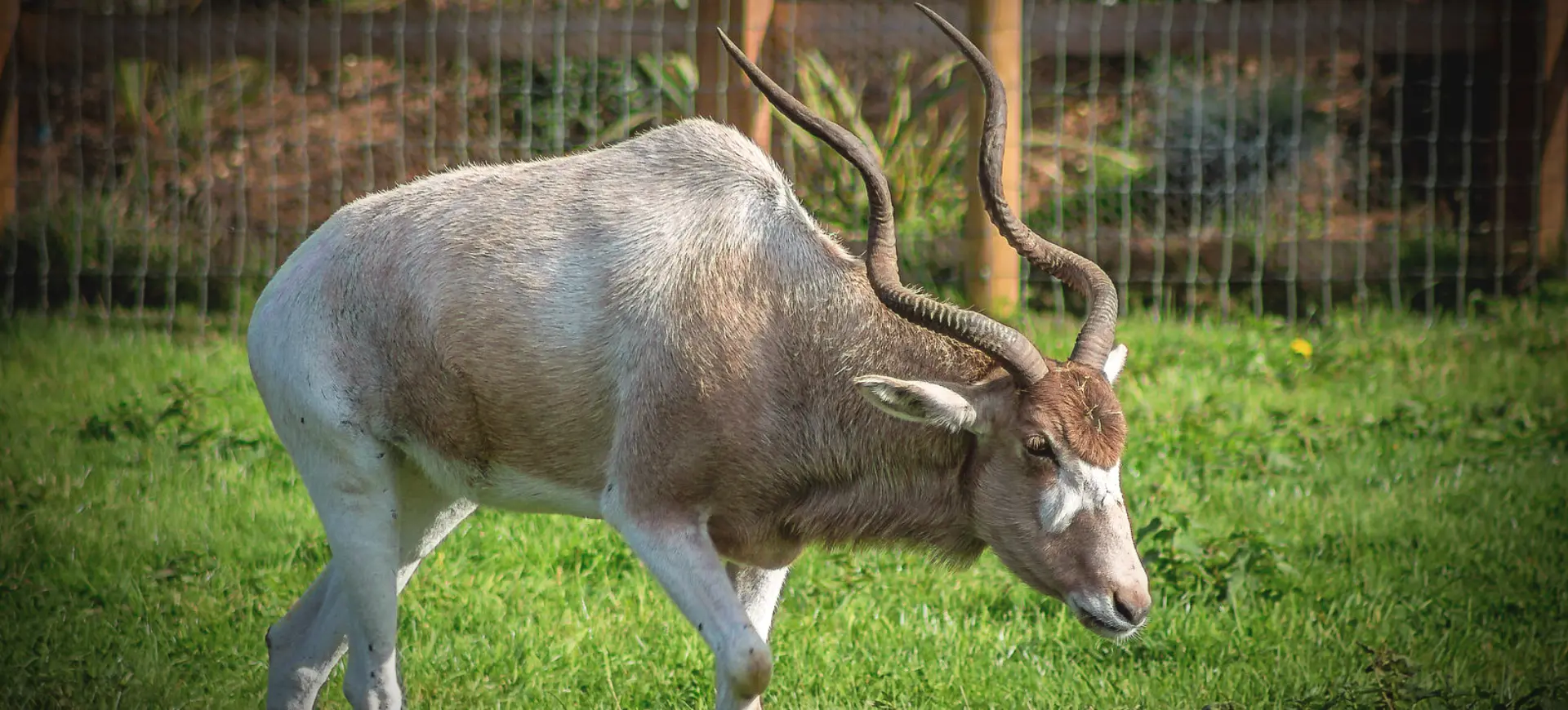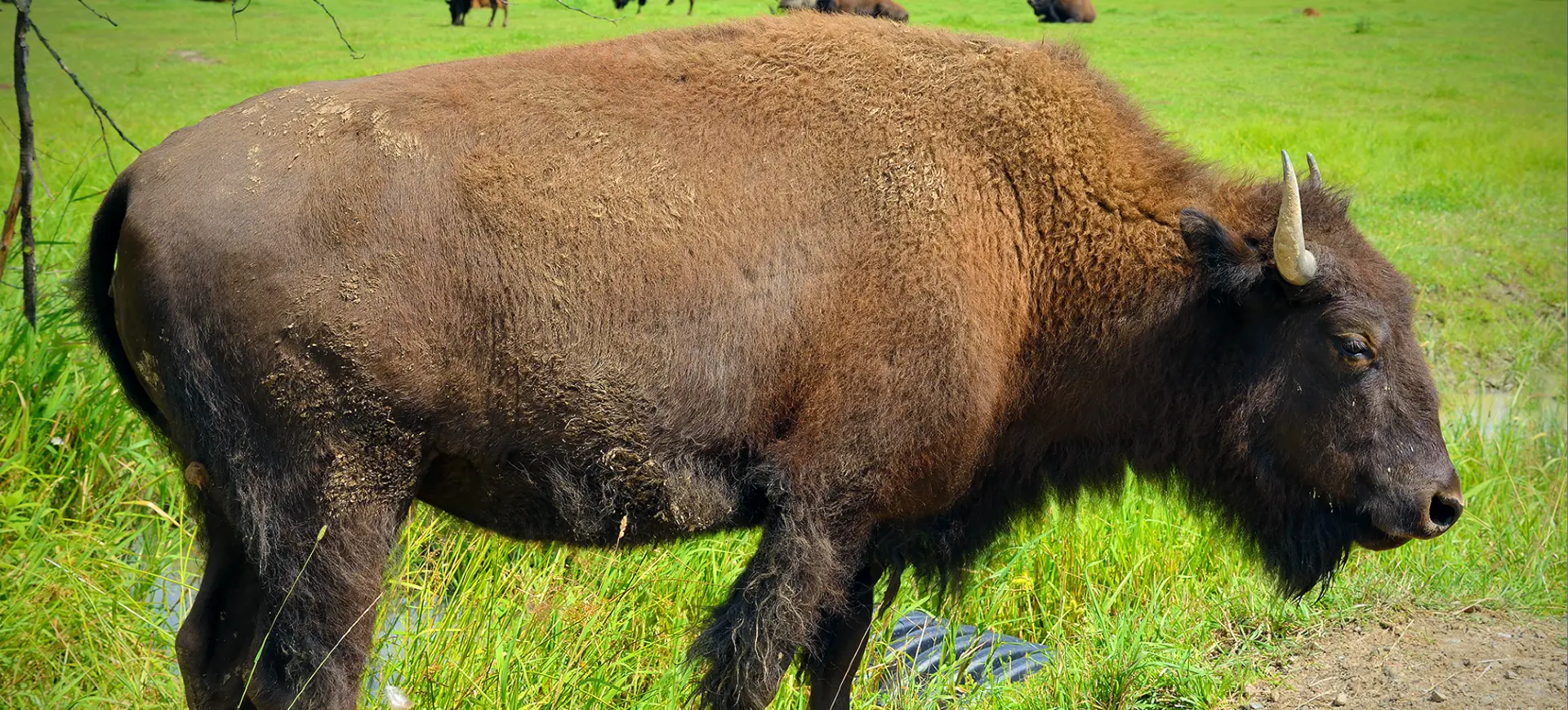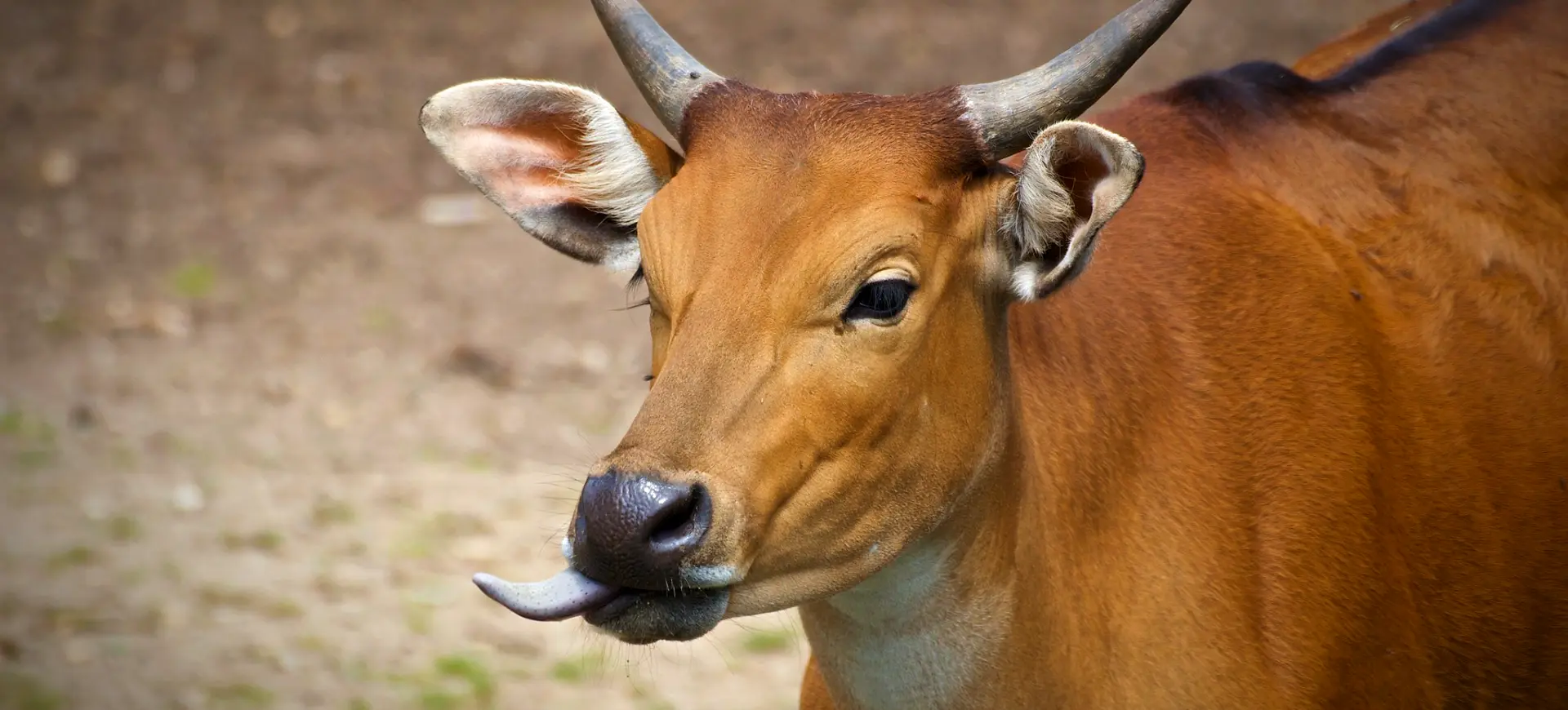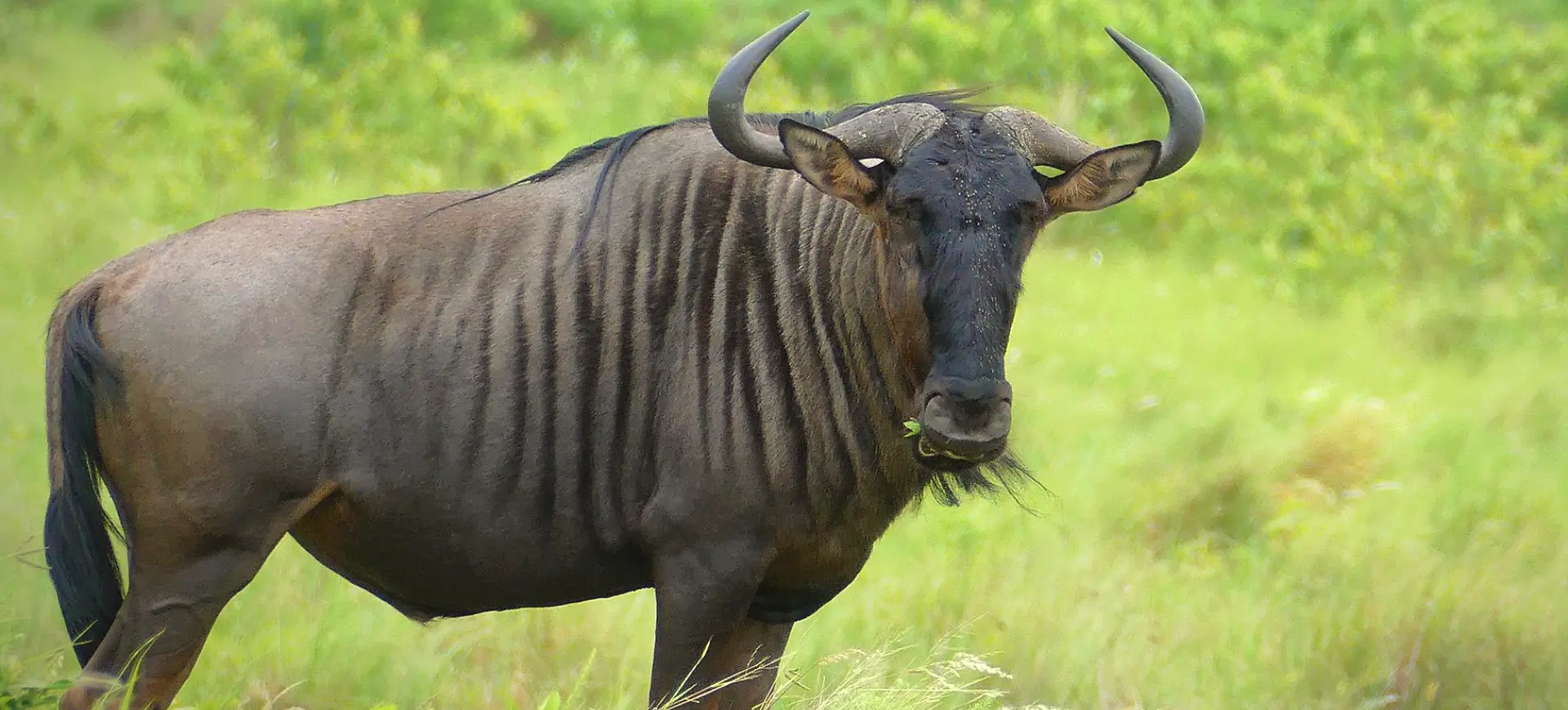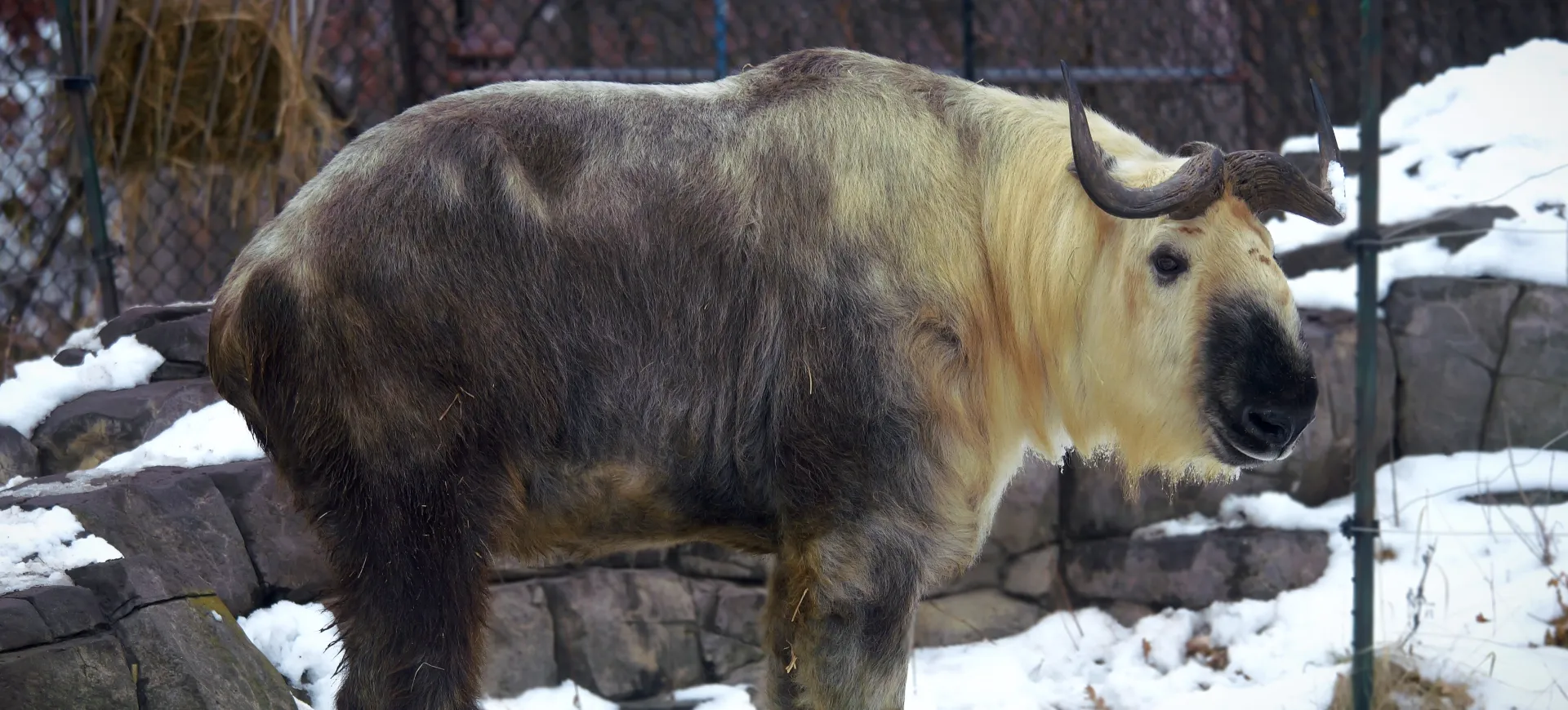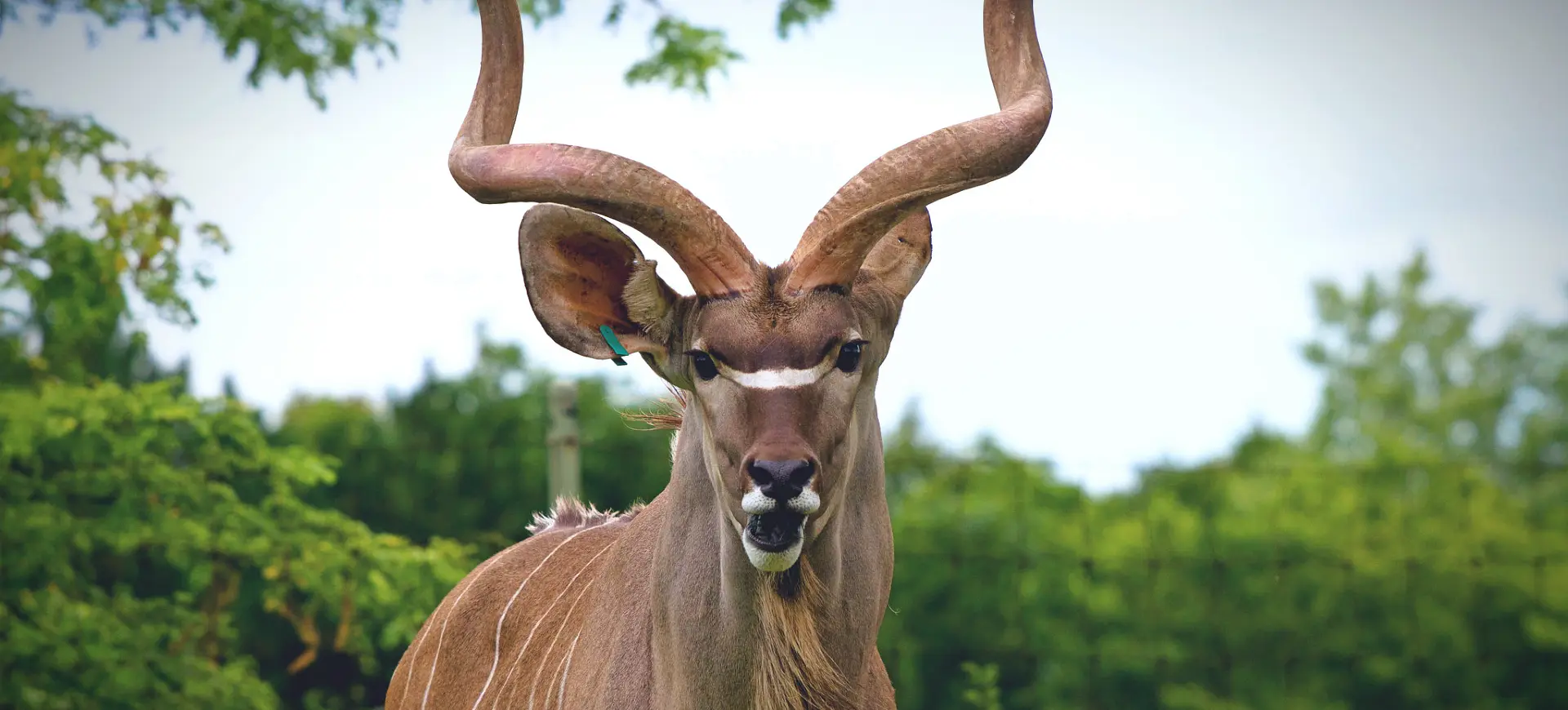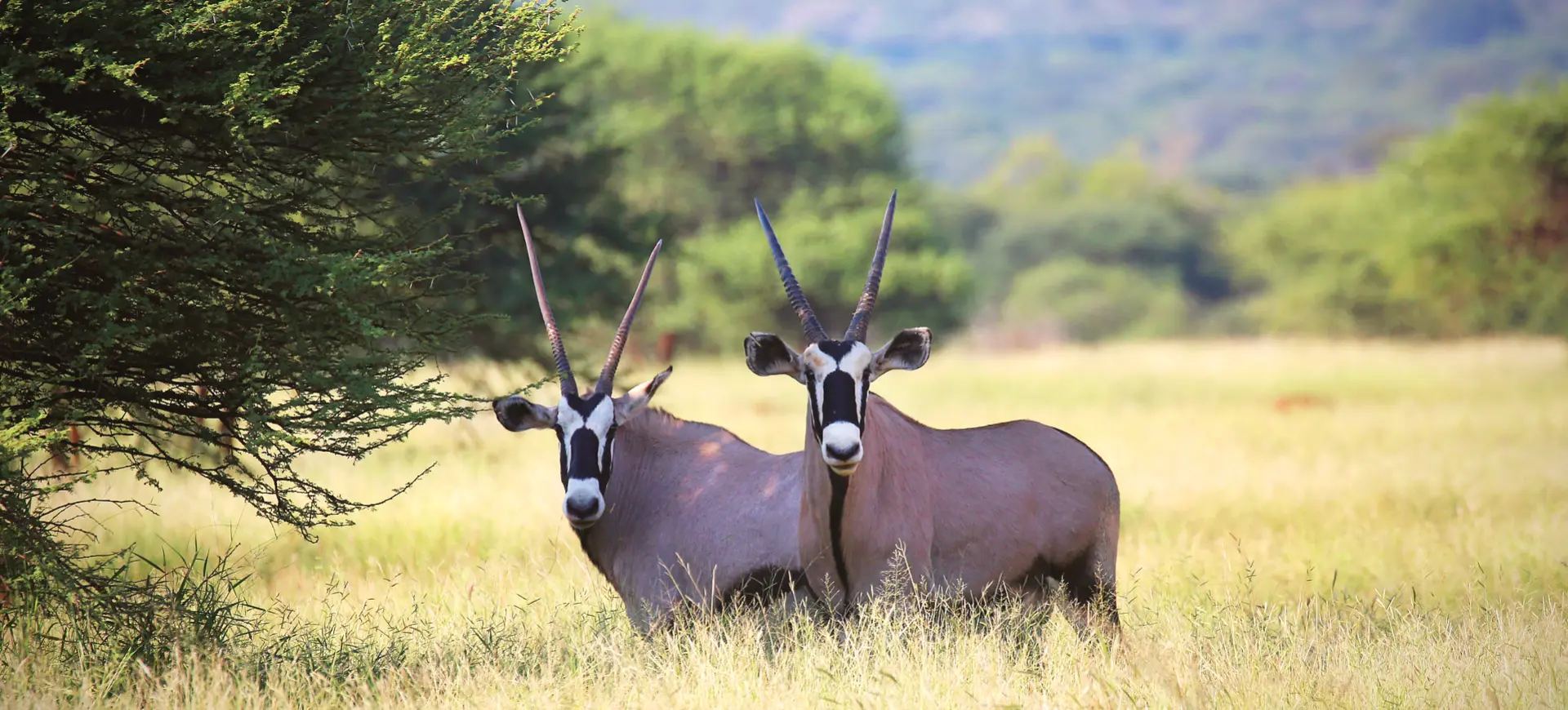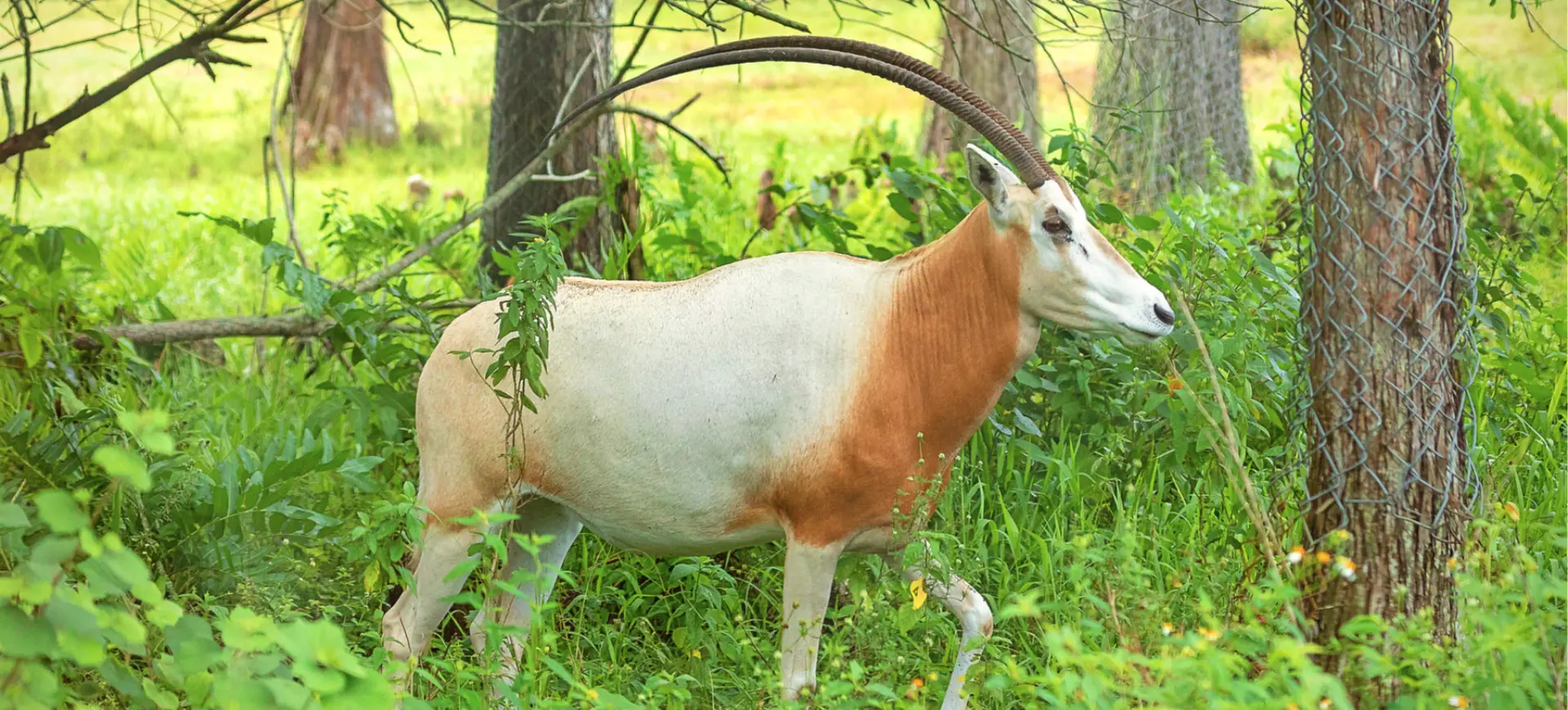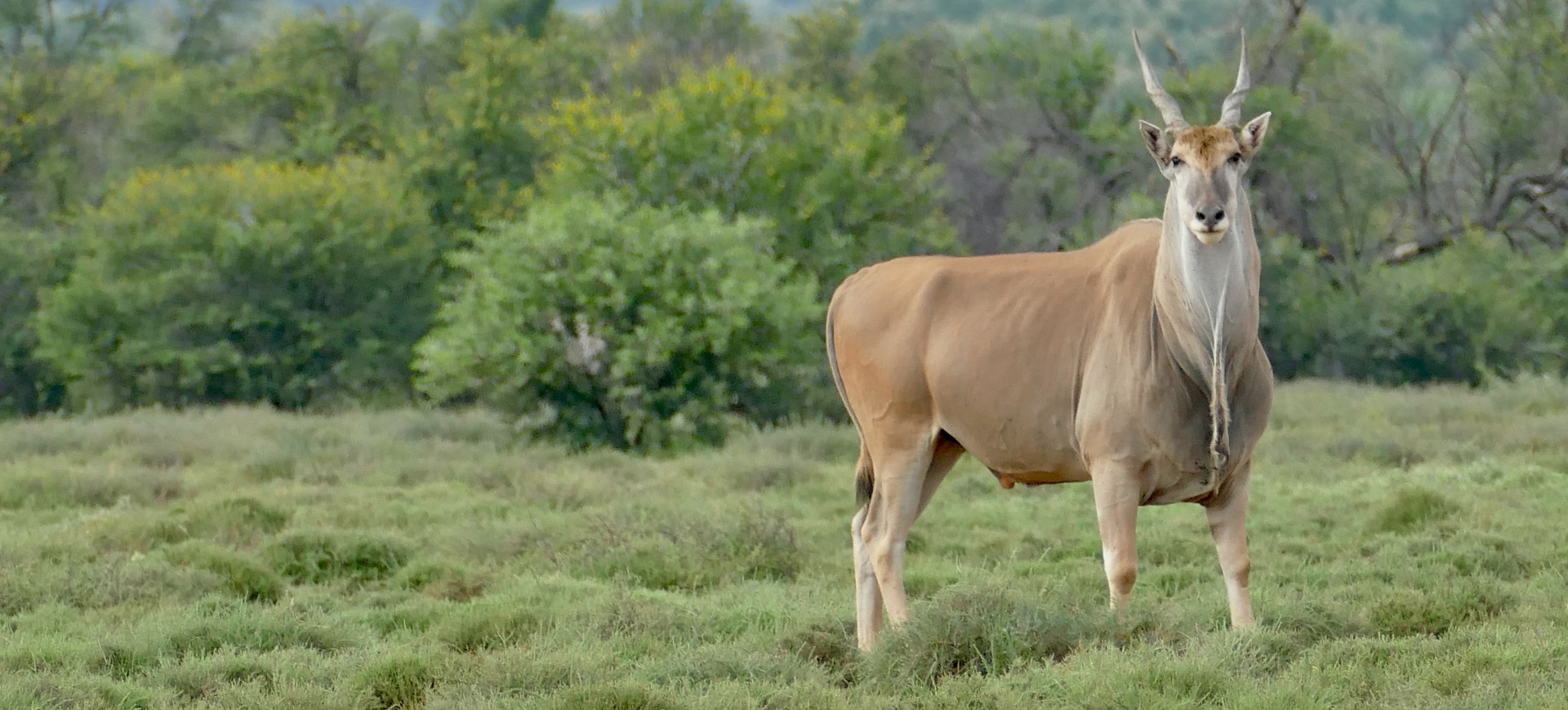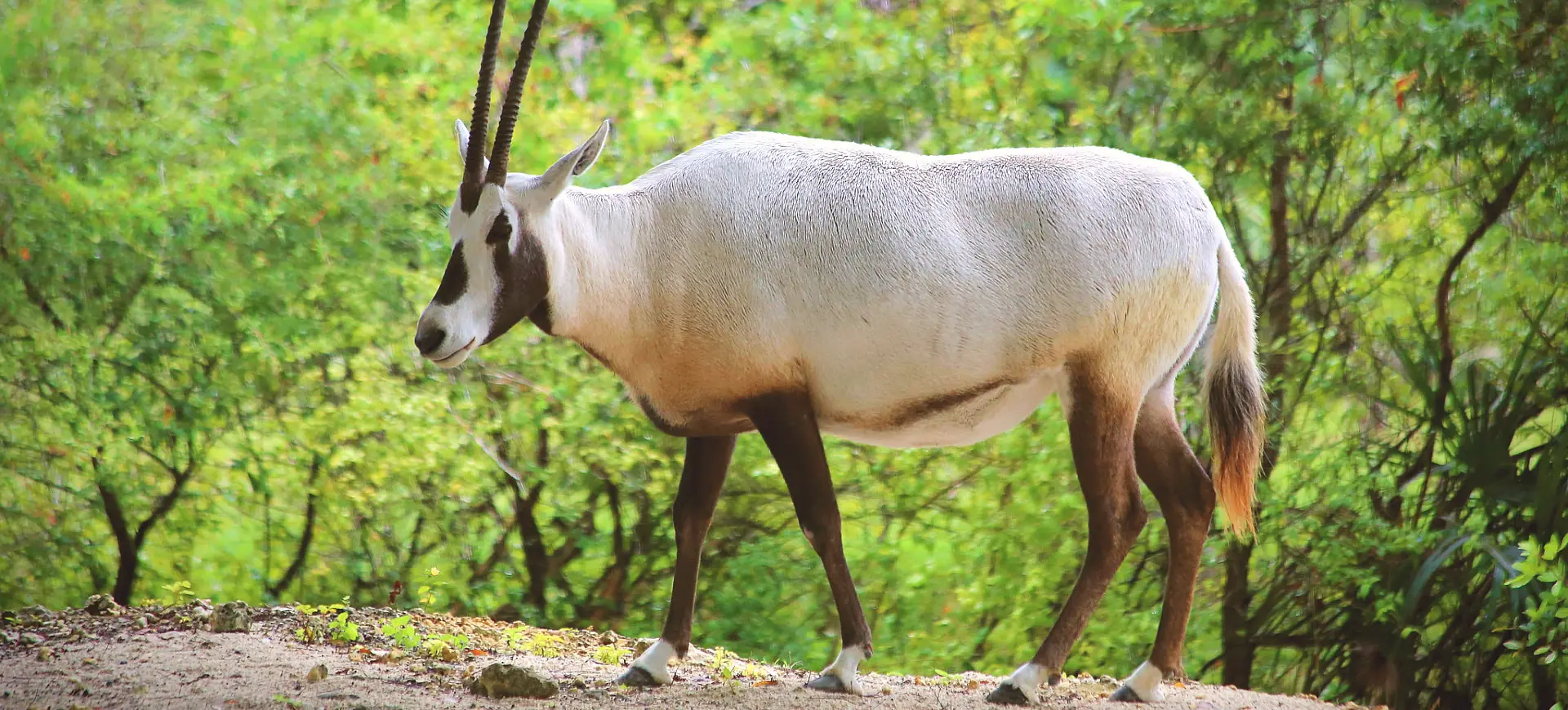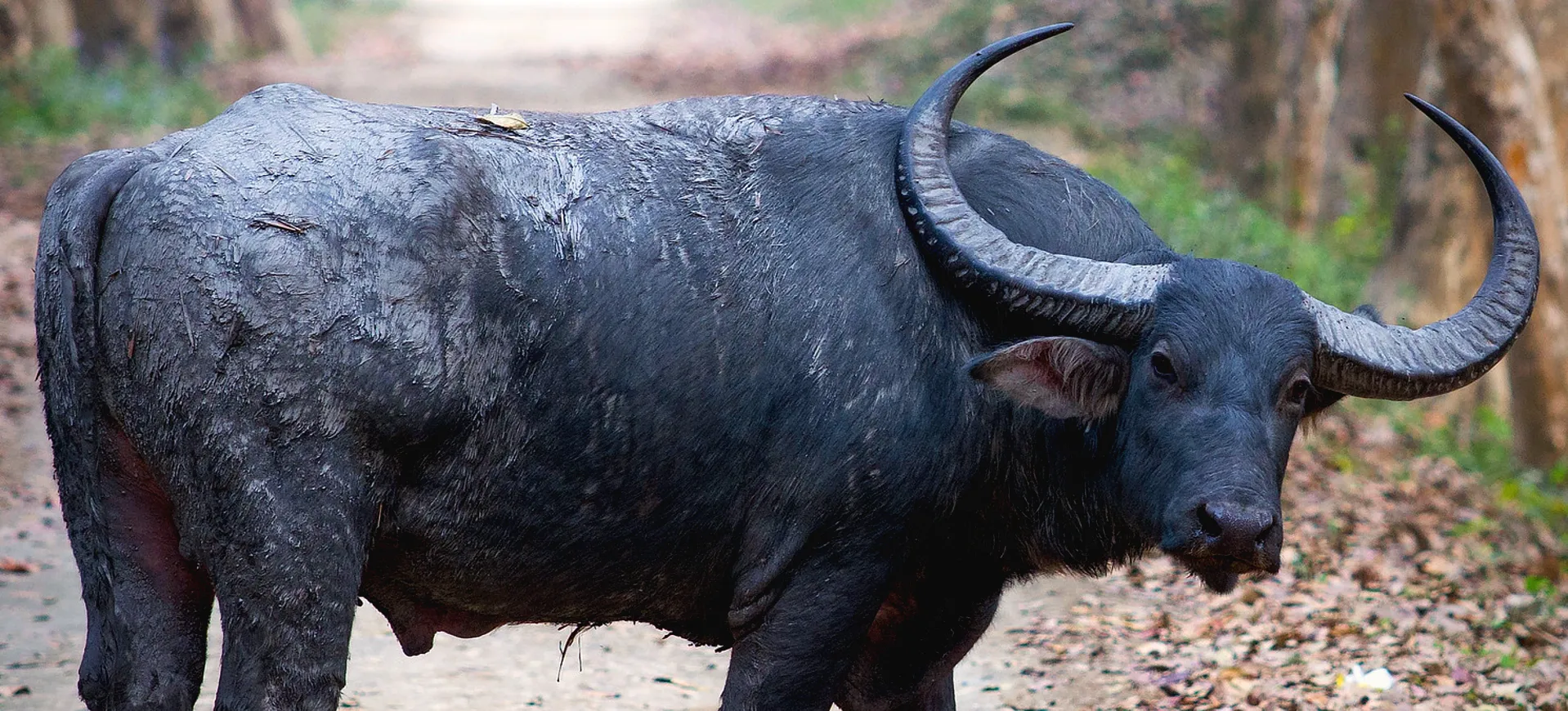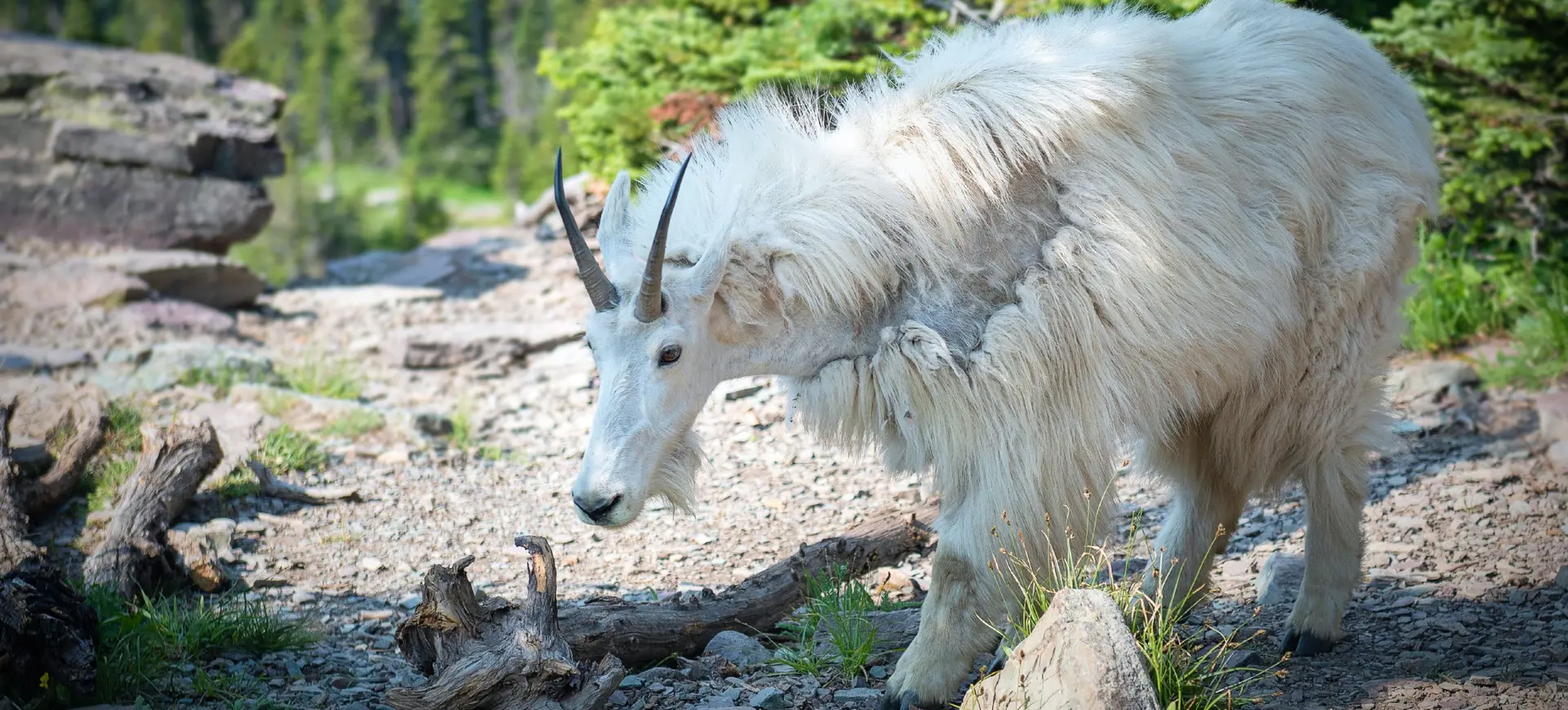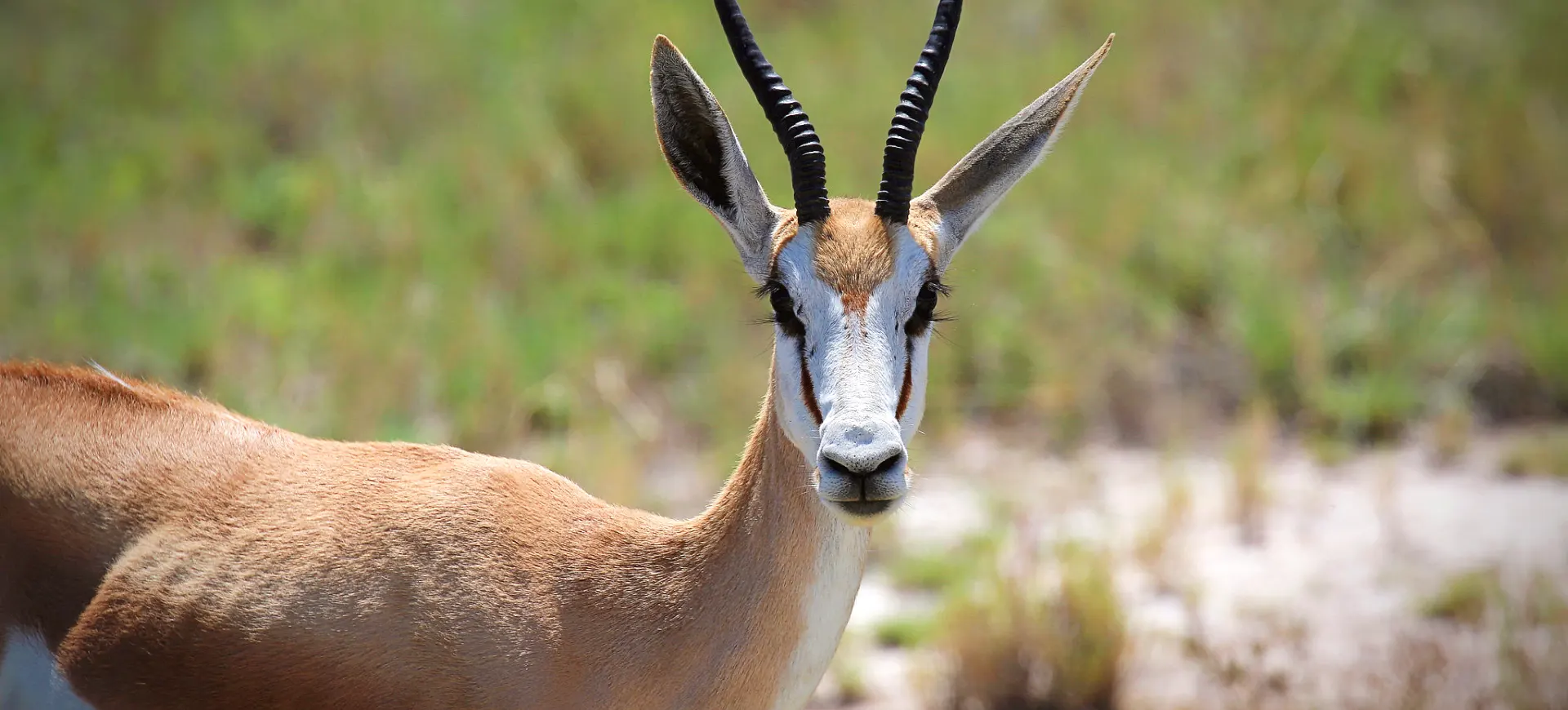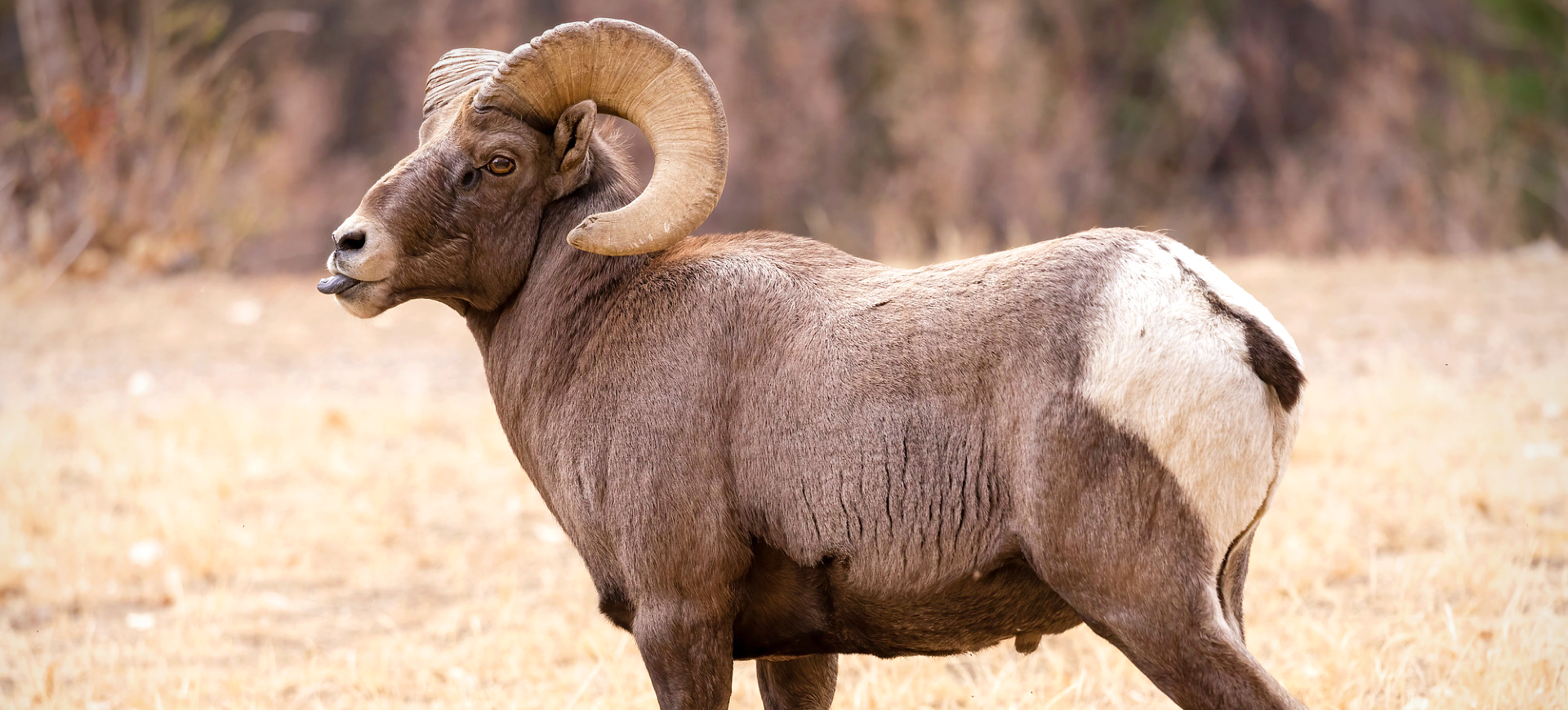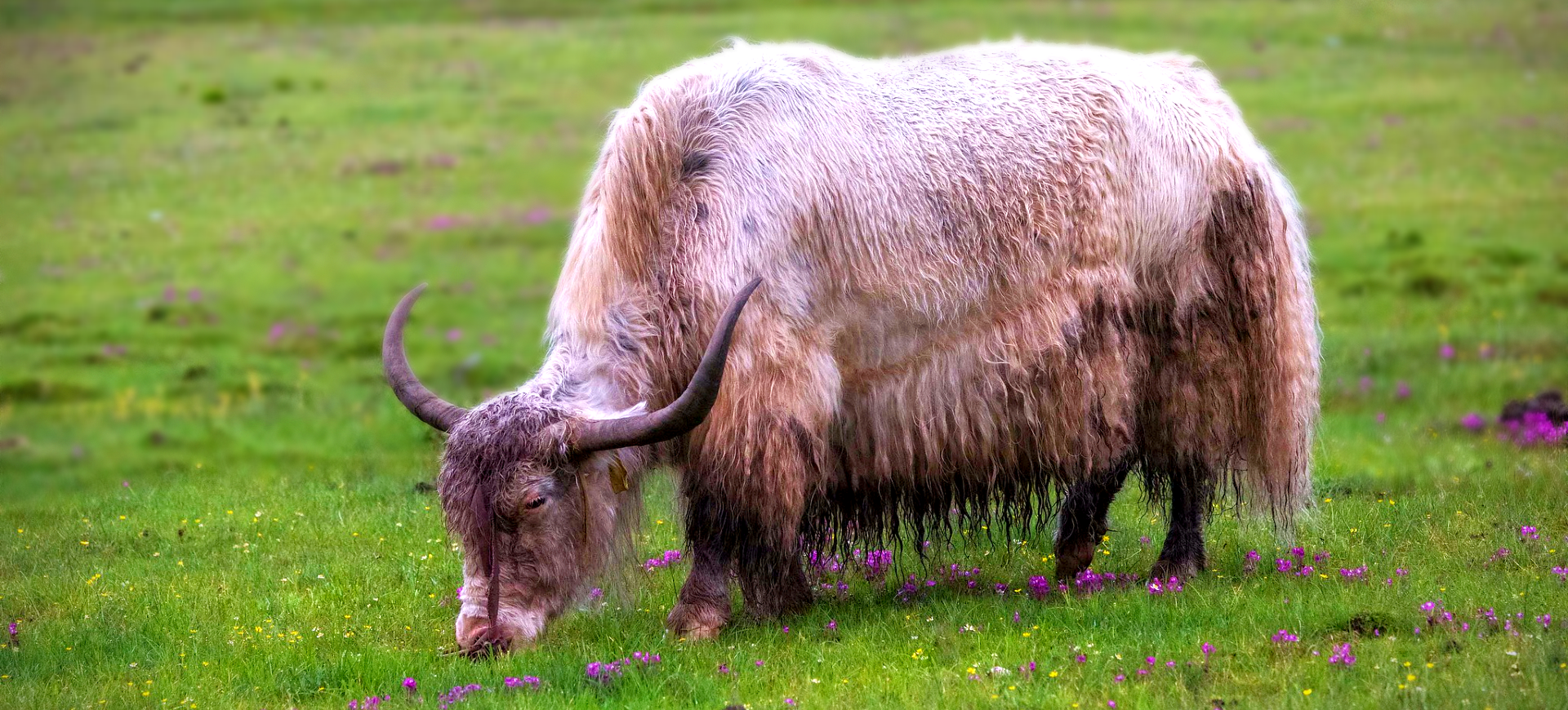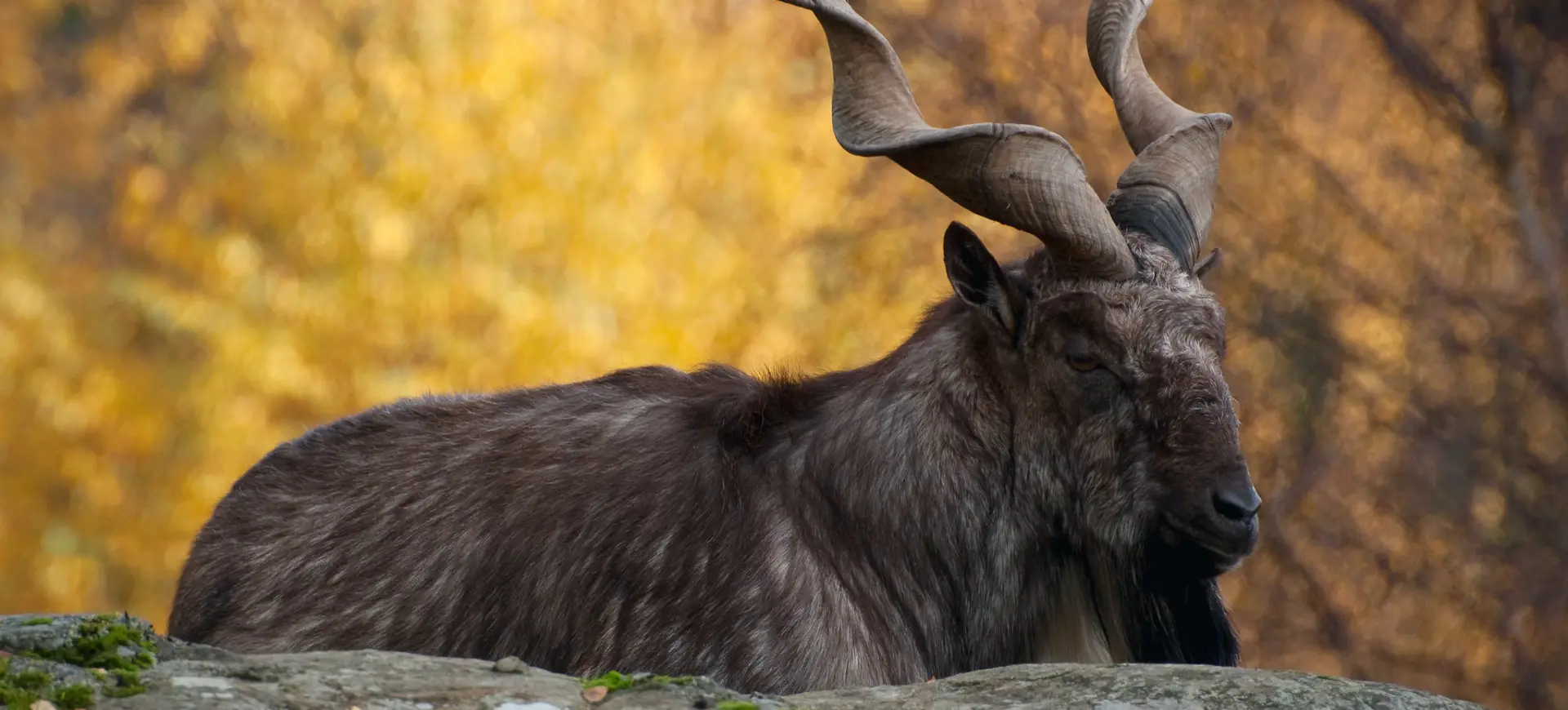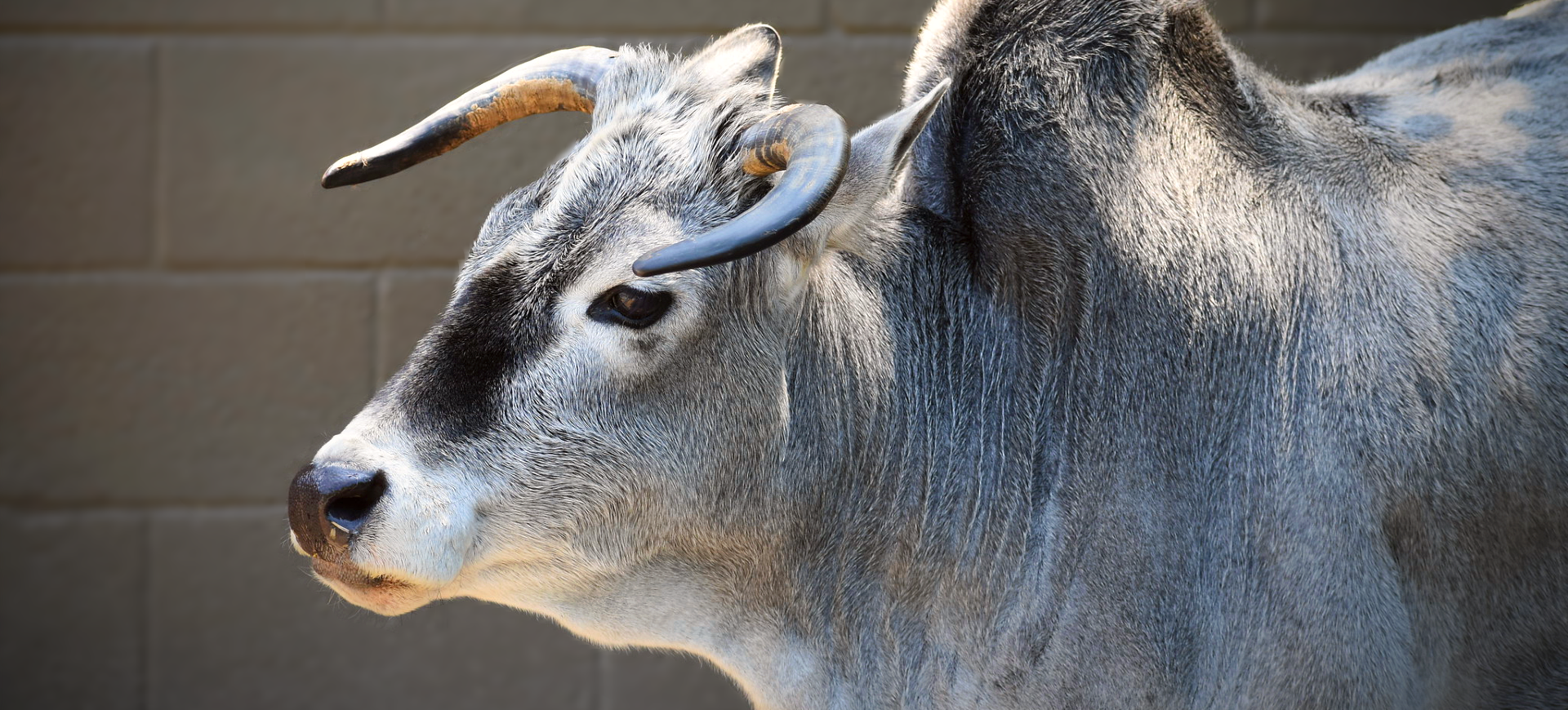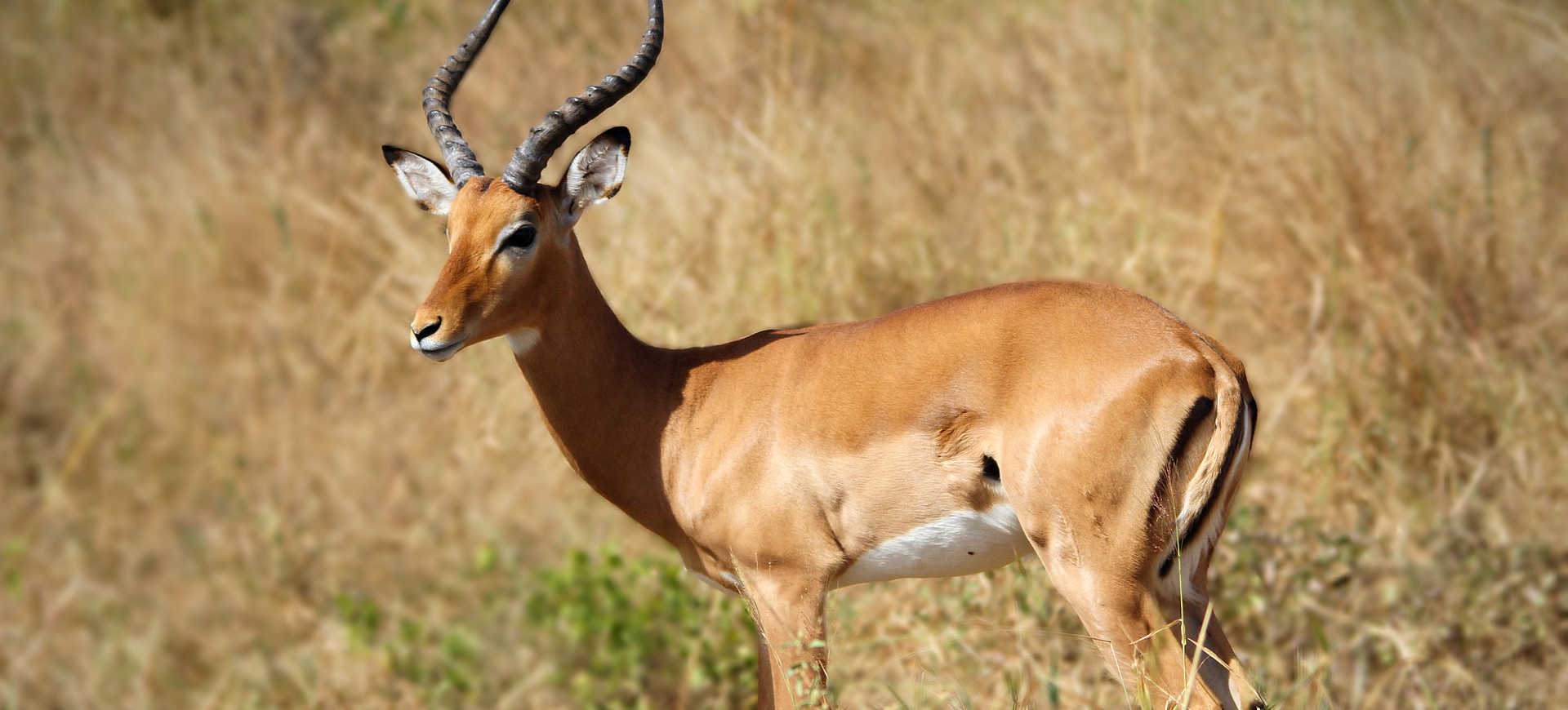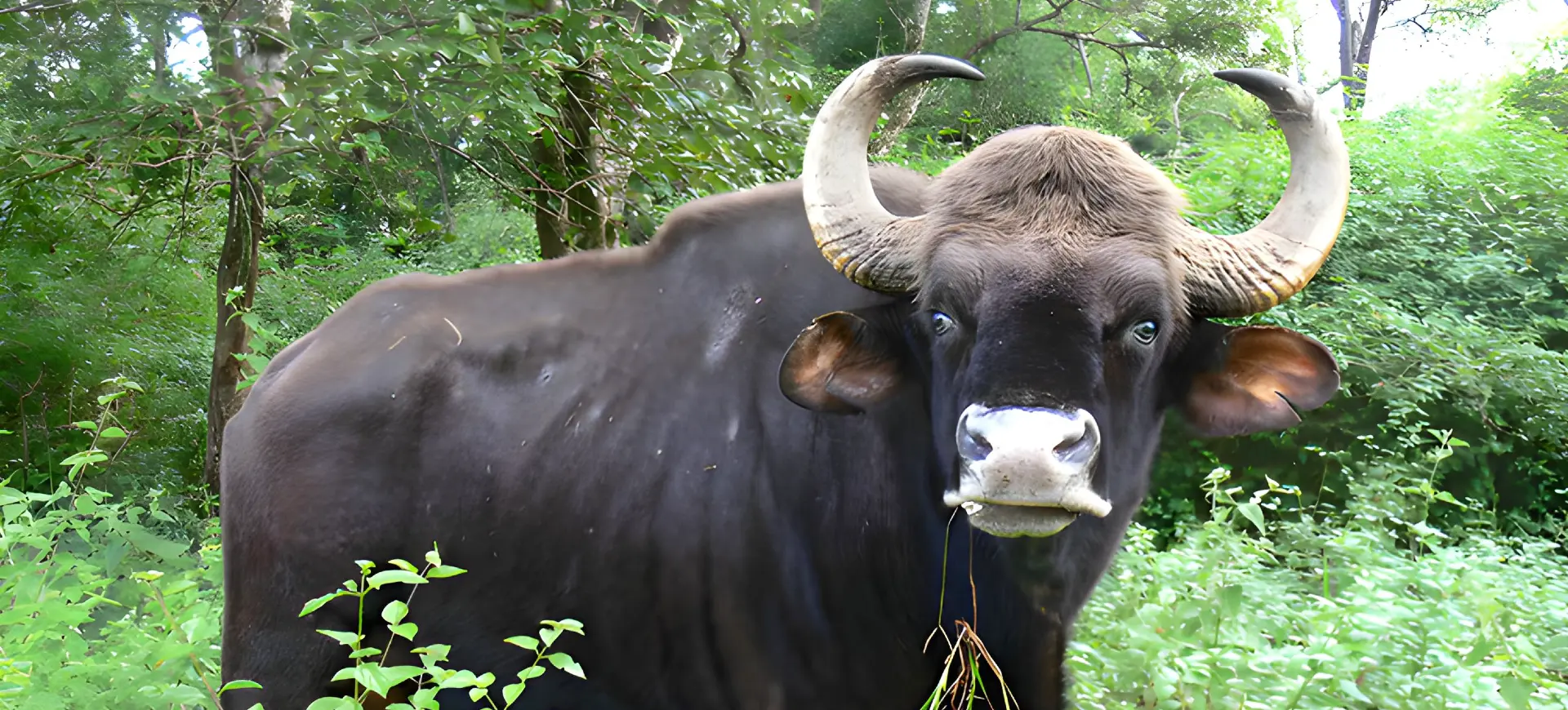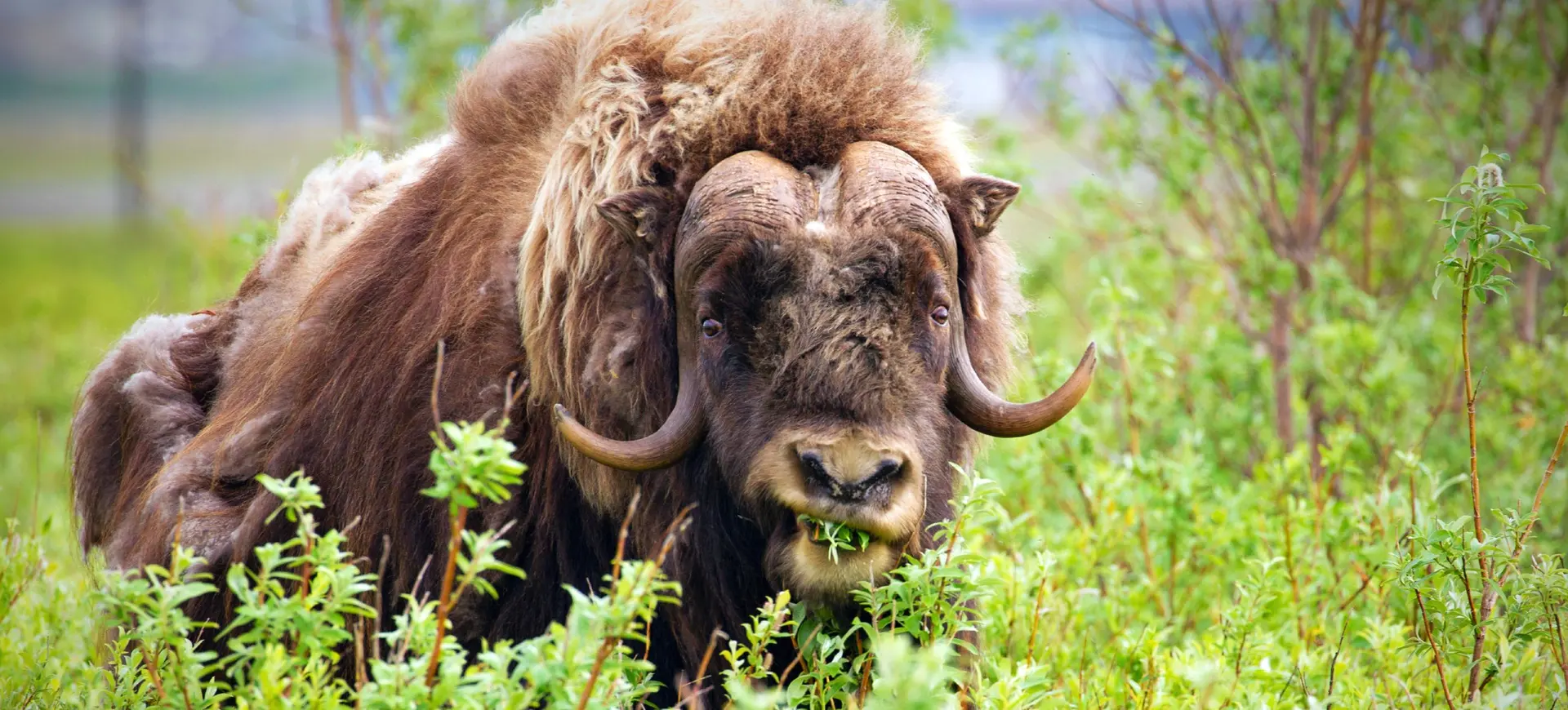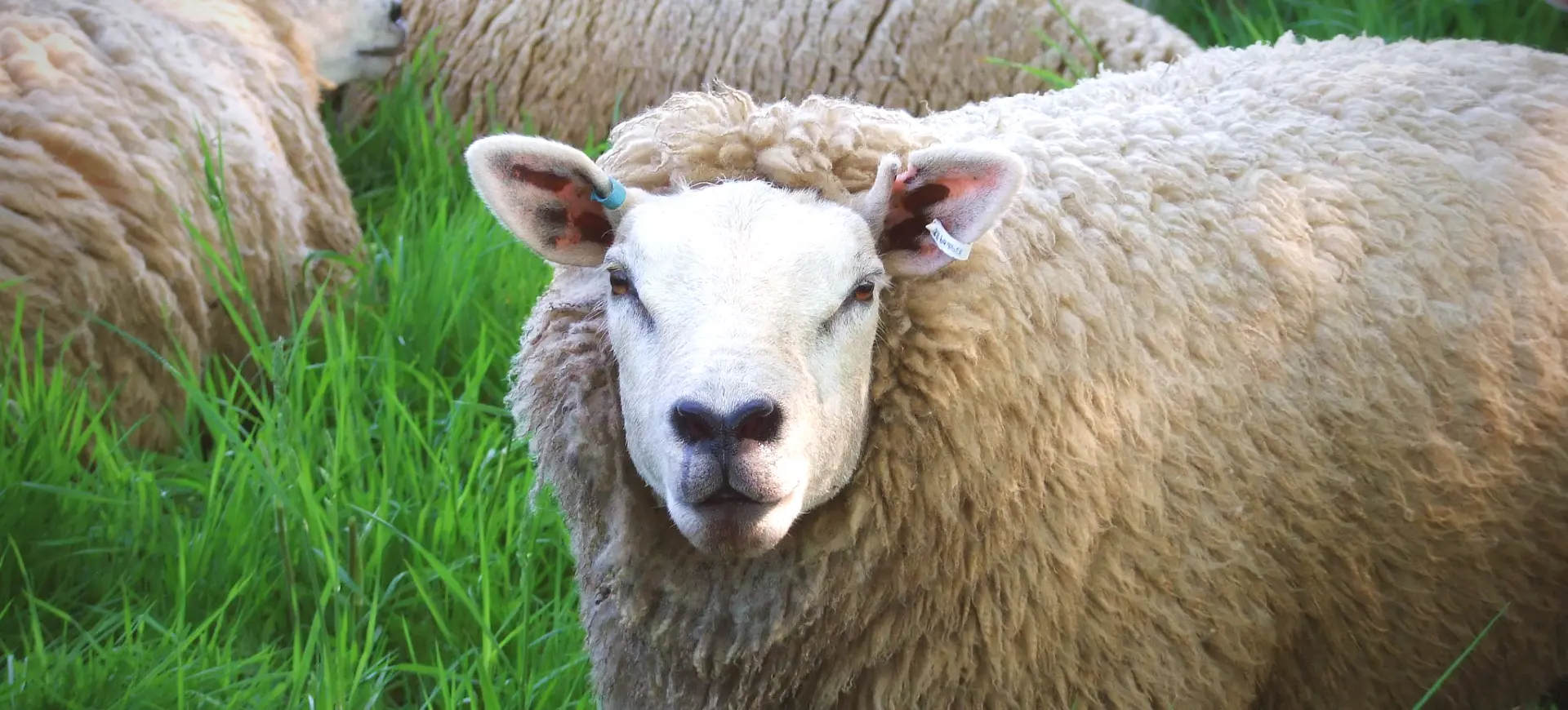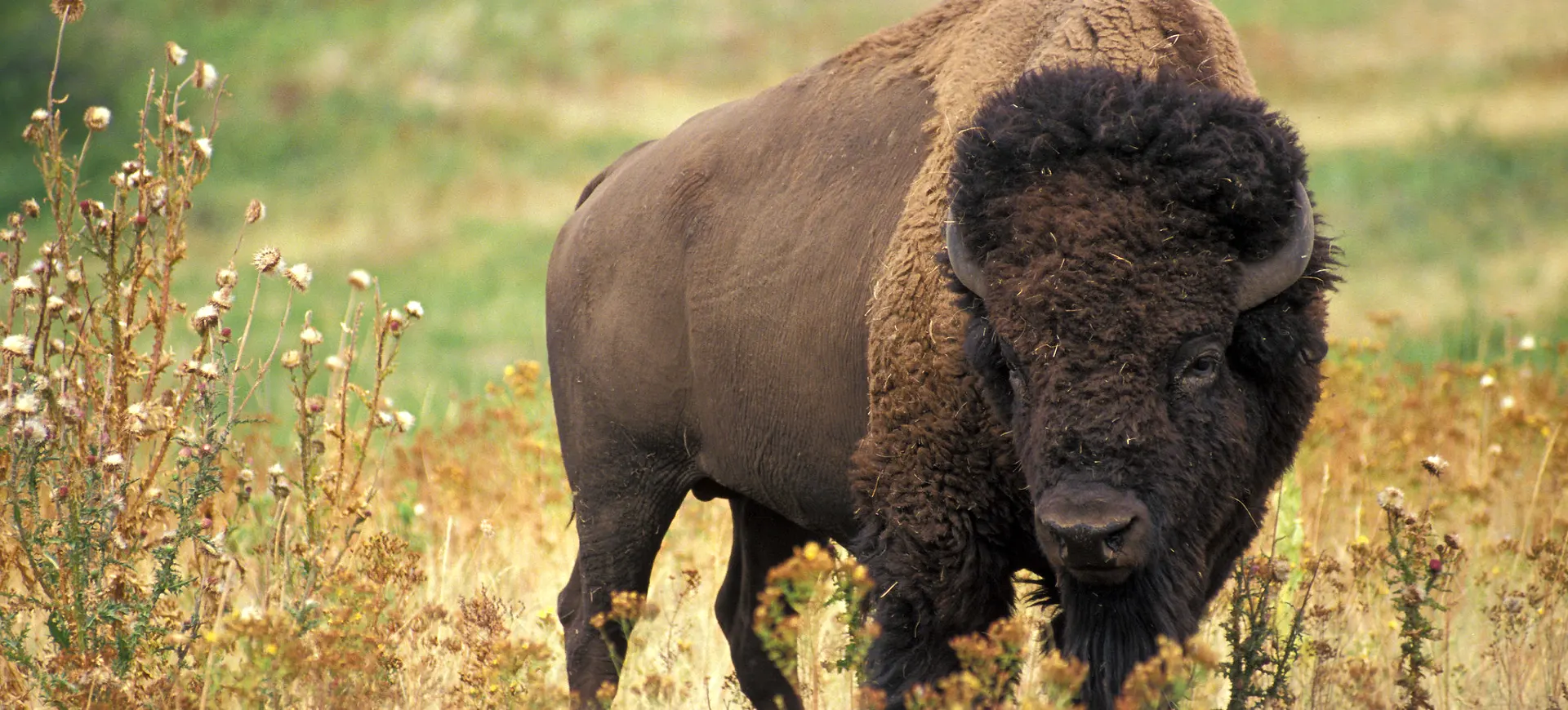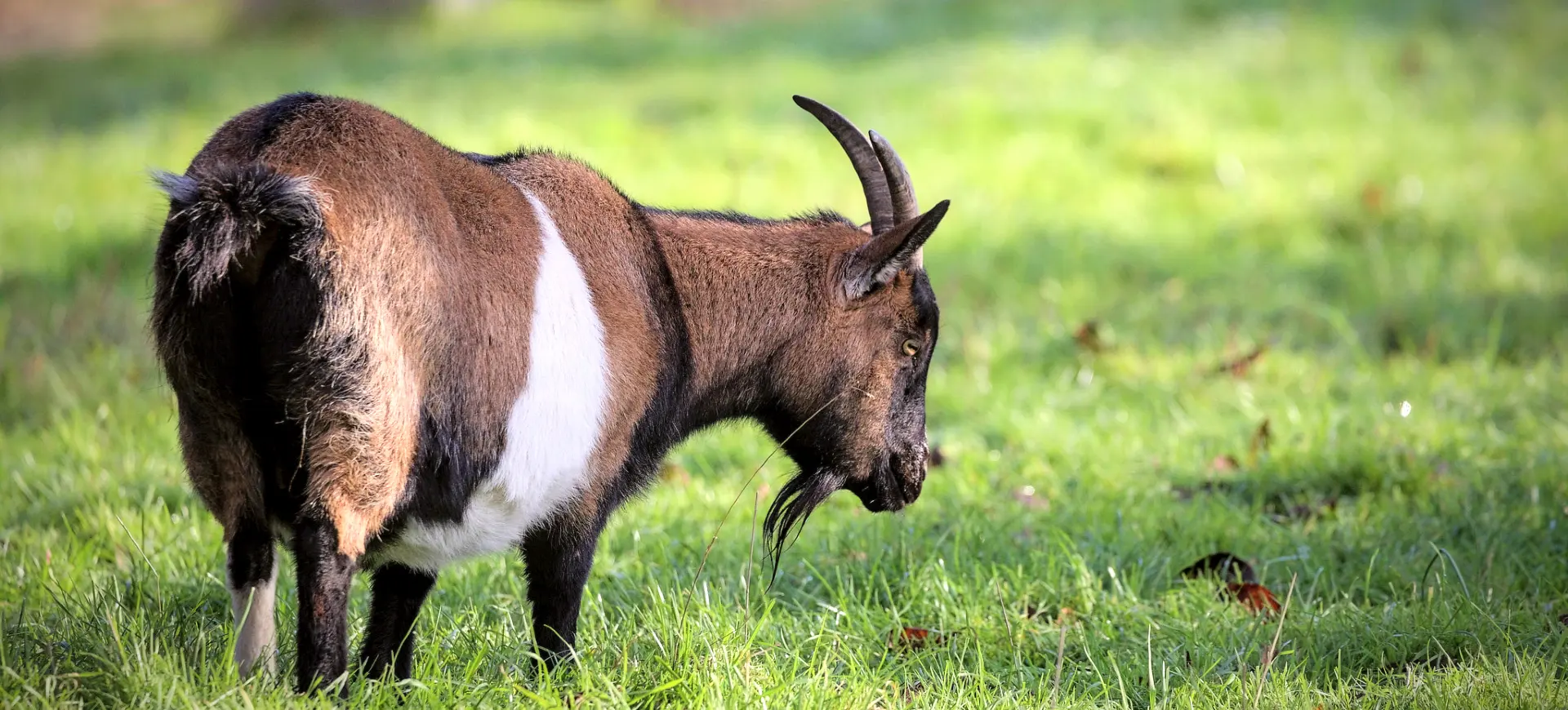Overview
The European Mouflon (Ovis orientalis musimon) is a wild sheep subspecies native to the Mediterranean islands of Corsica and Sardinia, where Neolithic humans introduced it from the Near East. This species is recognized by its strikingly curved horns, reddish-brown coat with a light saddle patch, and white underparts. The European Mouflon has been widely introduced into continental Europe for hunting purposes and now exists in feral populations across Germany, Austria, the Czech Republic, and other countries. They are considered one of the ancestors of modern domestic sheep and retain many primitive traits.
European Mouflon inhabit rugged, rocky hillsides, open forests, and alpine meadows where they graze on grasses, shrubs, and forbs. They are primarily crepuscular, most active during dawn and dusk when they forage and move between feeding sites and resting areas. Males and females form separate groups for much of the year, coming together only during the breeding season. Their agility and excellent climbing ability help them evade predators and navigate steep terrain.
In many areas, European Mouflon have adapted to human-modified landscapes, including managed forests and pastures. Their populations are often carefully managed through regulated hunting and conservation programs to maintain genetic diversity and prevent overgrazing. Mouflon are known for their keen eyesight and wariness, making them a challenging quarry for hunters. Despite their adaptability, hybridization with domestic sheep is a concern for maintaining pure wild genetic lineages.
Taxonomy
Kingdom
Phylum
Class
Order
Family
Genus
Species
Sub Species
Type
Current distribution:
Today, European Mouflon inhabit both their original island ranges and numerous introduced sites across Europe. Large free-ranging populations exist in Germany, Austria, the Czech Republic, Slovakia, Hungary, France, and other countries, often in hunting preserves or protected areas. Smaller established populations also occur in parts of Spain, Switzerland, and the Balkans. These herds were typically introduced for sport hunting and have become naturalized over the course of several decades.
In Corsica and Sardinia, populations remain fragmented but stable, with ongoing conservation efforts aimed at maintaining genetic integrity. Continental populations sometimes interbreed with feral domestic sheep, which can dilute the genetic purity of wild stocks. Some reintroductions have also occurred in areas of historical range to restore ecological balance. Overall, the species occupies a broad and expanding distribution within Europe.
Physical Description:
European Mouflon males are notable for their large, spiraled horns that curve outward, backward, and then forward at the tips, which can exceed 30 inches (76 cm) in length. Females generally have much smaller horns or may lack them entirely, and they display a more slender body shape. Their summer coat is a short, sleek reddish-brown with a distinct light saddle patch on the back and white markings on the belly, muzzle, and inner legs. In winter, the coat becomes thicker and darker, providing better insulation against cold conditions.
Adult males, known as rams, possess a mane of longer hair along the neck and chest, especially prominent in the breeding season. The horns of rams have pronounced ridges that indicate age and growth history. Both sexes have a short tail and sturdy, cloven hooves adapted to rugged, rocky terrain. Mouflon have a robust, muscular build that supports their agile climbing and quick sprints when threatened.

Lifespan: Wild: ~12 Years || Captivity: ~20 Years

Weight: Male: 77–121 lbs (35–55 kg) || Female: 55–88 lbs (25–40 kg)

Length: Male: 47–59 in (120–150 cm) || Female: 43–55 in (110–140 cm)

Height: Male: 26–35 in (66–90 cm) || Female: 24–33 in (61–84 cm)

Top Speed: 31 mph (50 km/h)
Characteristic:
Native Habitat:
The European Mouflon’s native habitat consists of rocky slopes, shrublands, and open forests in Corsica and Sardinia, where the terrain offers both grazing opportunities and cover. These environments are characterized by Mediterranean vegetation, including maquis scrub, oak woodlands, and alpine pastures. Mouflon prefer habitats that combine open feeding areas with rugged outcrops for shelter and predator avoidance. Elevations range from coastal hills to mountain plateaus above 5,000 feet (1,500 meters).
Introduced populations in continental Europe occupy deciduous and mixed forests, interspersed with grasslands and clearings. Managed hunting estates and reserves often create mosaics of open fields and wooded cover to support viable herds. Mouflon adapt readily to different substrates, from rocky limestone hills to loamy forest soils. In many areas, forest management practices maintain early successional habitats that promote forage availability.
Climate Zones:
Biogeographical Realms:
Continents:
Countries:
Diet:
Diet & Feeding Habits:
European Mouflon are herbivorous grazers, primarily consuming a diet of grasses, herbs, and shoots found in open woodlands and alpine meadows. In winter, they supplement their diet with woody browse, lichens, and mosses when fresh vegetation is scarce. They prefer diverse plant communities and will travel across rugged terrain to access nutrient-rich foraging sites. Seasonal migrations between higher and lower elevations help them exploit available food resources year-round.
Foraging usually occurs during the cooler hours of dawn and dusk to avoid heat and disturbance. Their specialized, chambered stomach efficiently digests fibrous plant material through fermentation. Mouflon often graze in groups for increased vigilance against predators while feeding. Salt licks and mineral-rich soils are frequently visited to supplement essential nutrients lacking in their diet.
Mating Behavior:
Mating Description:
European Mouflon are polygynous, with mature rams competing for access to groups of ewes during the rut, which occurs primarily in autumn. Males engage in dramatic horn clashes to establish dominance and breeding rights, often resulting in visible horn damage and scars—the victorious ram mates with multiple females in his harem during the short breeding season. Mating displays include low grunts, scent marking, and ritualized posturing.
Ewes typically give birth to one or two lambs in spring after a gestation period lasting approximately 5 months. Births occur in secluded, sheltered areas where lambs can remain hidden from predators in the first days of life. The young are precocial and able to stand and follow their mothers within hours of birth. Females rejoin larger flocks after the lambs are strong enough to keep up with the group.
Reproduction Season:
Birth Type:
Pregnancy Duration:
Female Name:
Male Name:
Baby Name:
Social Structure Description:
Outside the breeding season, rams and ewes form separate groups known as bachelor herds and ewe-lamb flocks, respectively. Bachelor groups usually consist of males of similar age and size, which helps reduce conflict outside the rut. Ewe groups are structured around kinship, with adult females and their offspring staying together for much of the year. During the rut, rams join the ewe flocks, temporarily breaking up bachelor herds.
Social hierarchies are well-established, with dominant rams securing breeding rights and subordinate males deferring or dispersing. Communication relies on visual signals, vocalizations, and scent marking to convey social status and reproductive readiness. Young males gradually leave maternal groups to join bachelor herds as they mature. Group living provides benefits in predator detection and resource location across challenging terrain.
Groups:
Conservation Status:
Population Trend:
European Mouflon populations in Corsica and Sardinia are considered the most genetically representative of the original wild stocks. These insular populations are closely monitored to prevent hybridization and maintain genetic health. Introduced populations on the mainland are widespread and often numerically robust due to active management for both hunting and conservation purposes. In many areas, regulated harvest quotas ensure that herds do not exceed the carrying capacity of their habitats.
Some populations are expanding their range through natural dispersal into adjacent forested and mountainous areas. Genetic studies have confirmed varying degrees of introgression from domestic sheep, particularly in unmanaged herds. In areas with effective management and habitat conservation, population stability has been maintained over decades. Overall, the species is secure with no imminent large-scale threats to its persistence.
Population Threats:
Hybridization with domestic and feral sheep remains one of the most significant long-term threats to genetic integrity, especially on islands and in unmanaged populations. Habitat fragmentation due to land development and infrastructure can isolate herds and reduce genetic exchange. Illegal poaching occasionally occurs, but it is generally low due to effective enforcement and strict hunting regulations. In some regions, overgrazing by large herds can lead to habitat degradation and conflicts with forestry interests.
Predation by wolves and lynx can impact lamb survival locally, though predation pressure varies regionally. Disease transmission from domestic livestock, including parasites and viral infections, represents an ongoing management challenge. Climate change may alter vegetation composition and water availability in Mediterranean habitats. Despite these concerns, robust management frameworks help mitigate most threats to viable populations.
Conservation Efforts:
Active conservation measures include habitat protection, genetic monitoring, and population management through regulated hunting programs. In Corsica and Sardinia, efforts focus on maintaining genetic purity by preventing hybridization and carefully managing population densities. Many European countries have established hunting regulations and closed seasons to ensure sustainable harvests. Education programs promote awareness of mousetail ecology and conservation importance.
Reintroductions and translocations have restored Mouflon to historical ranges, improving ecological diversity and hunting opportunities. In several countries, captive breeding programs maintain insurance populations and provide individuals for reintroduction. Habitat enhancement projects maintain open meadows and forest mosaics critical for foraging and lambing. Overall, conservation efforts have successfully stabilized and expanded Mouflon populations across Europe.
Additional Resources:
Fun Facts
- European Mouflon is considered one of the ancestors of domestic sheep.
- Males can grow horns over 30 inches (76 cm) long.
- Their rutting clashes can be heard echoing across mountain valleys.
- They were introduced to continental Europe as early as the 18th century.
- Mouflon lambs can stand and walk within minutes of birth.
- They have excellent eyesight adapted to spotting predators at a distance.
- The light saddle patch on males is a distinctive field mark.
- Their scientific name means “oriental sheep” reflecting Near Eastern origins.
- Mouflon can thrive in both Mediterranean scrub and temperate forests.
- Genetic studies help manage hybridization with domestic sheep.

